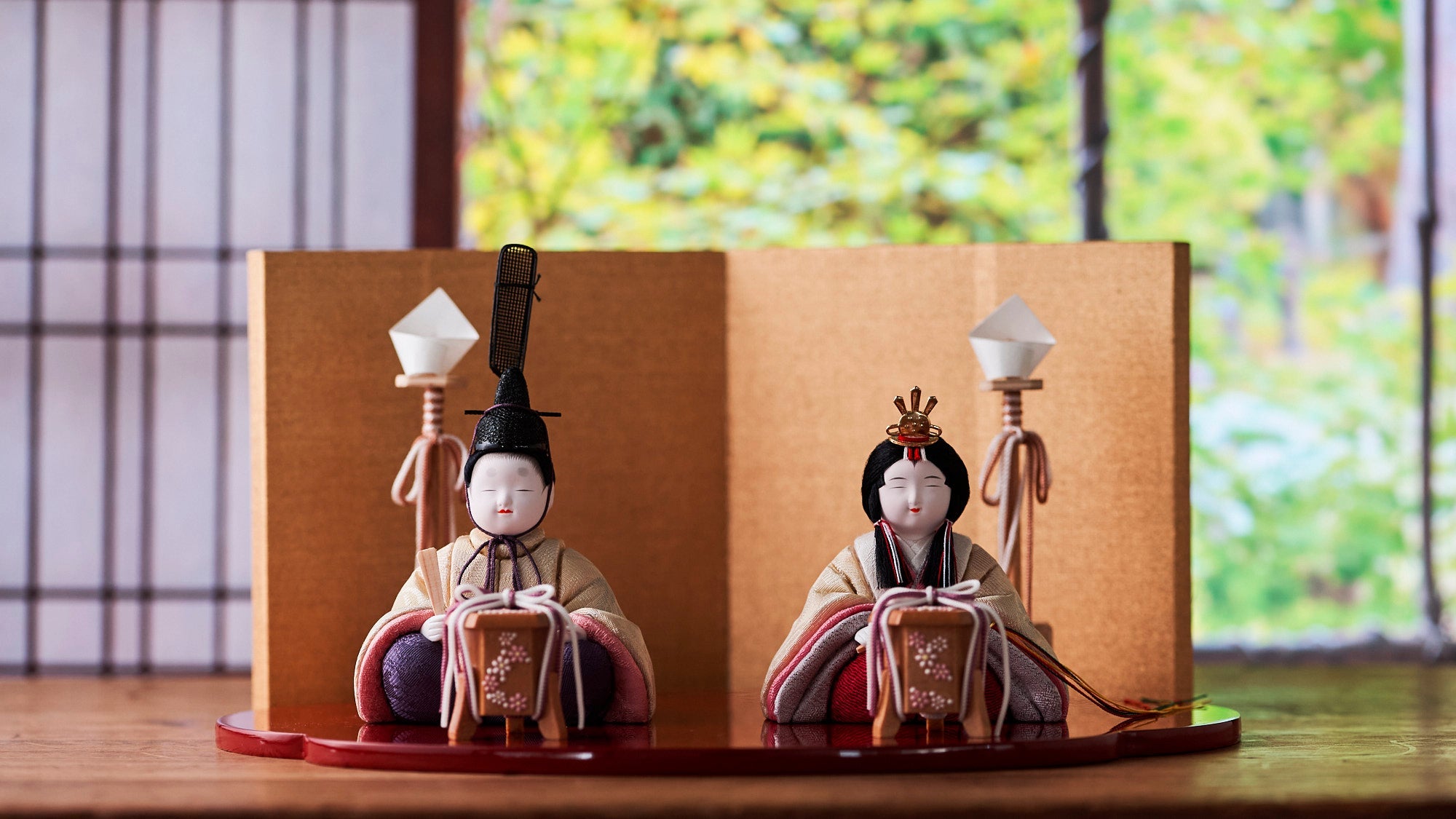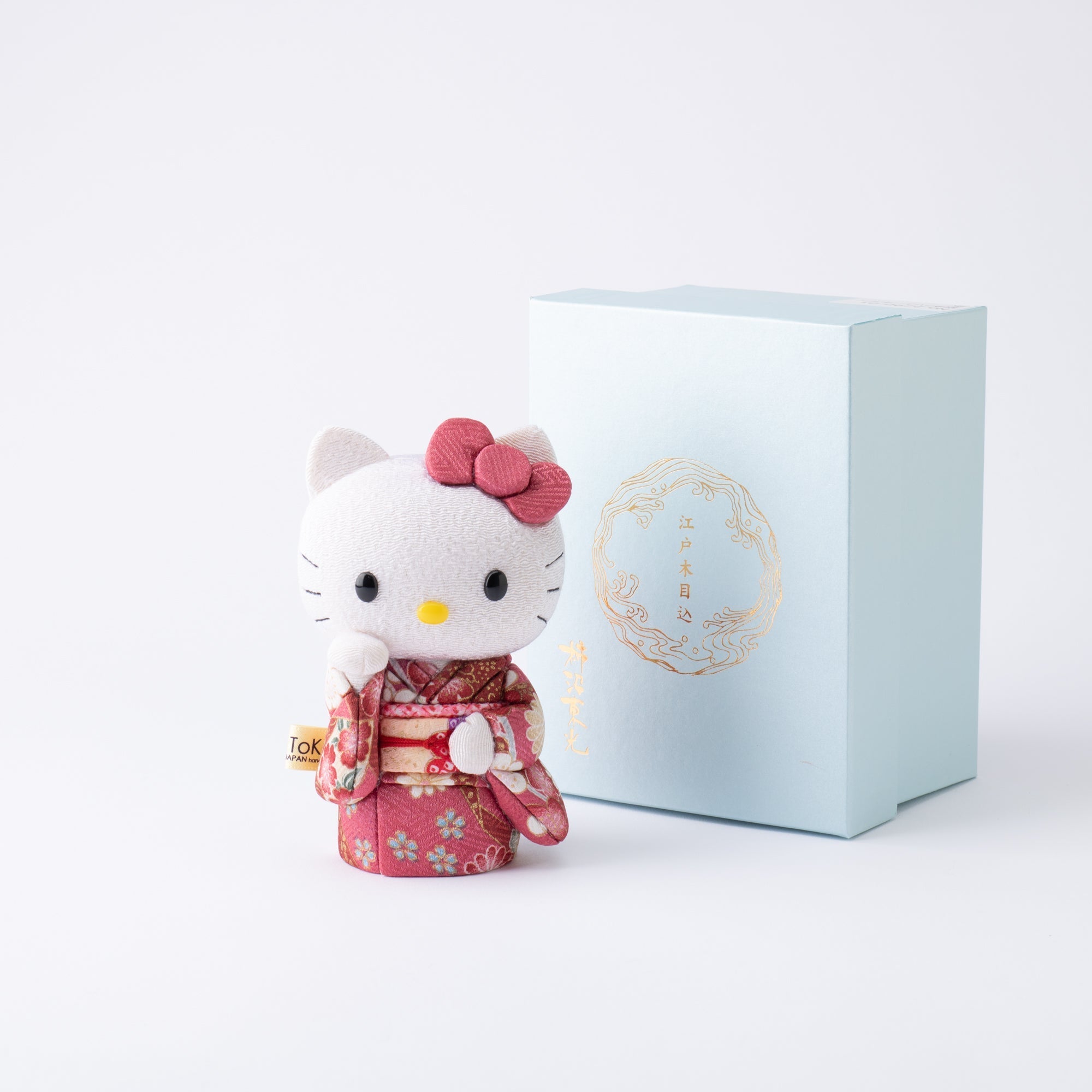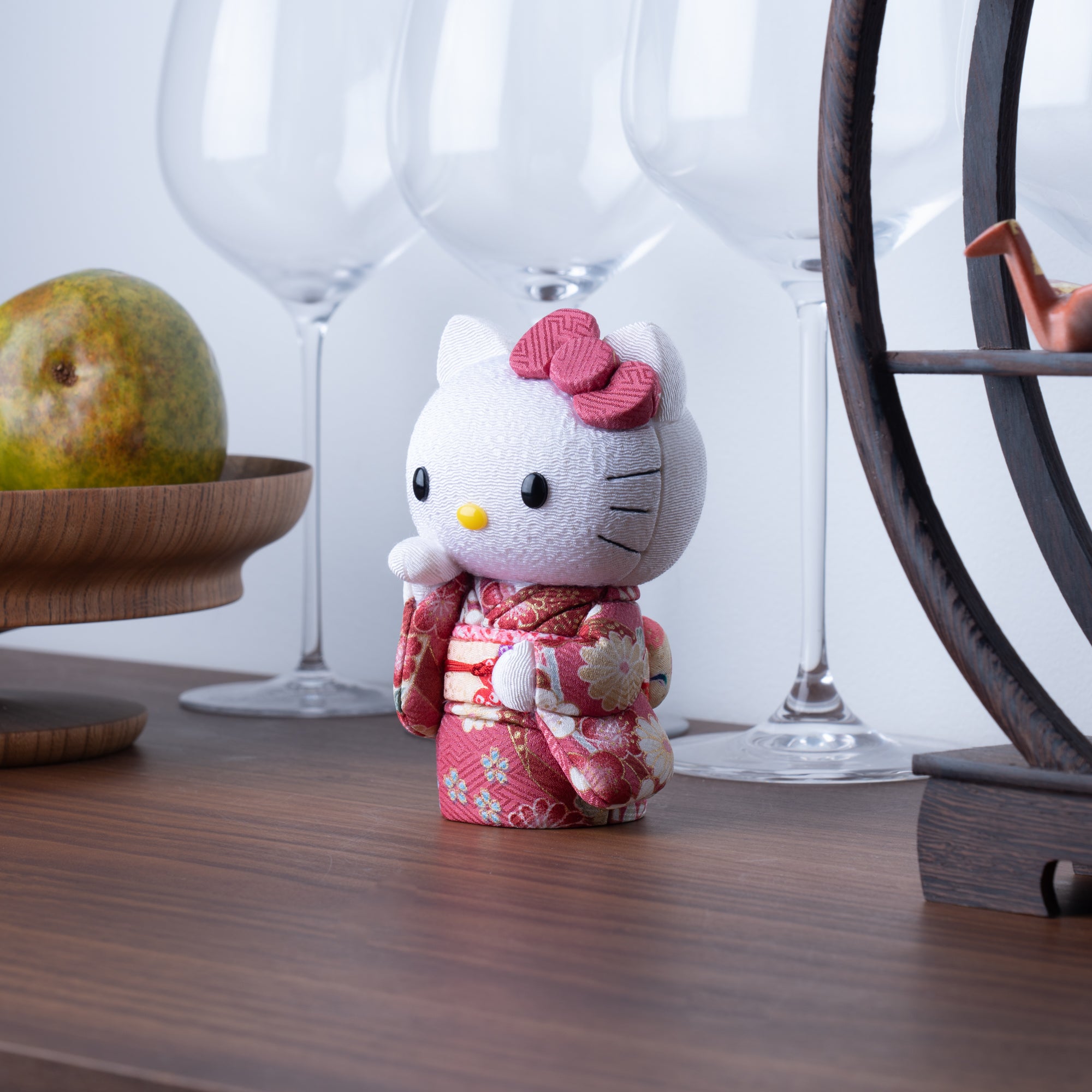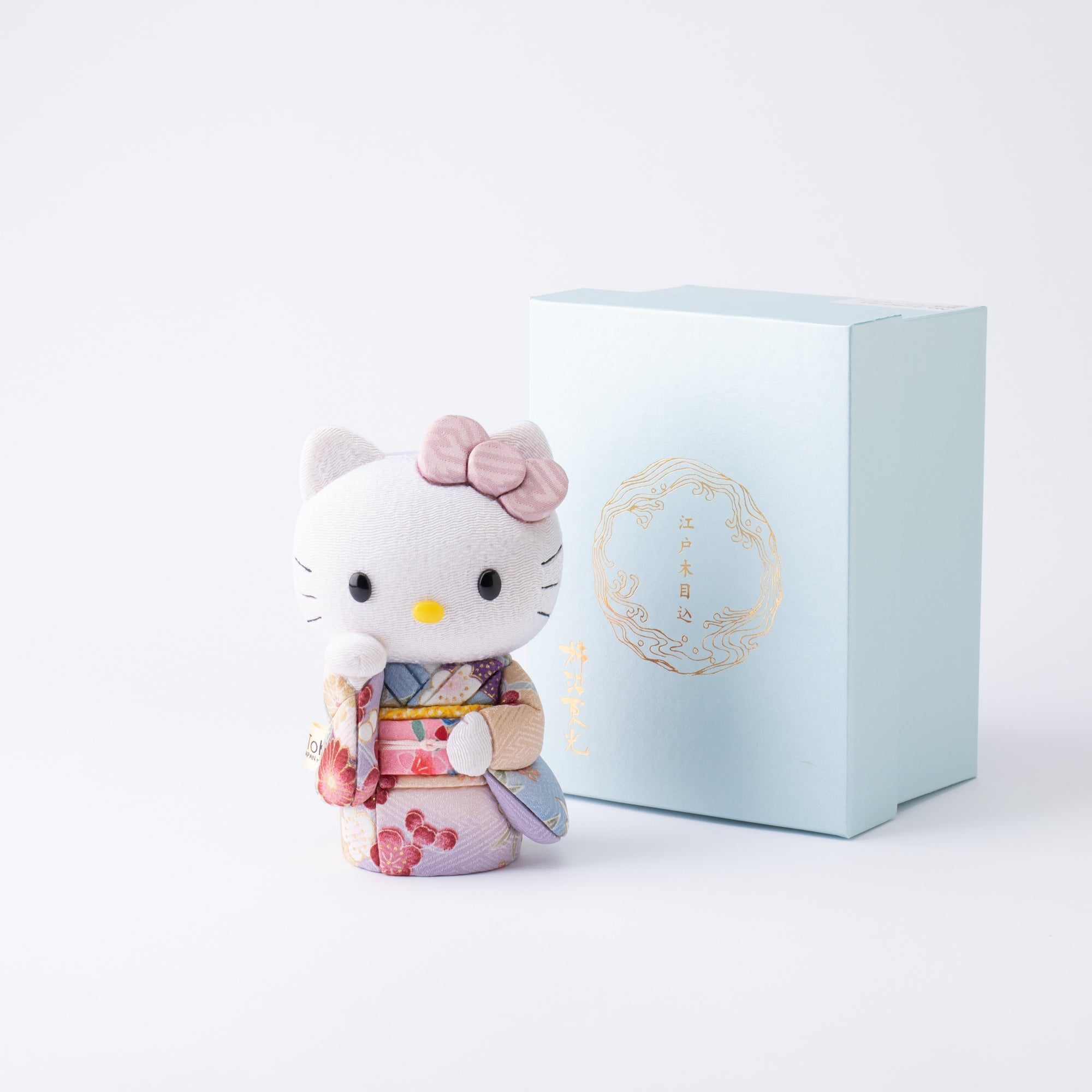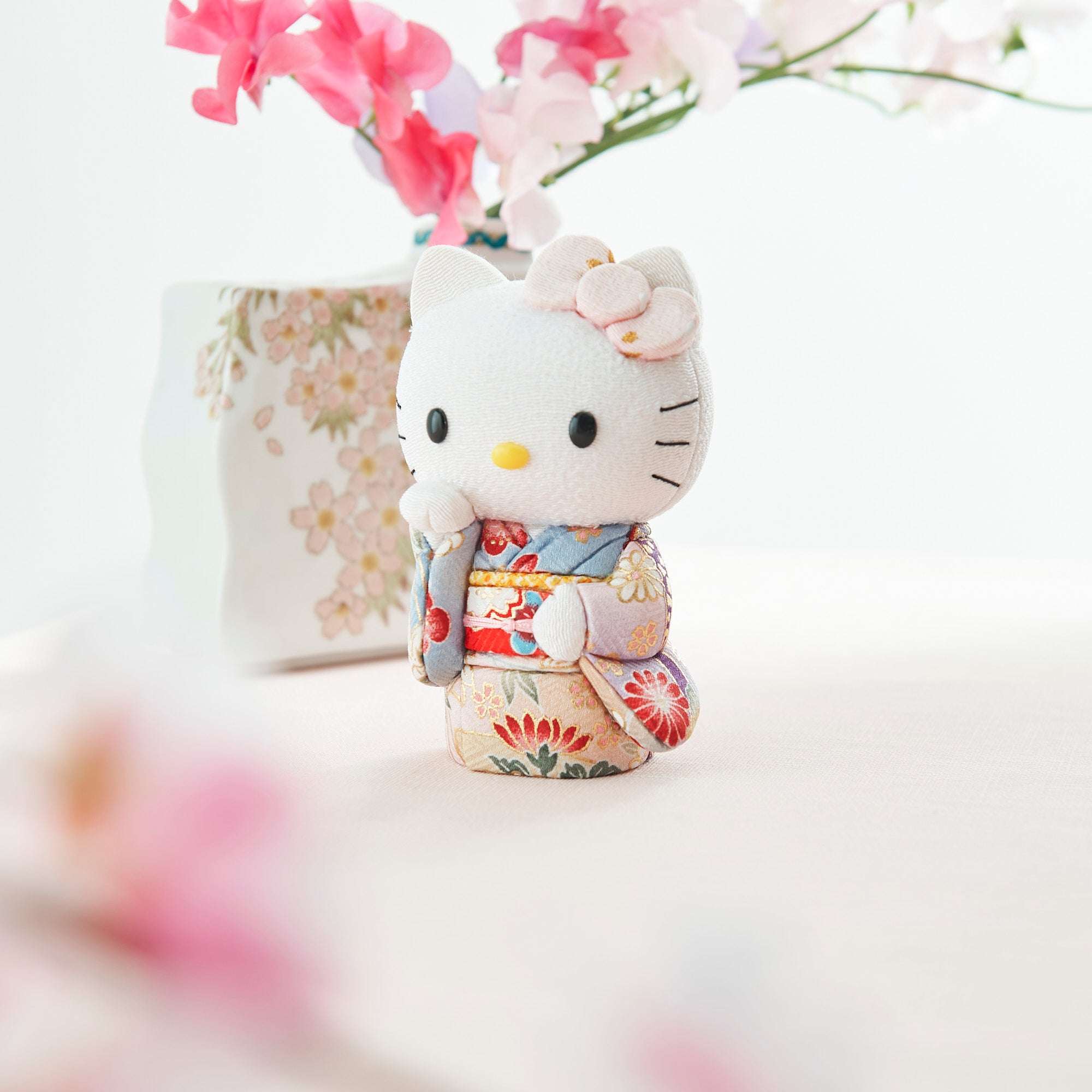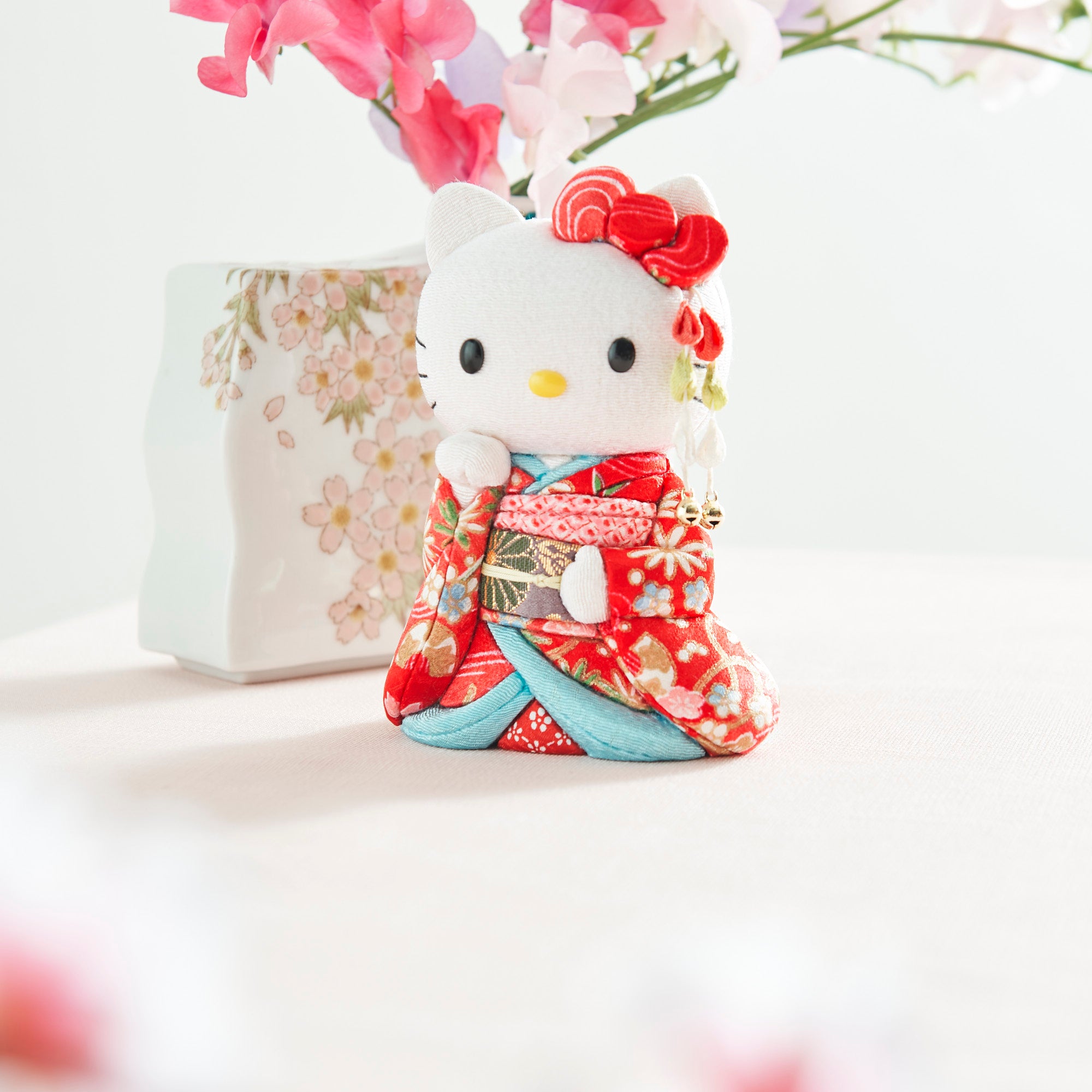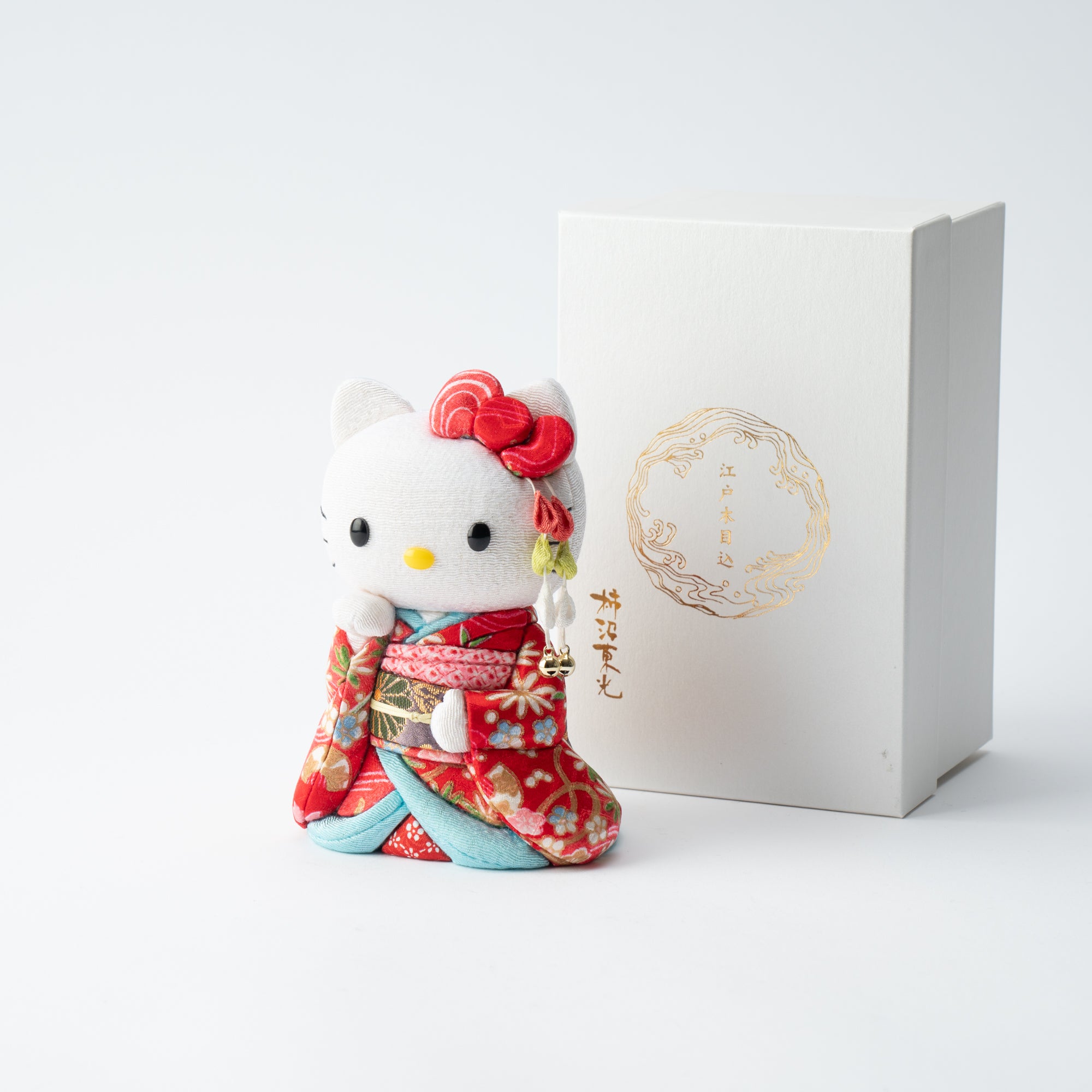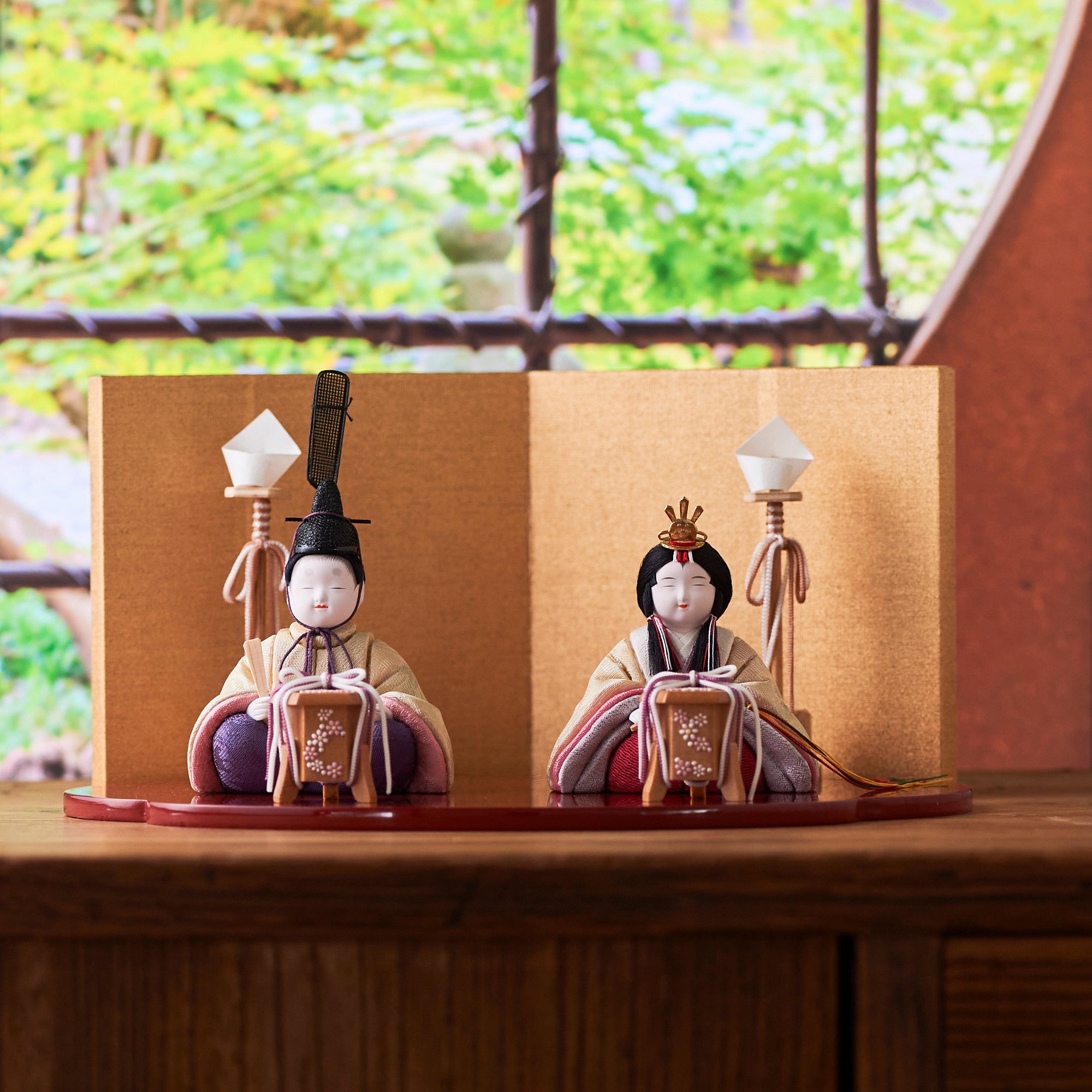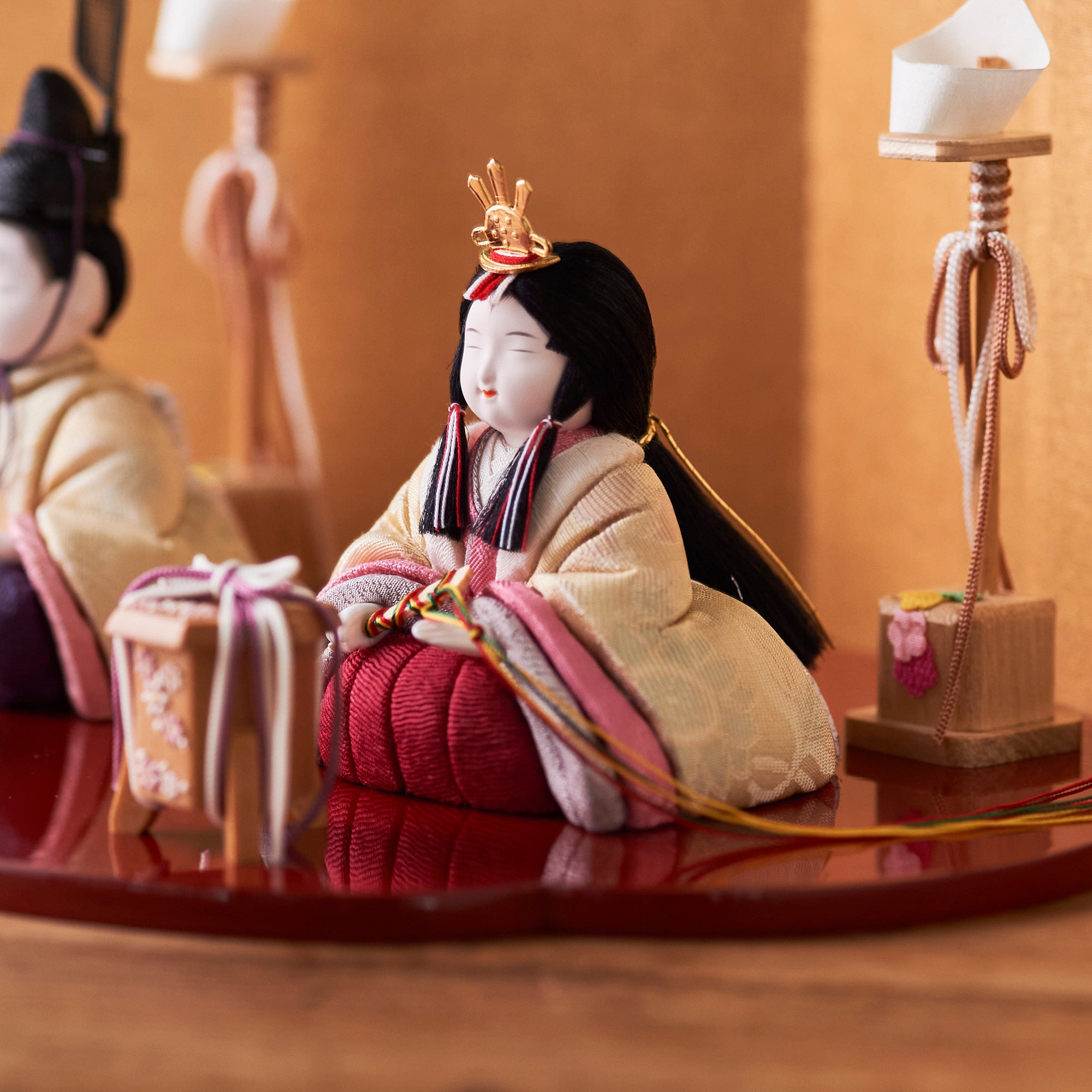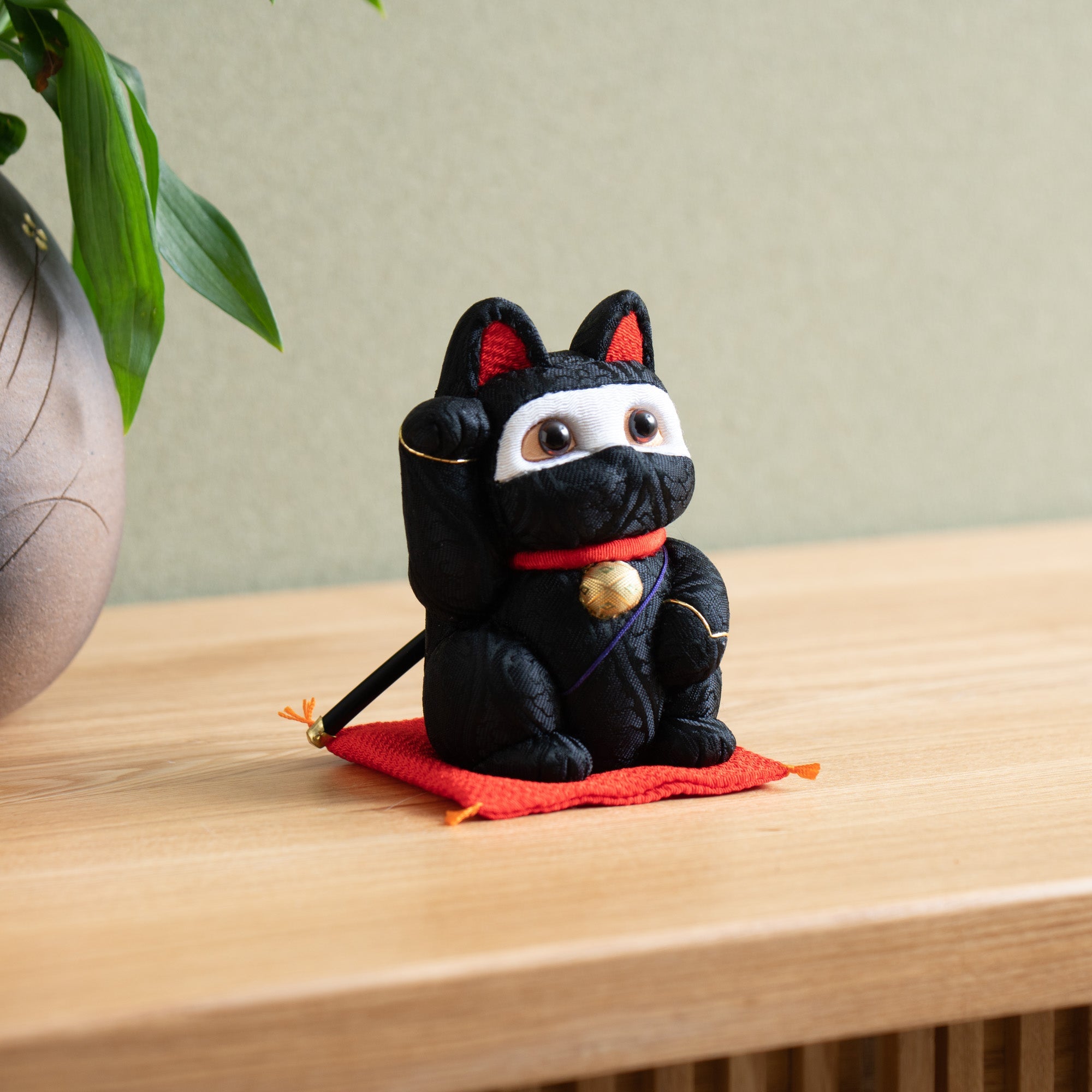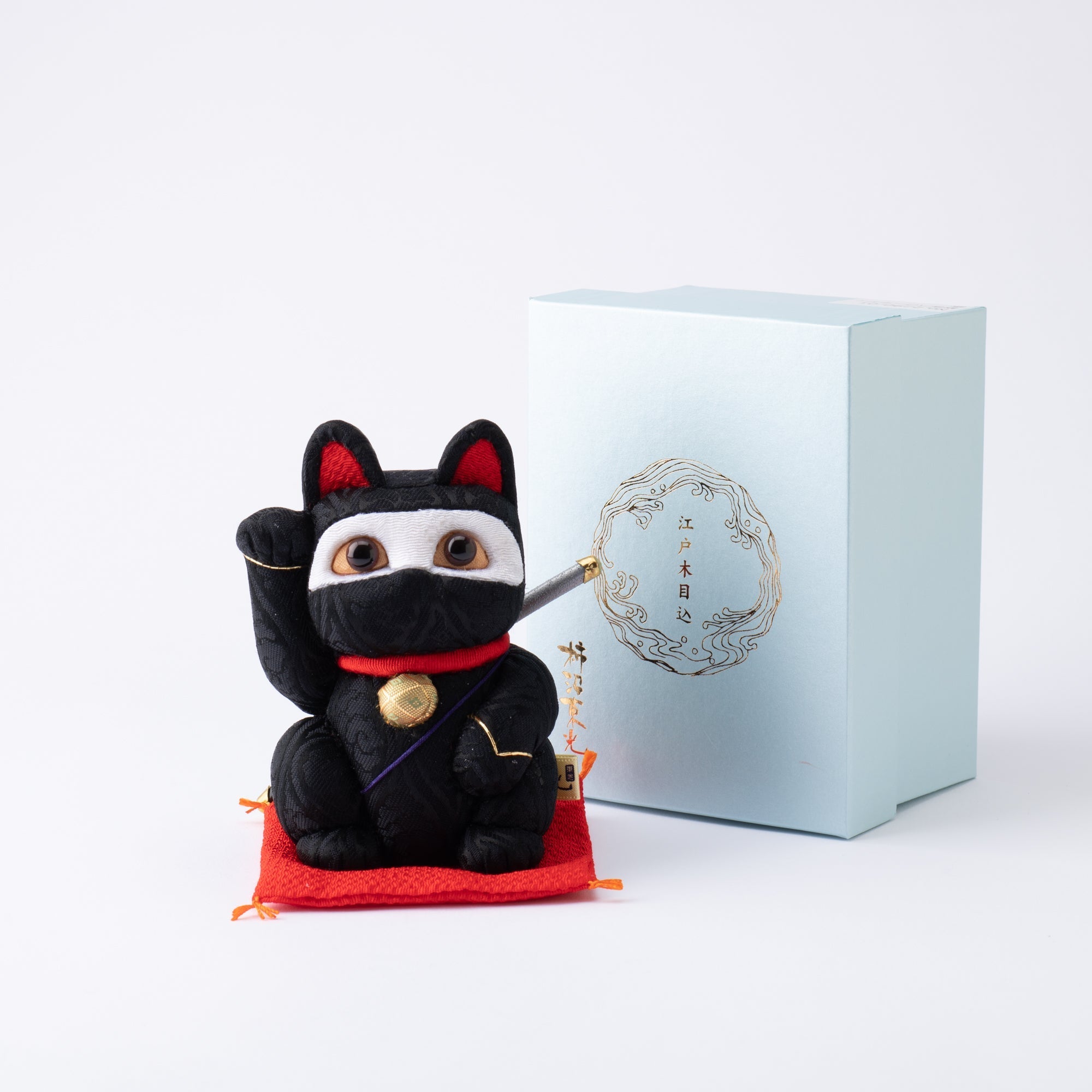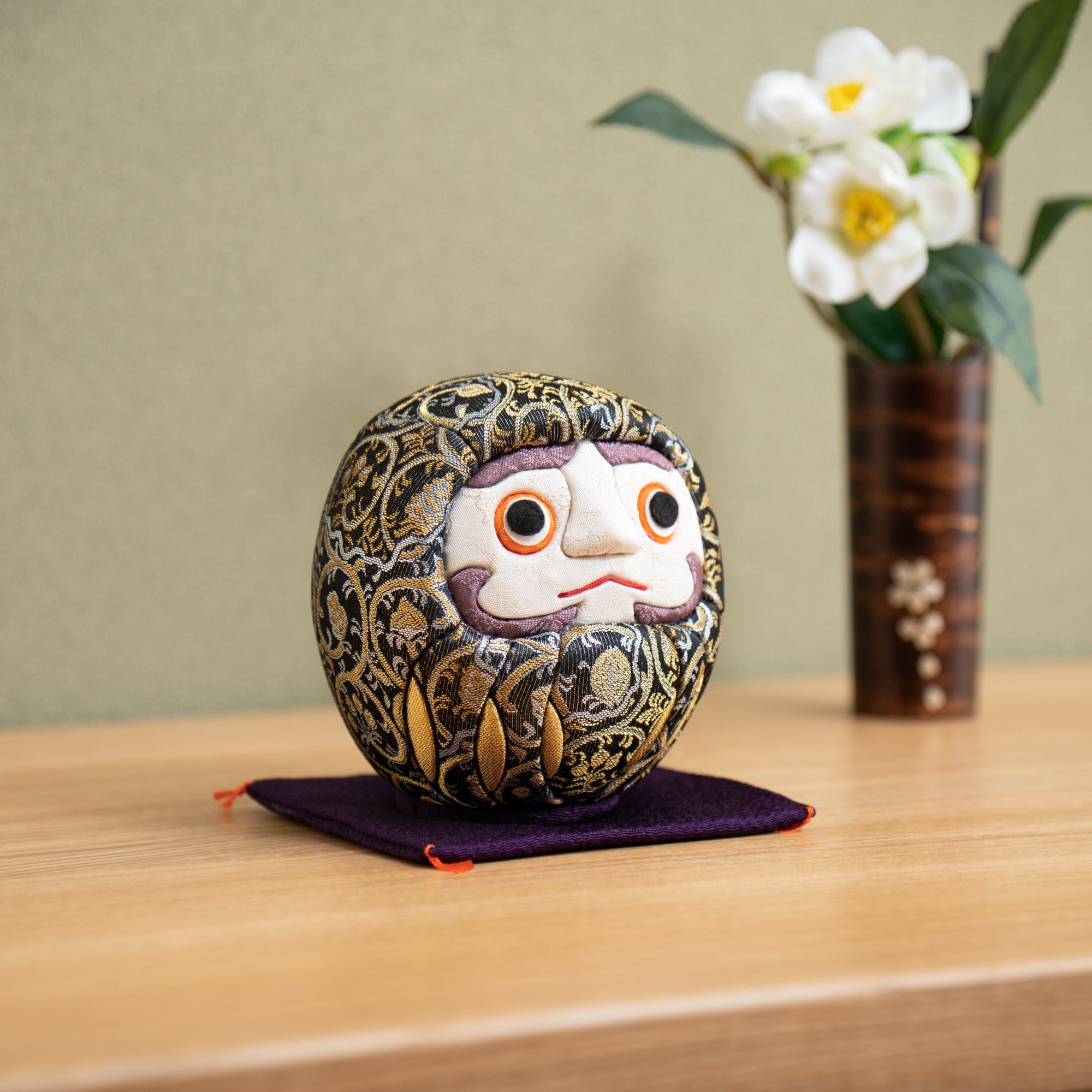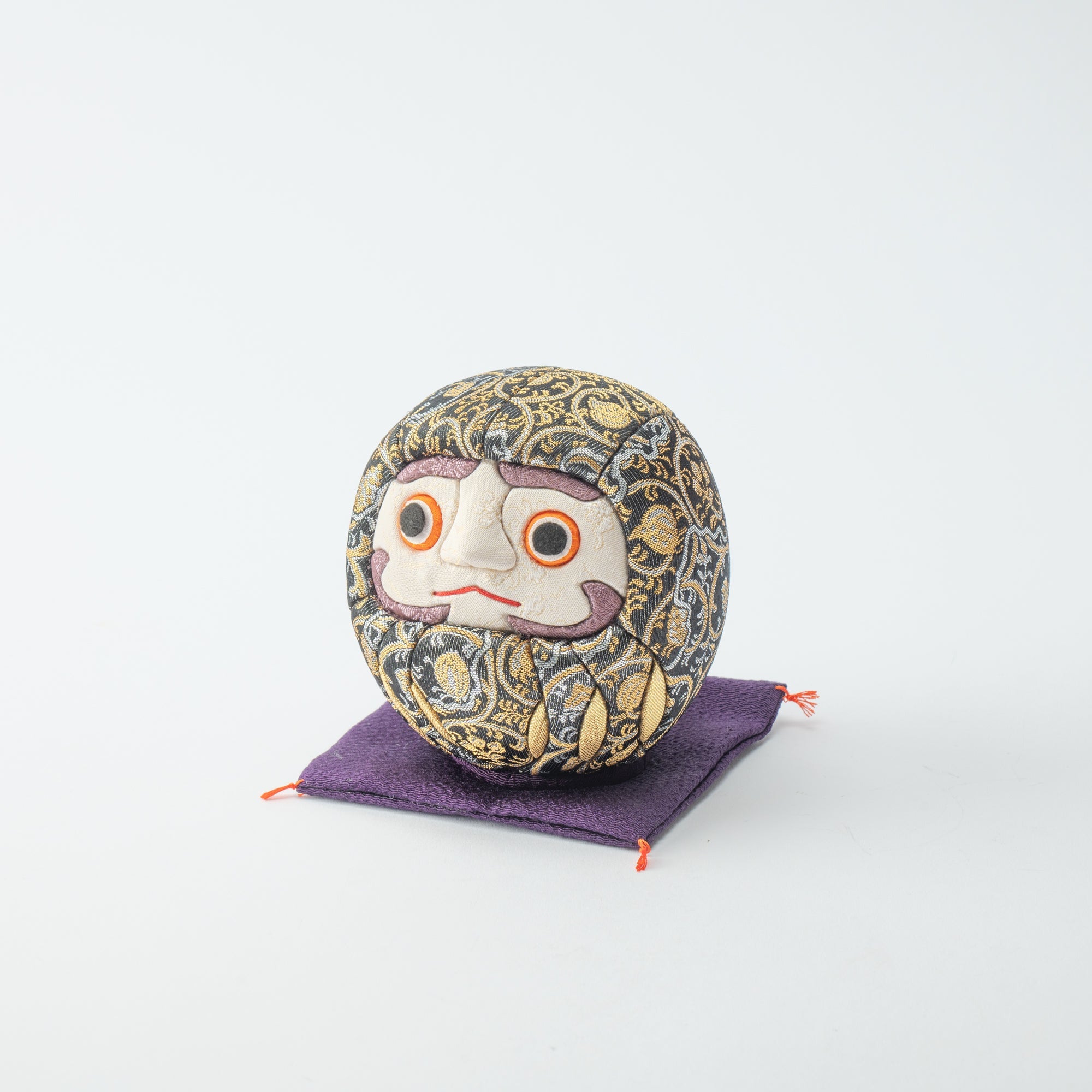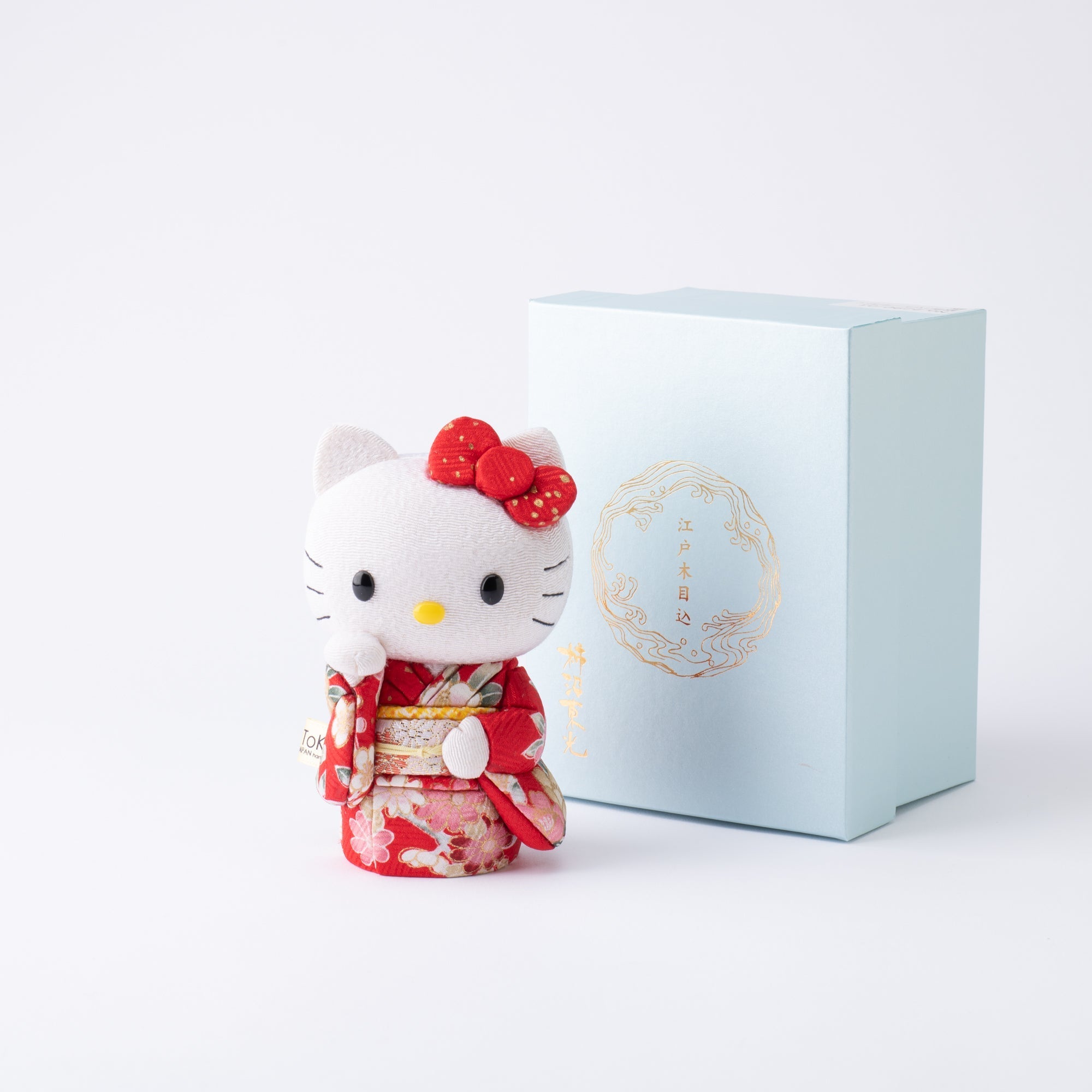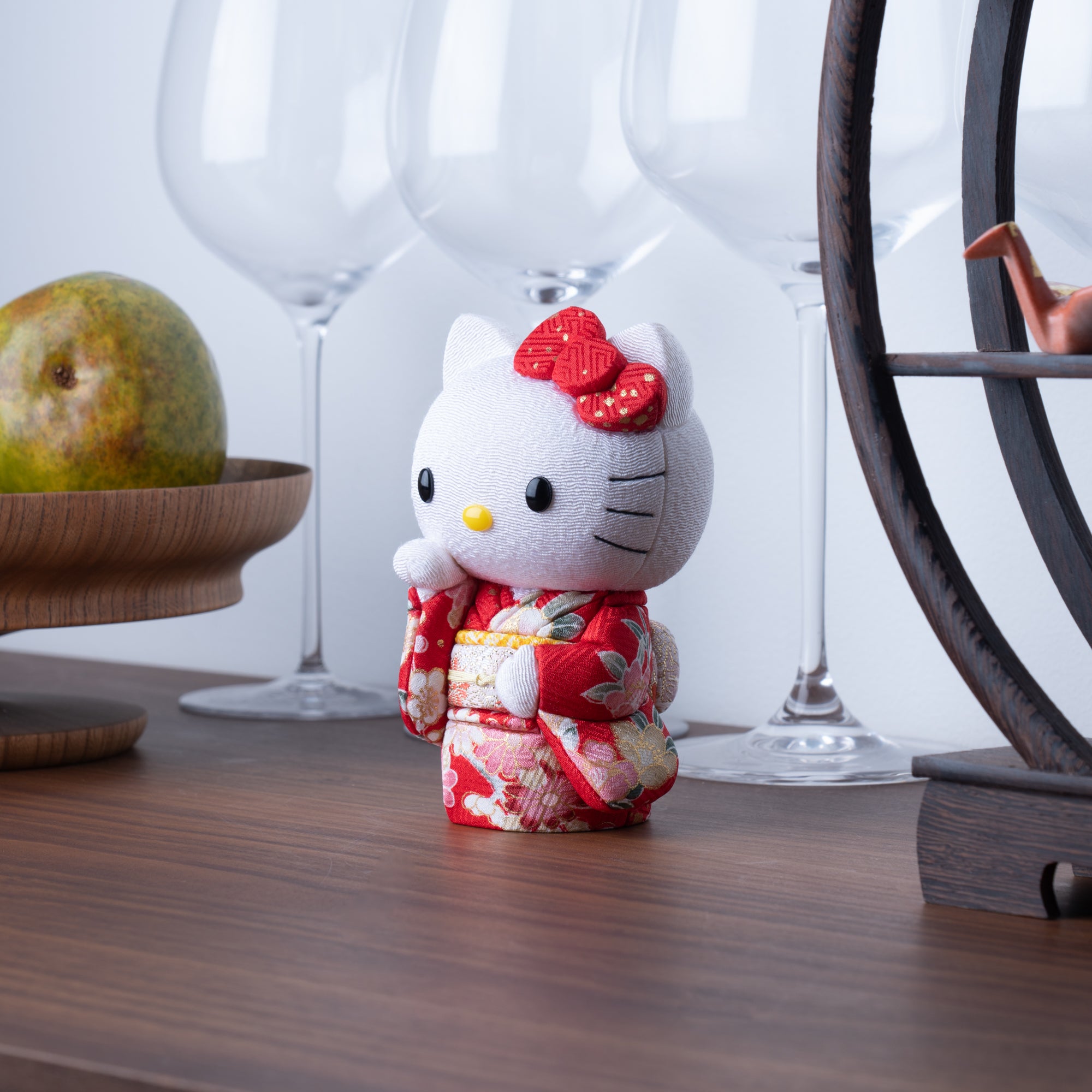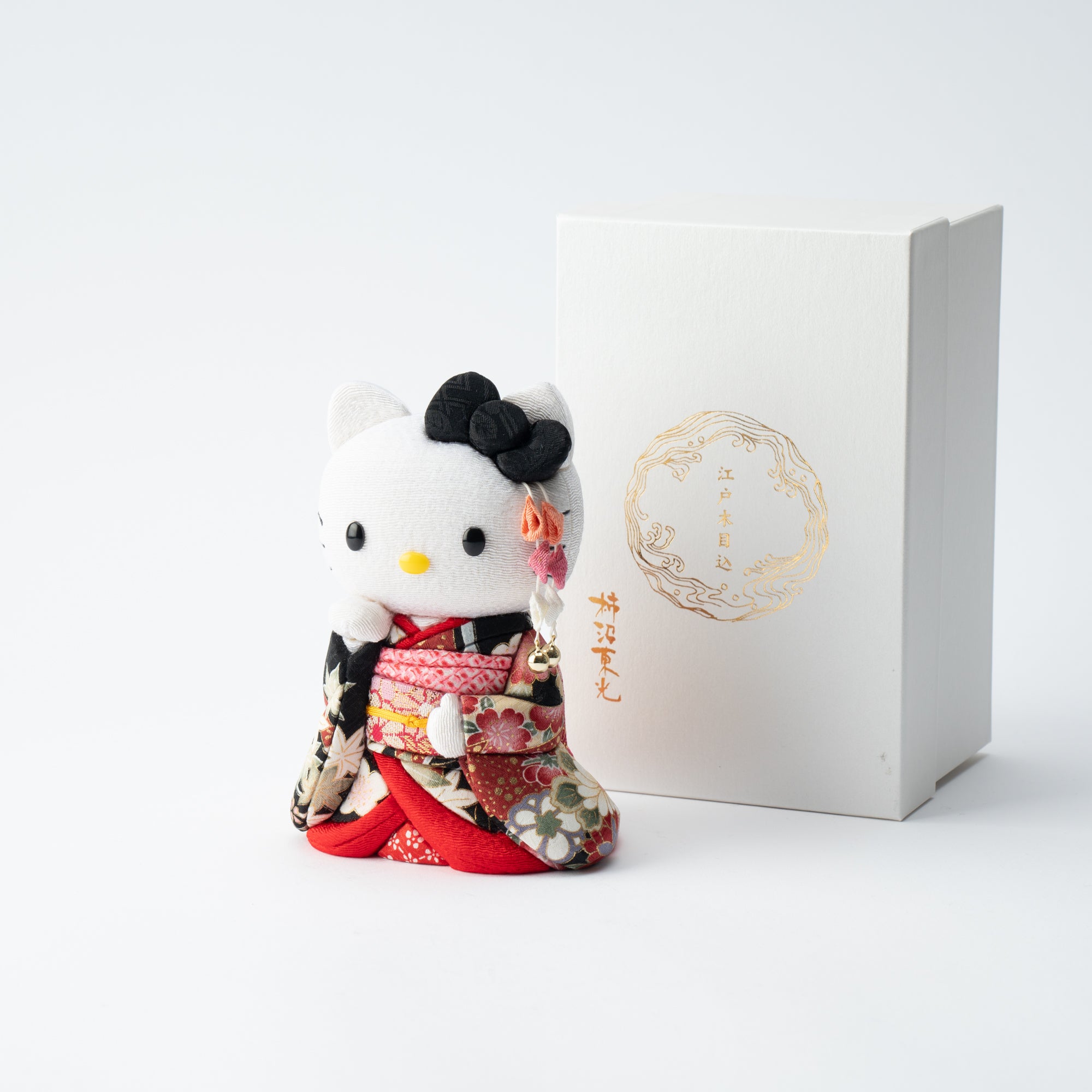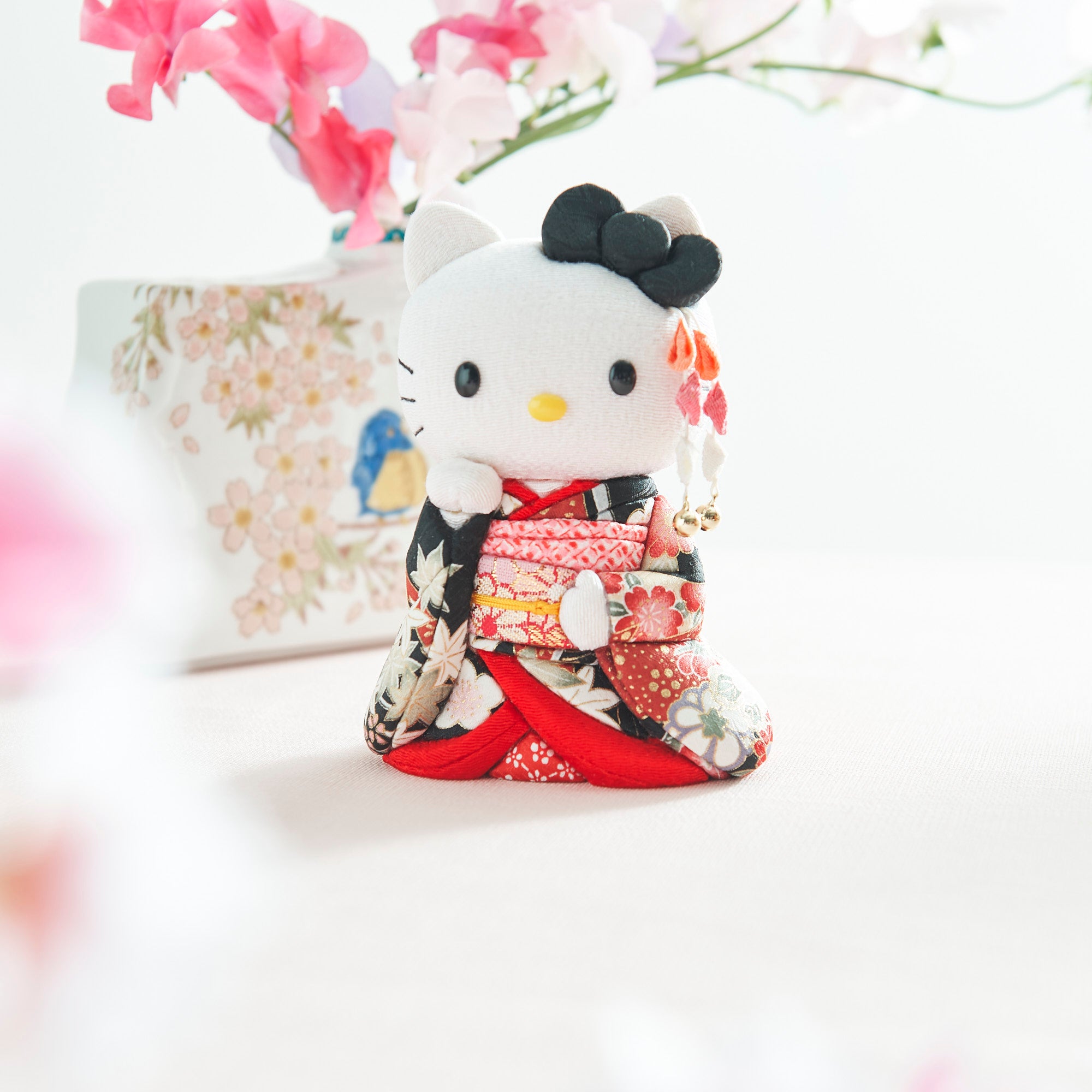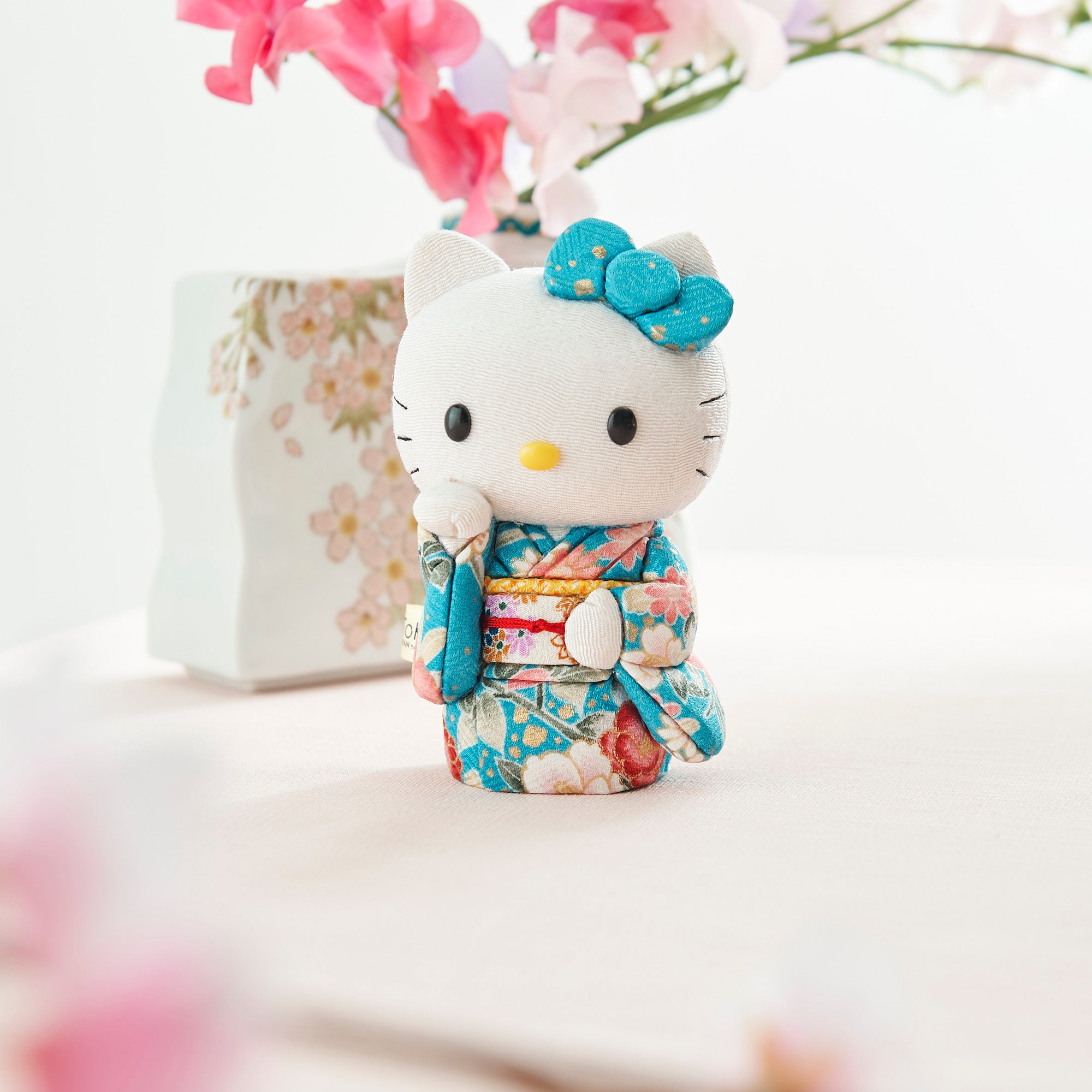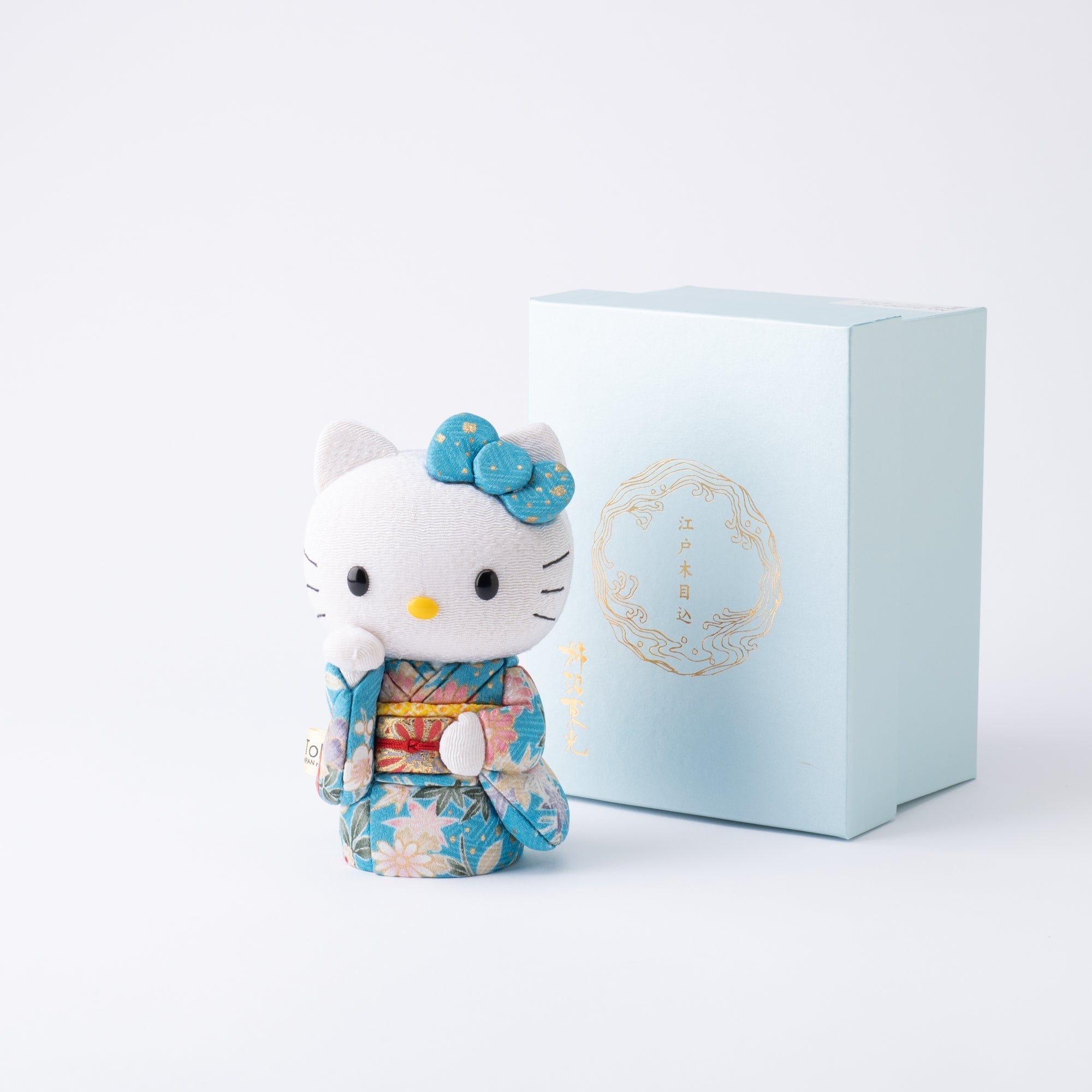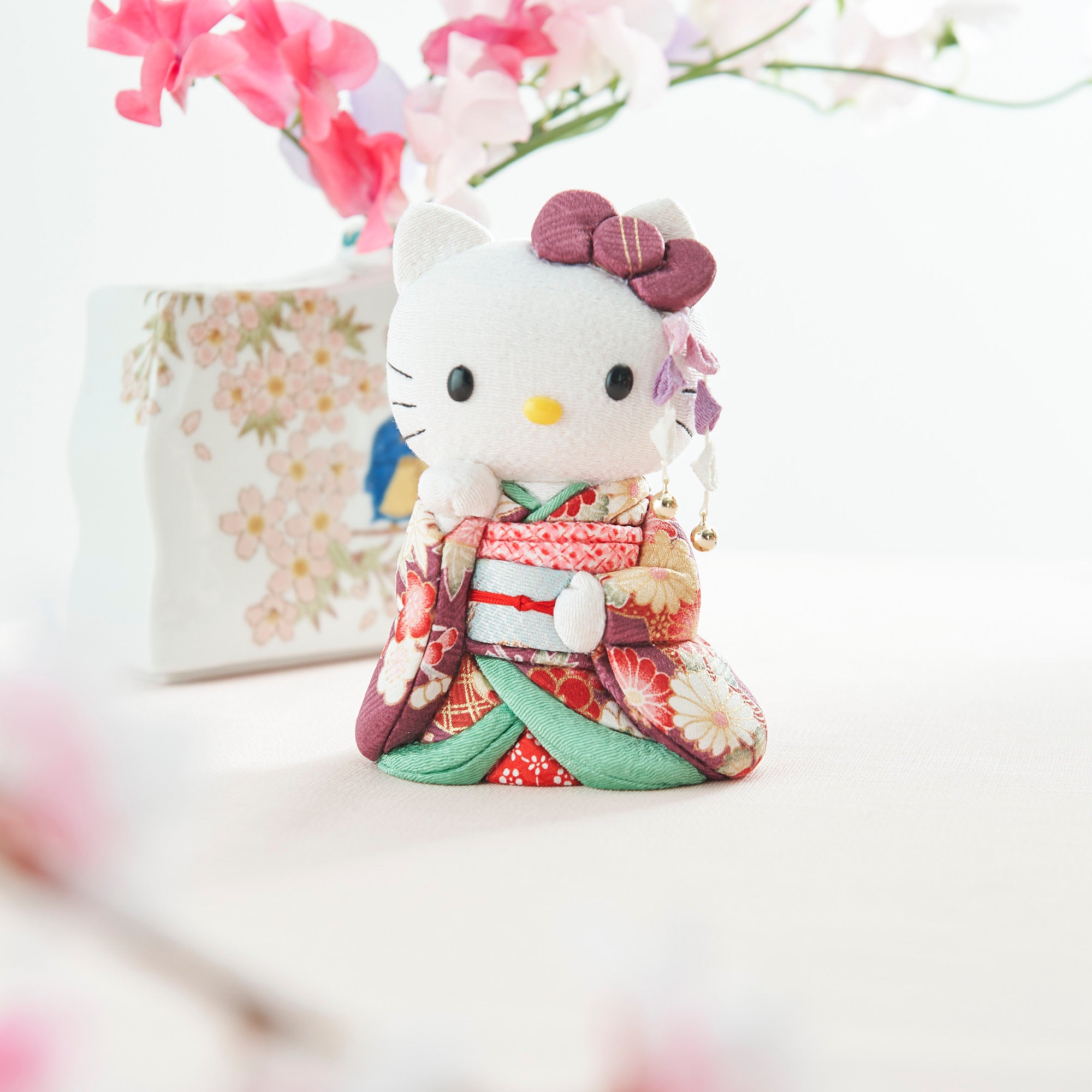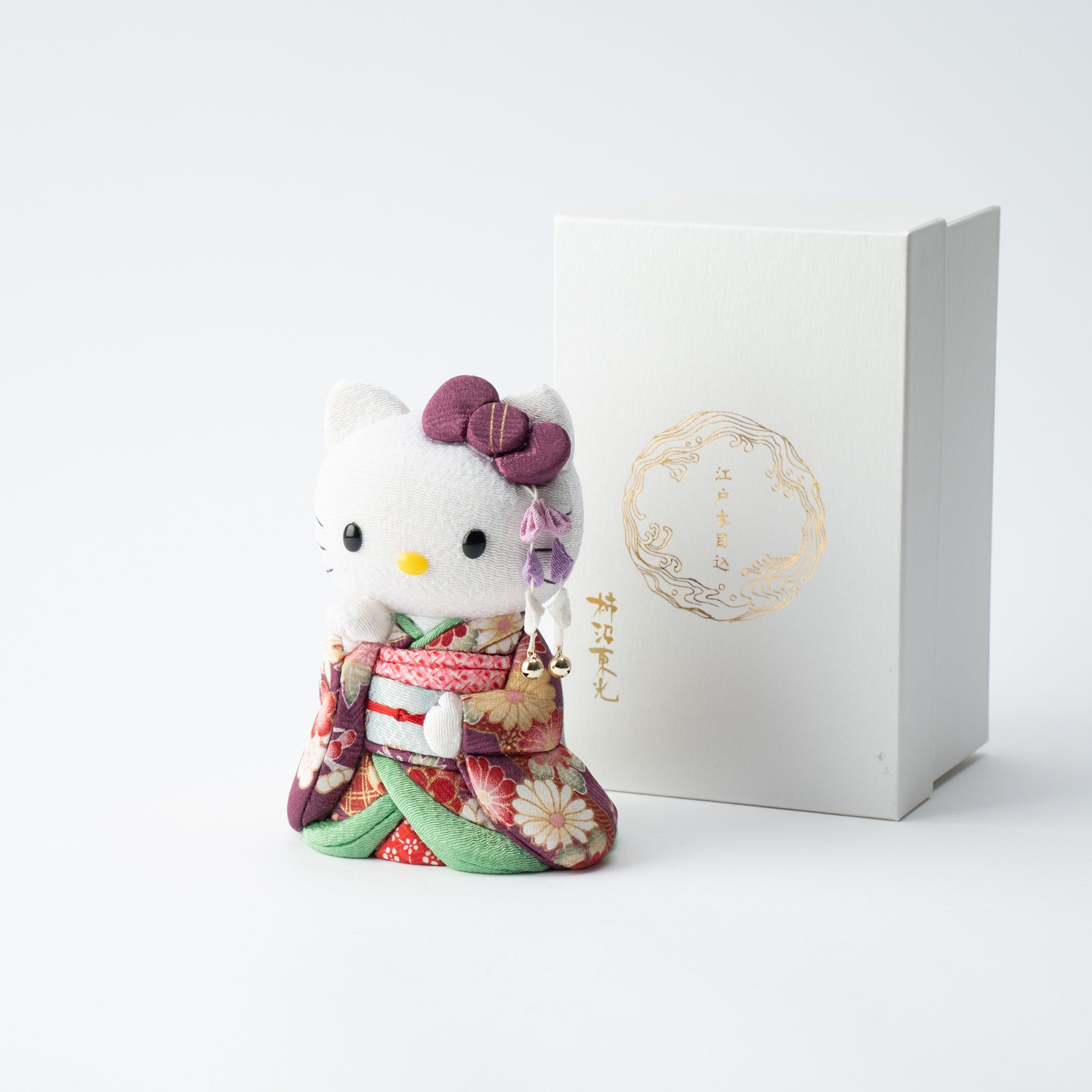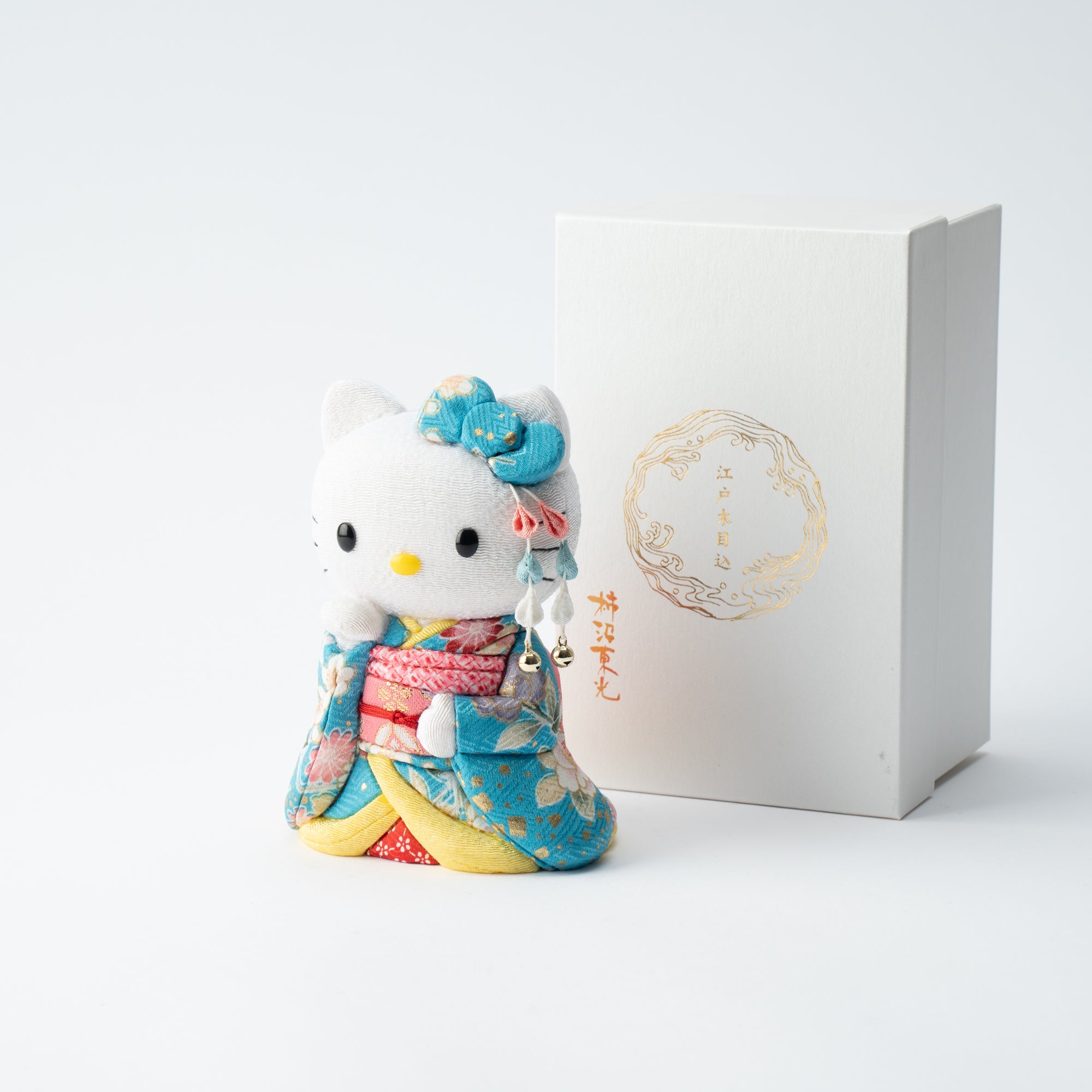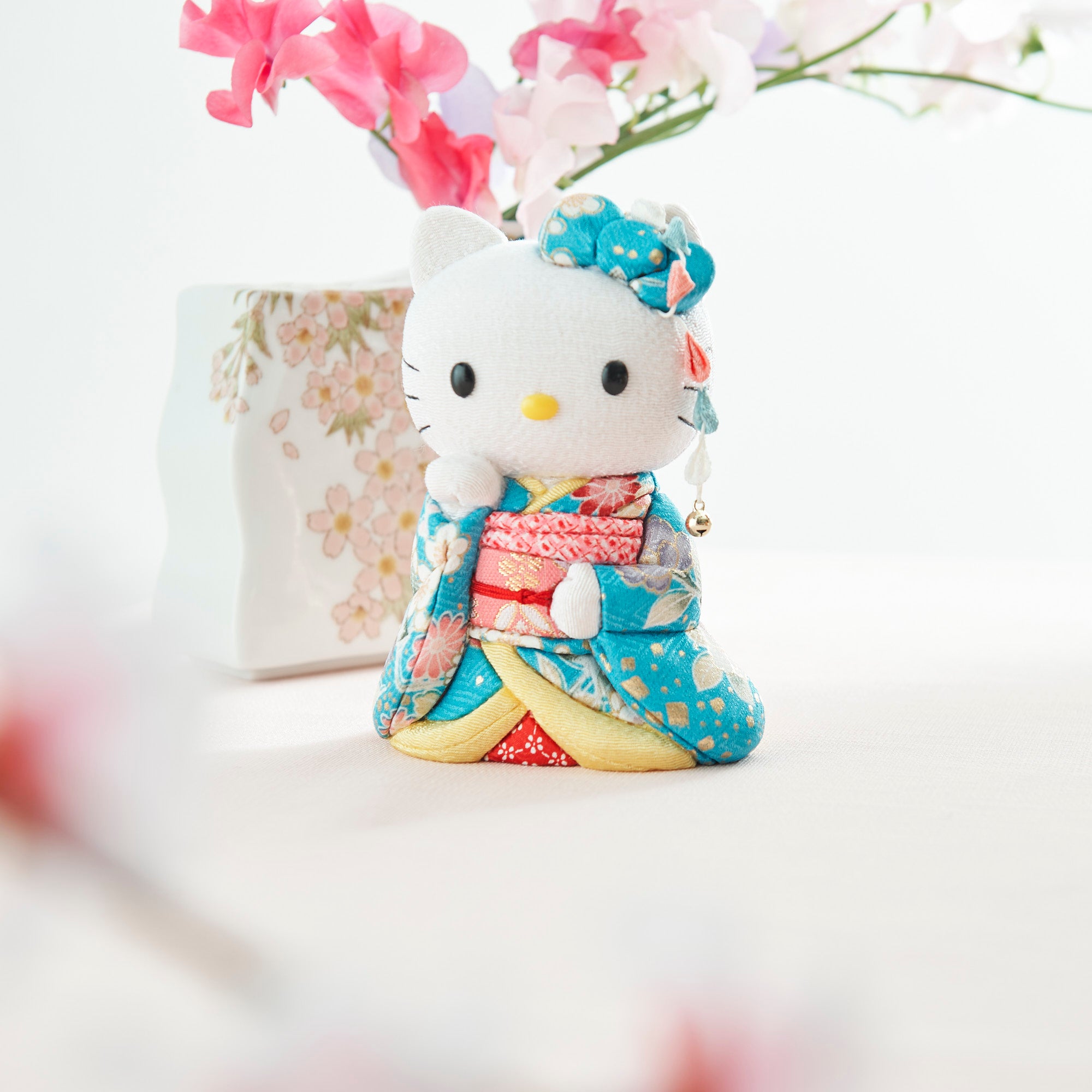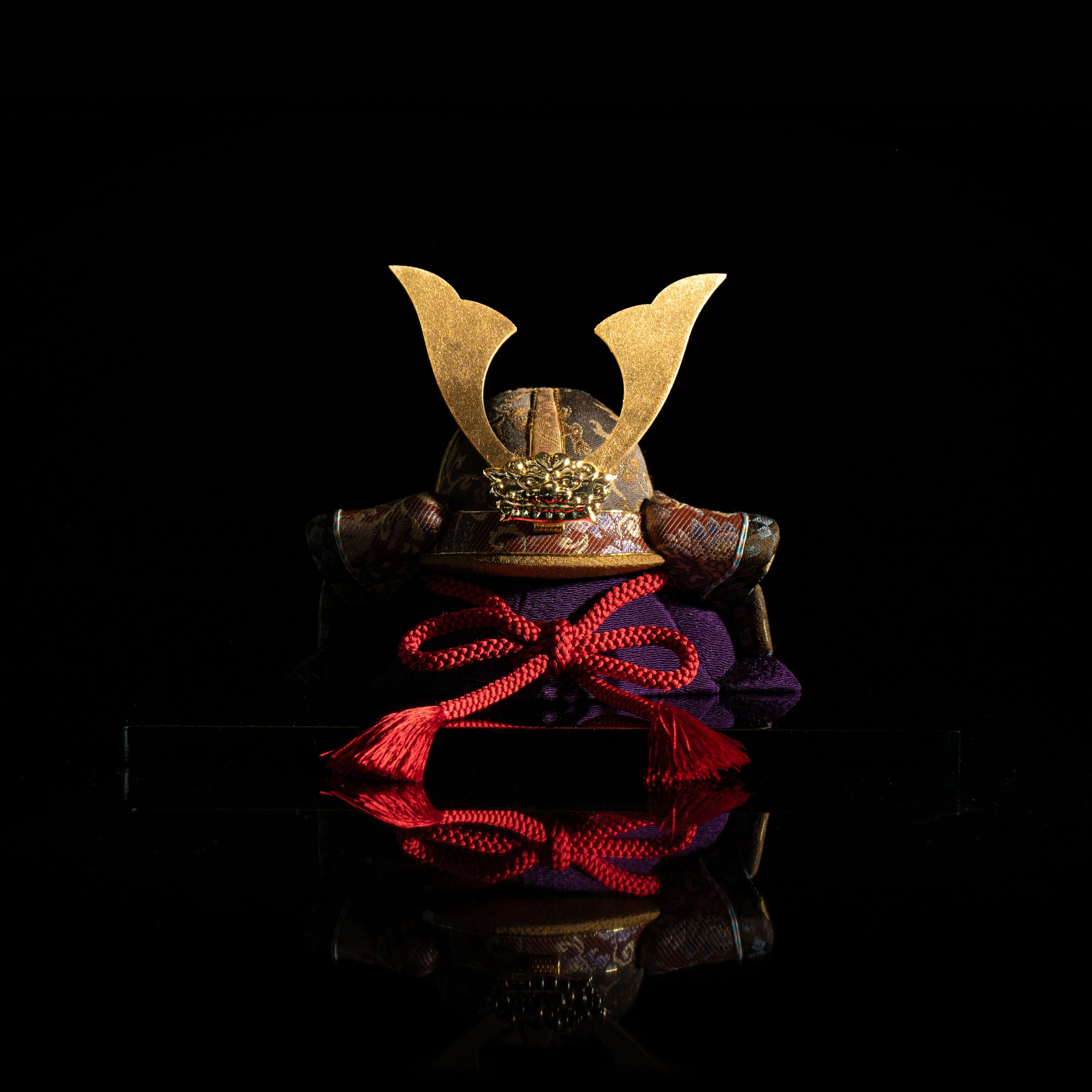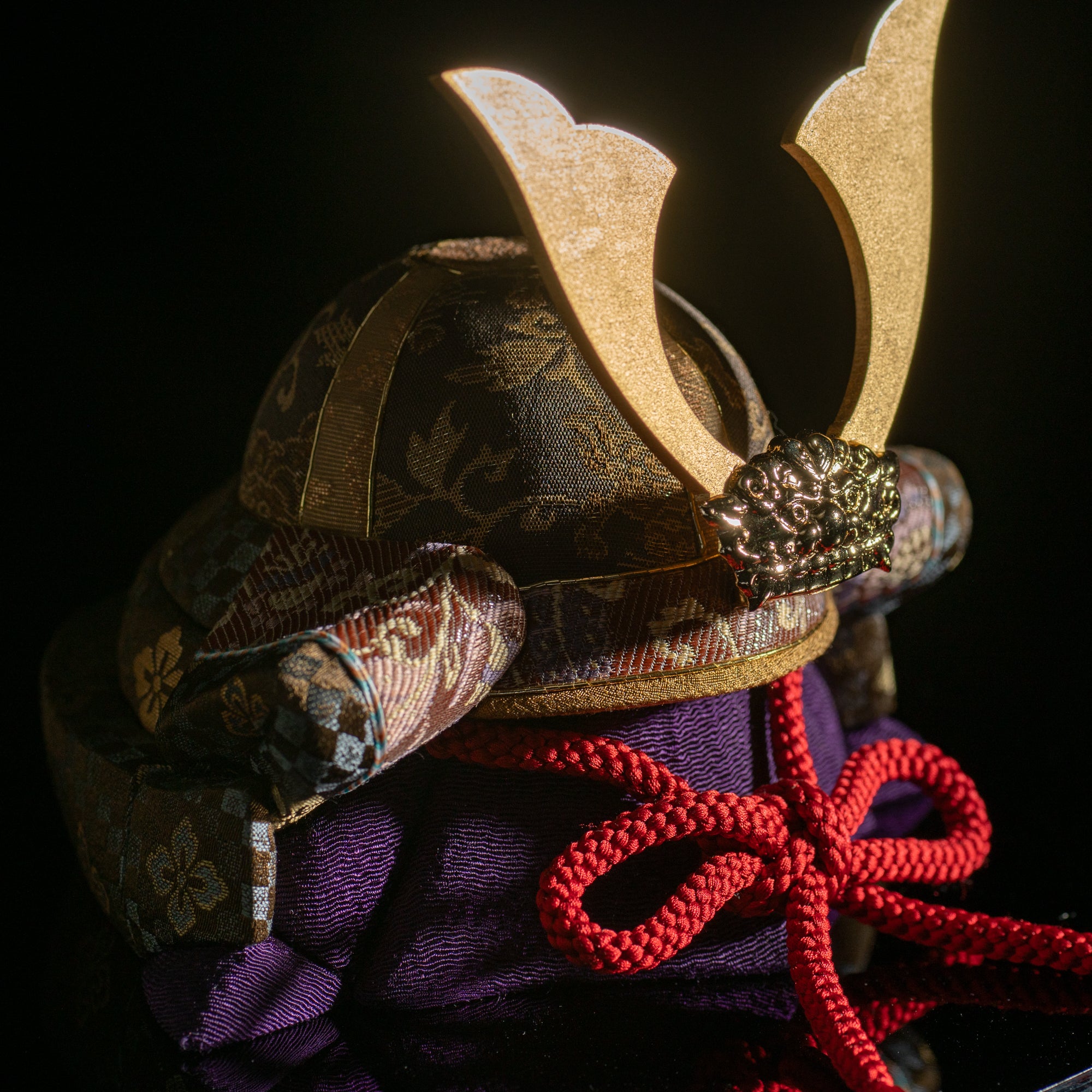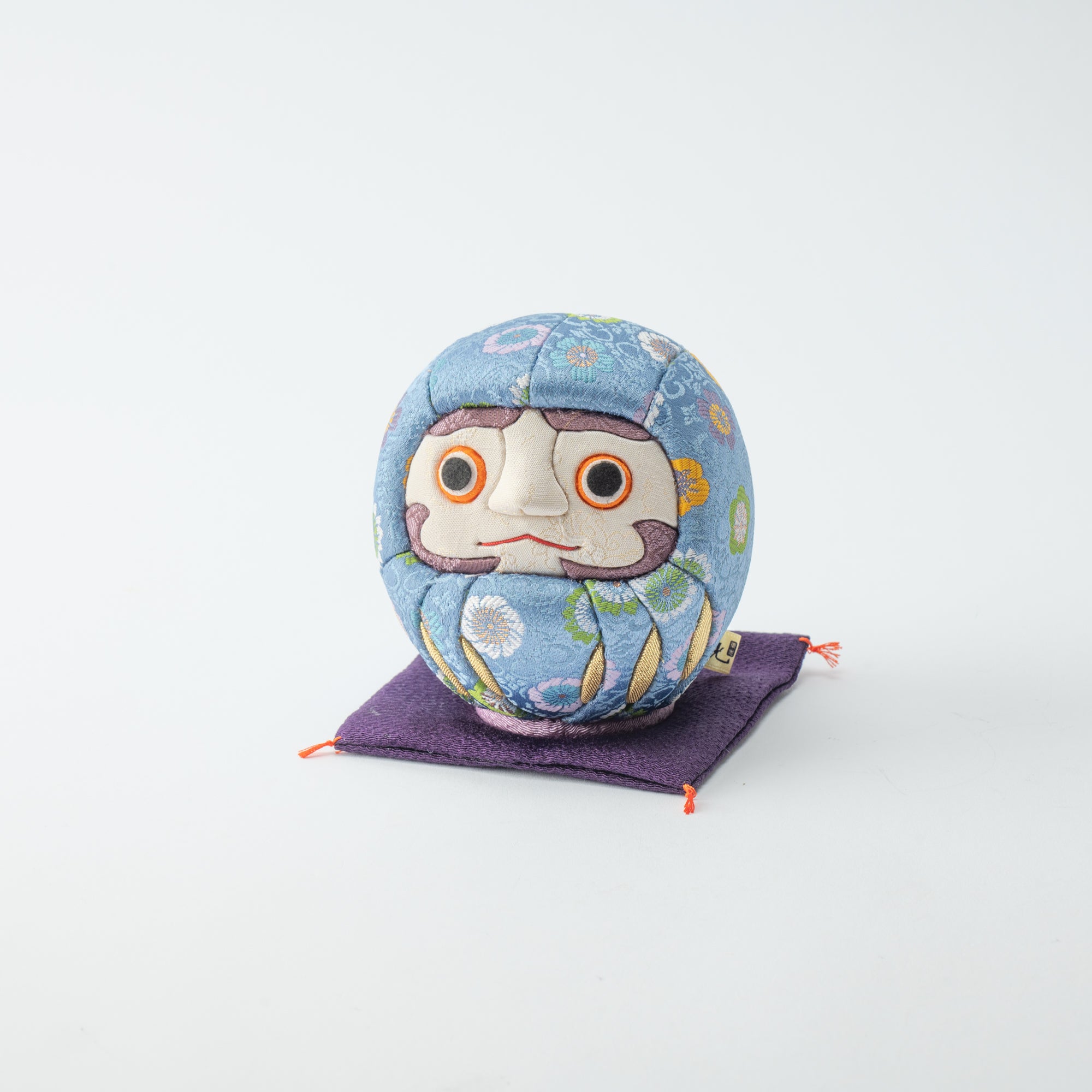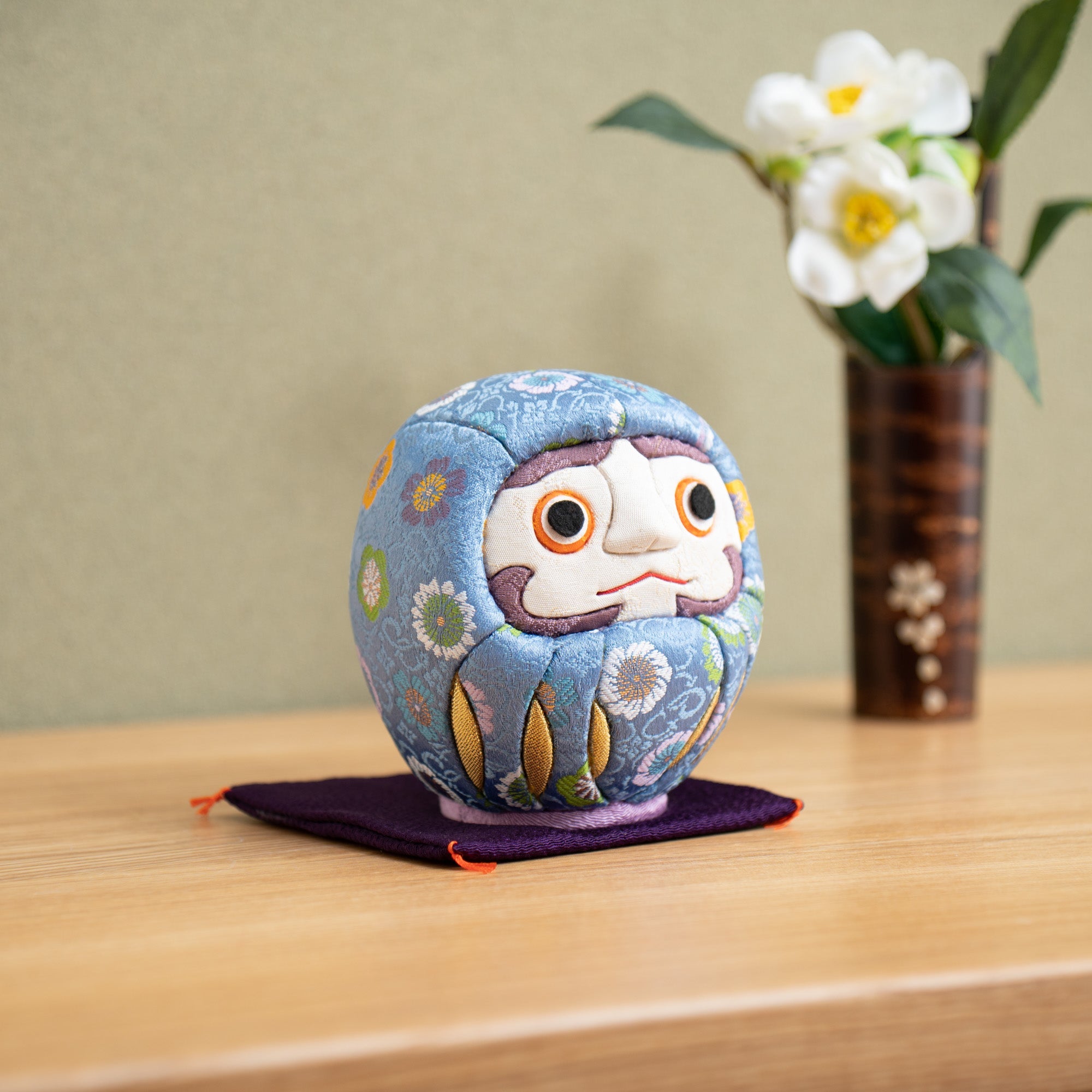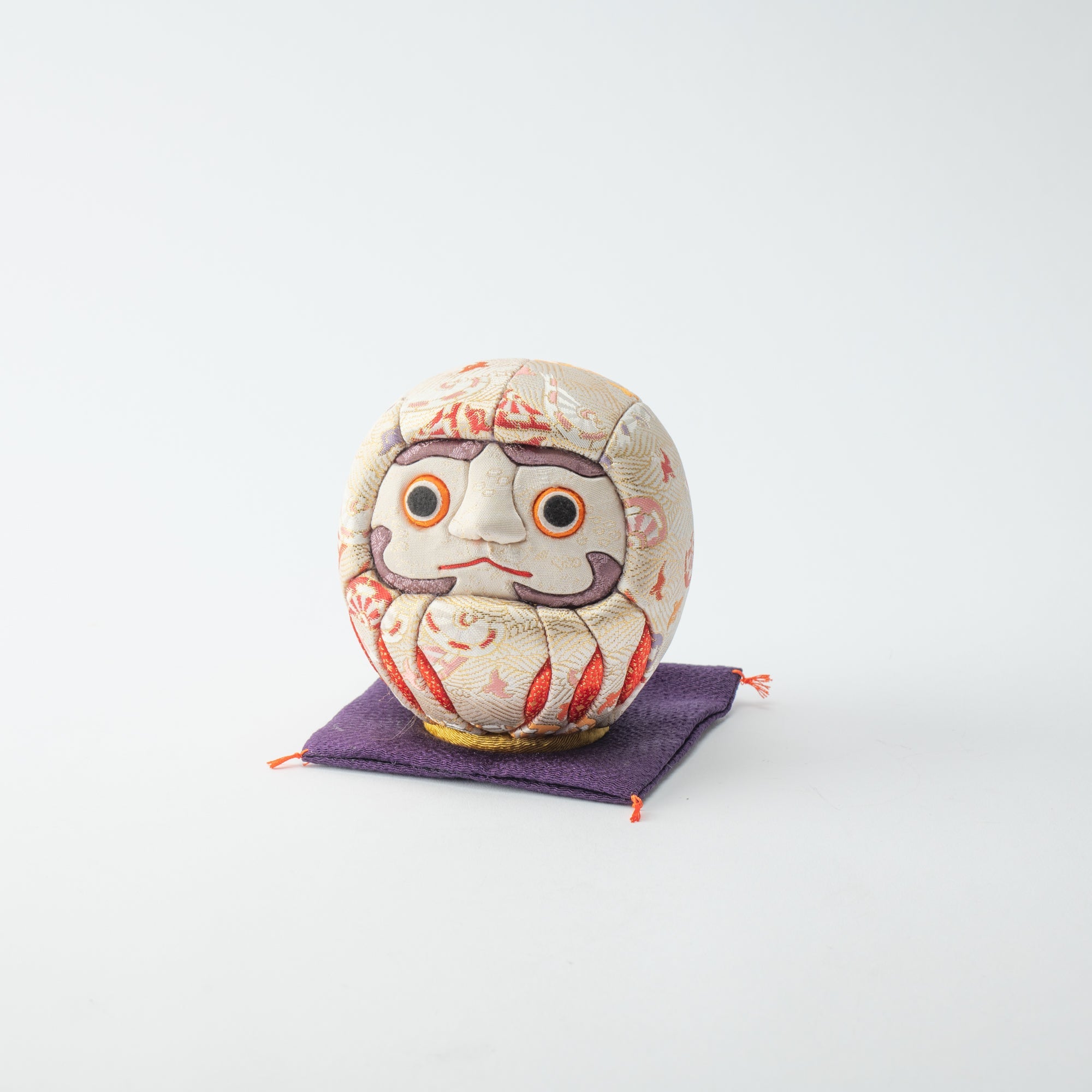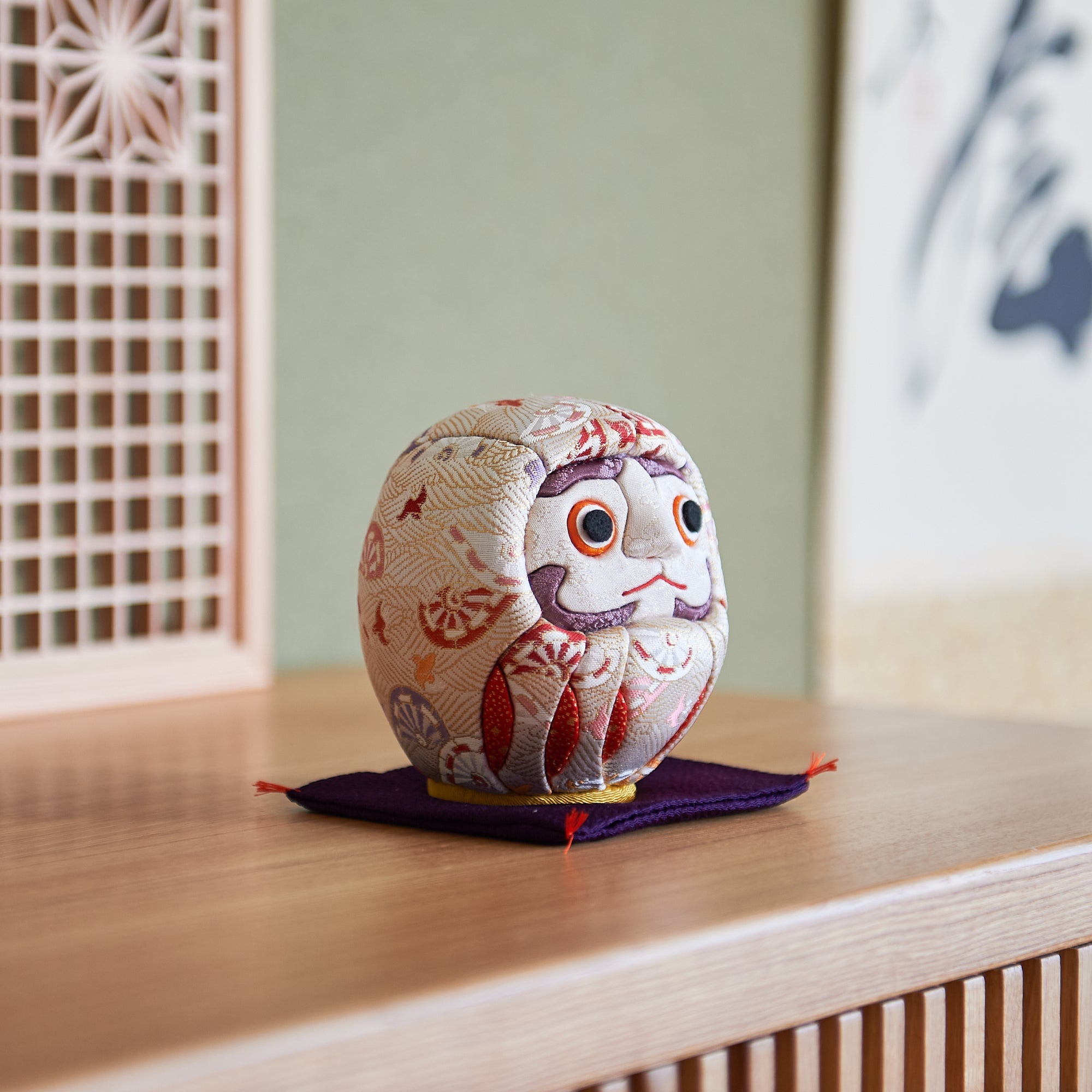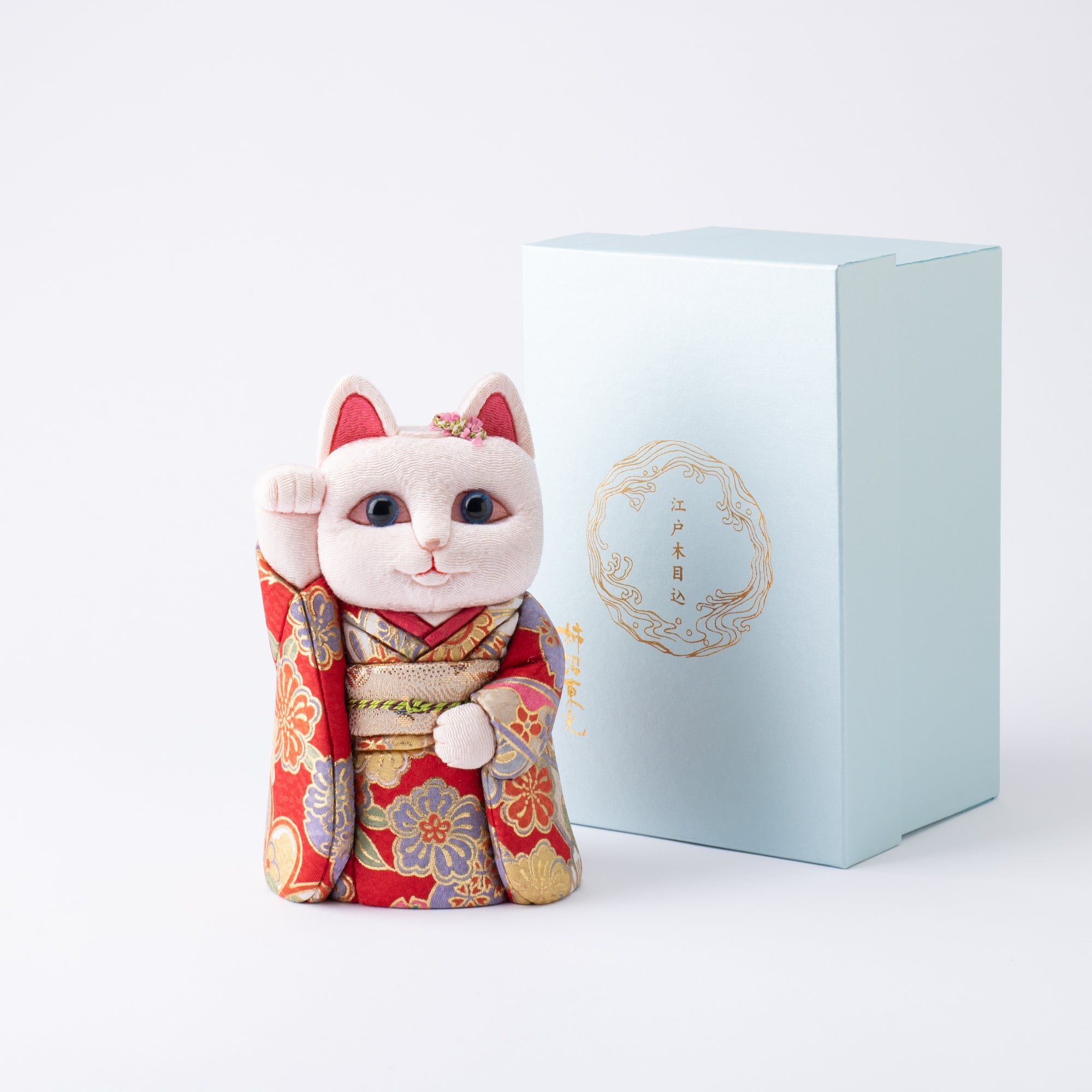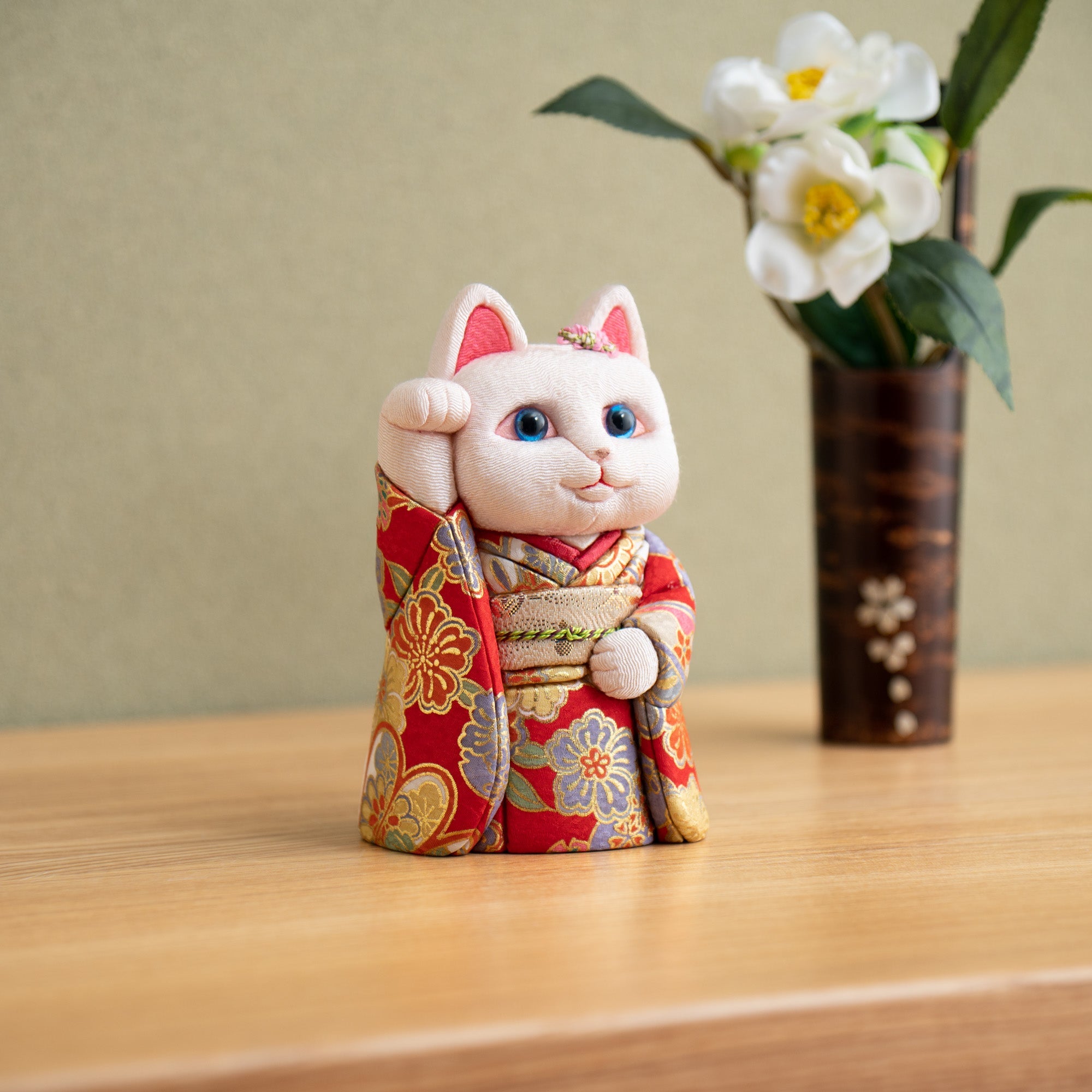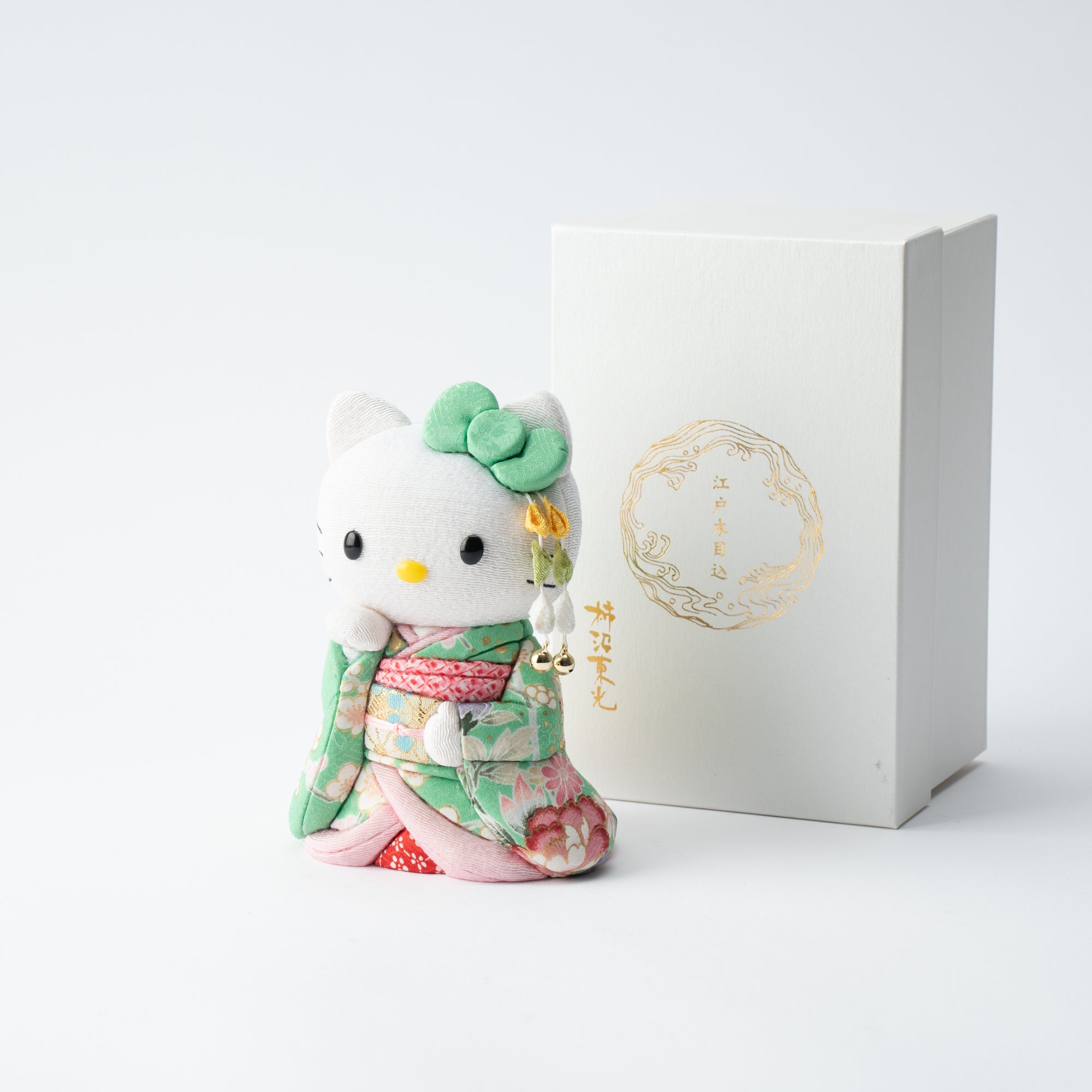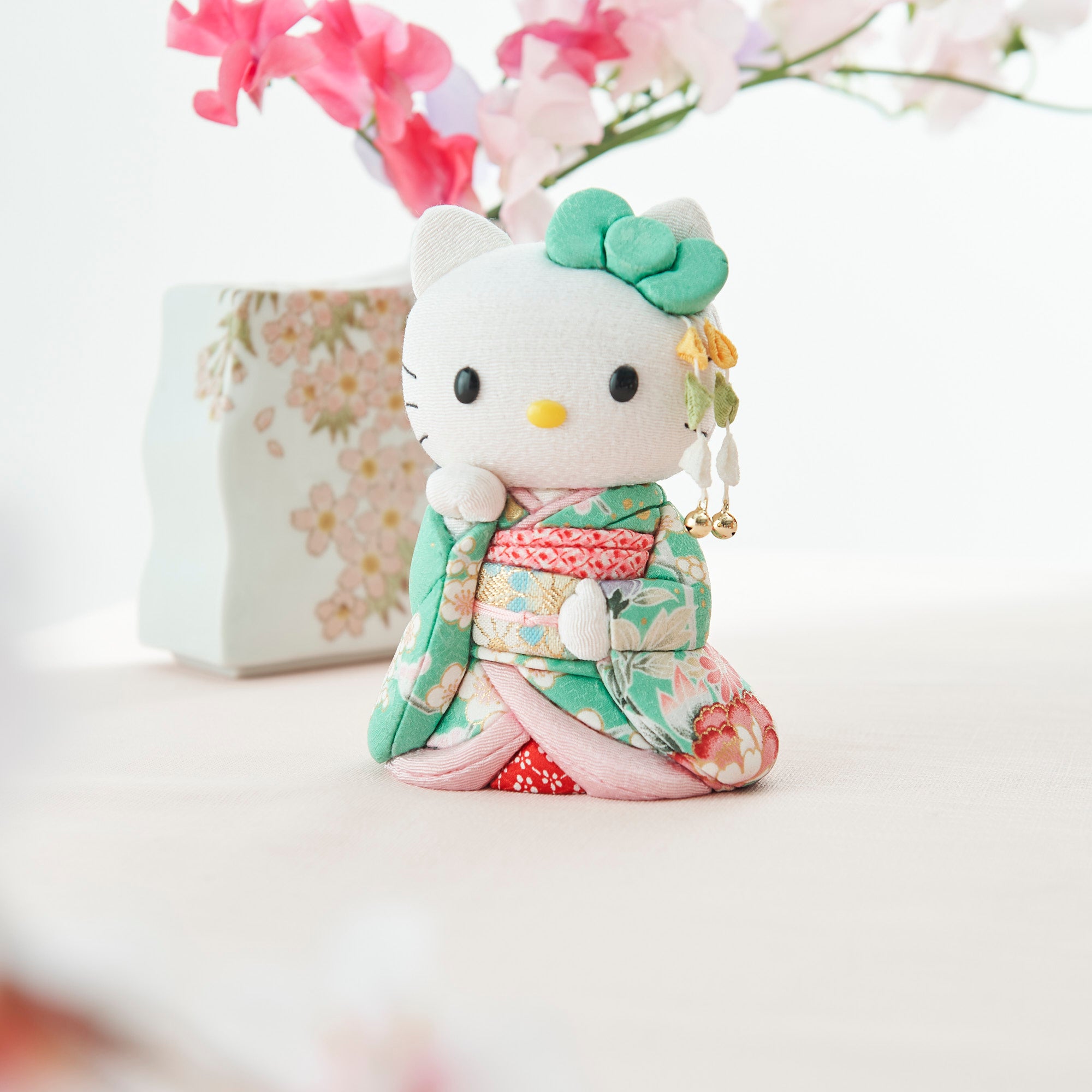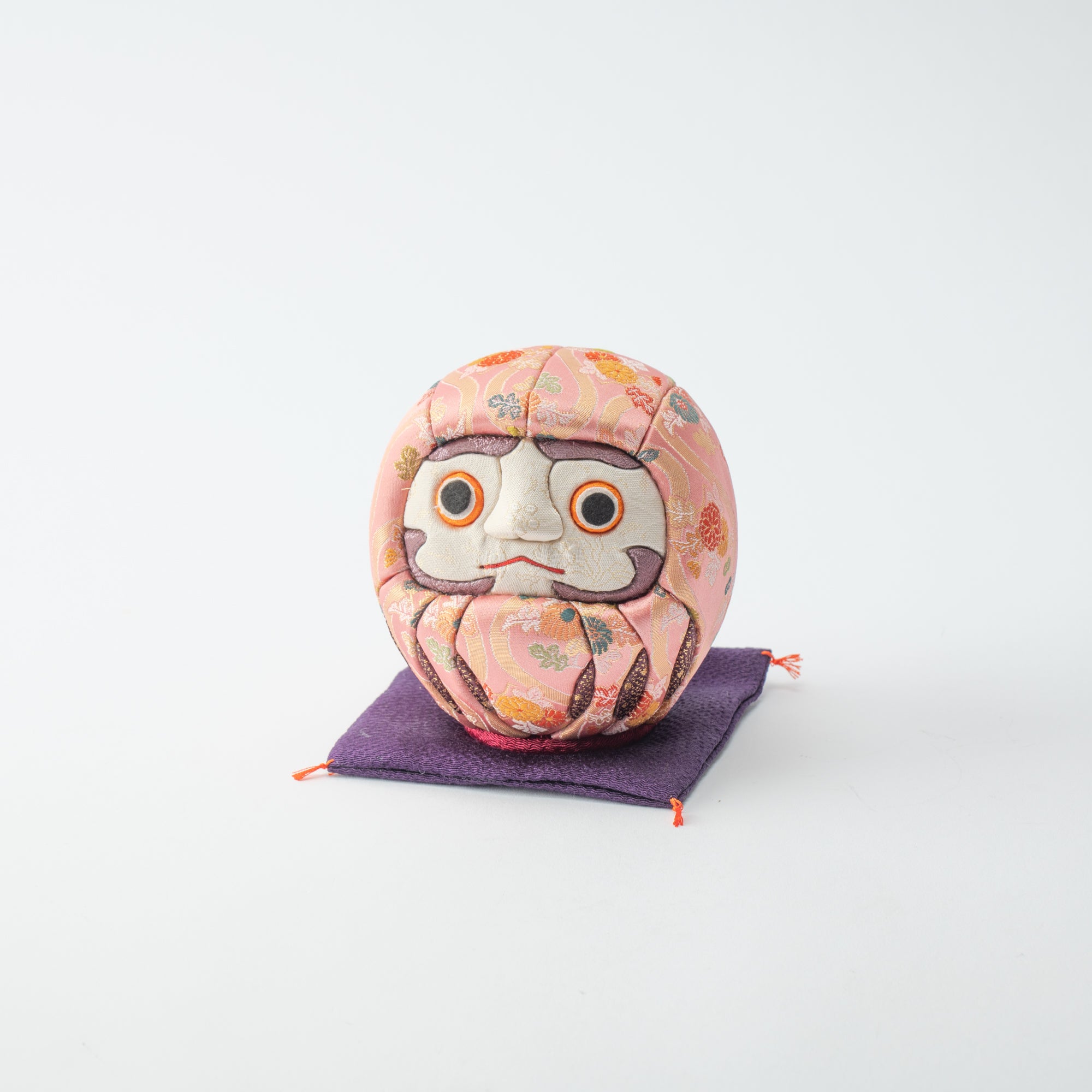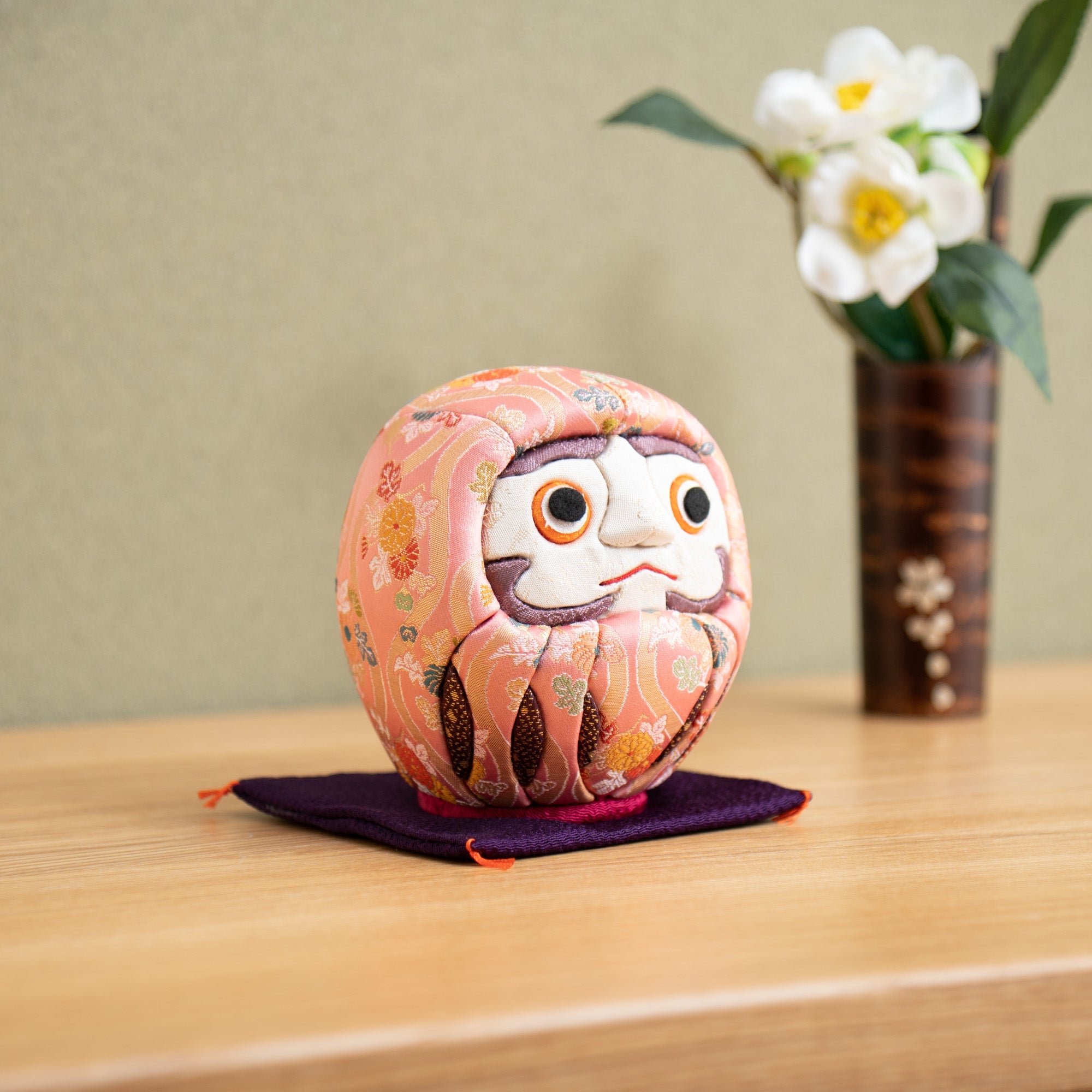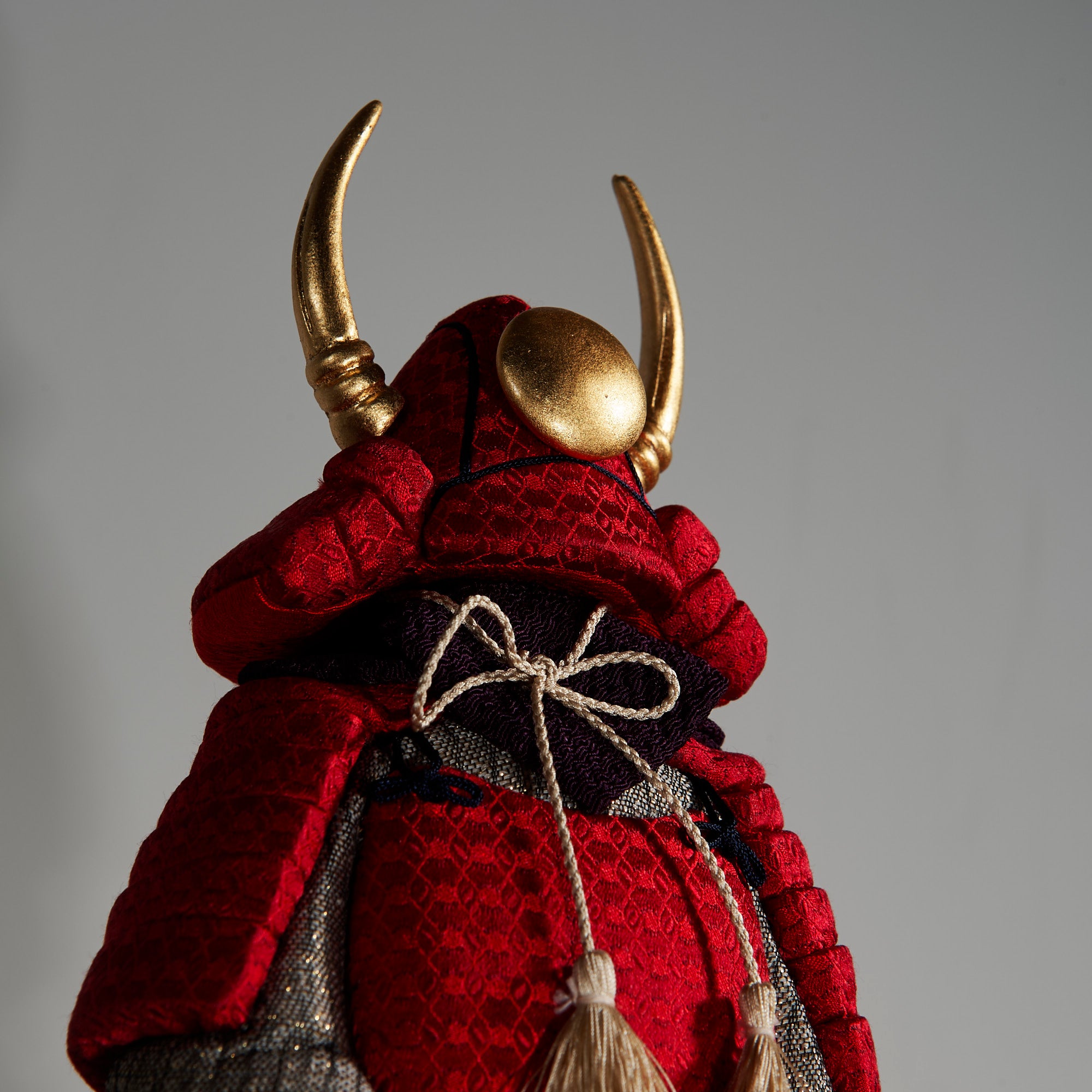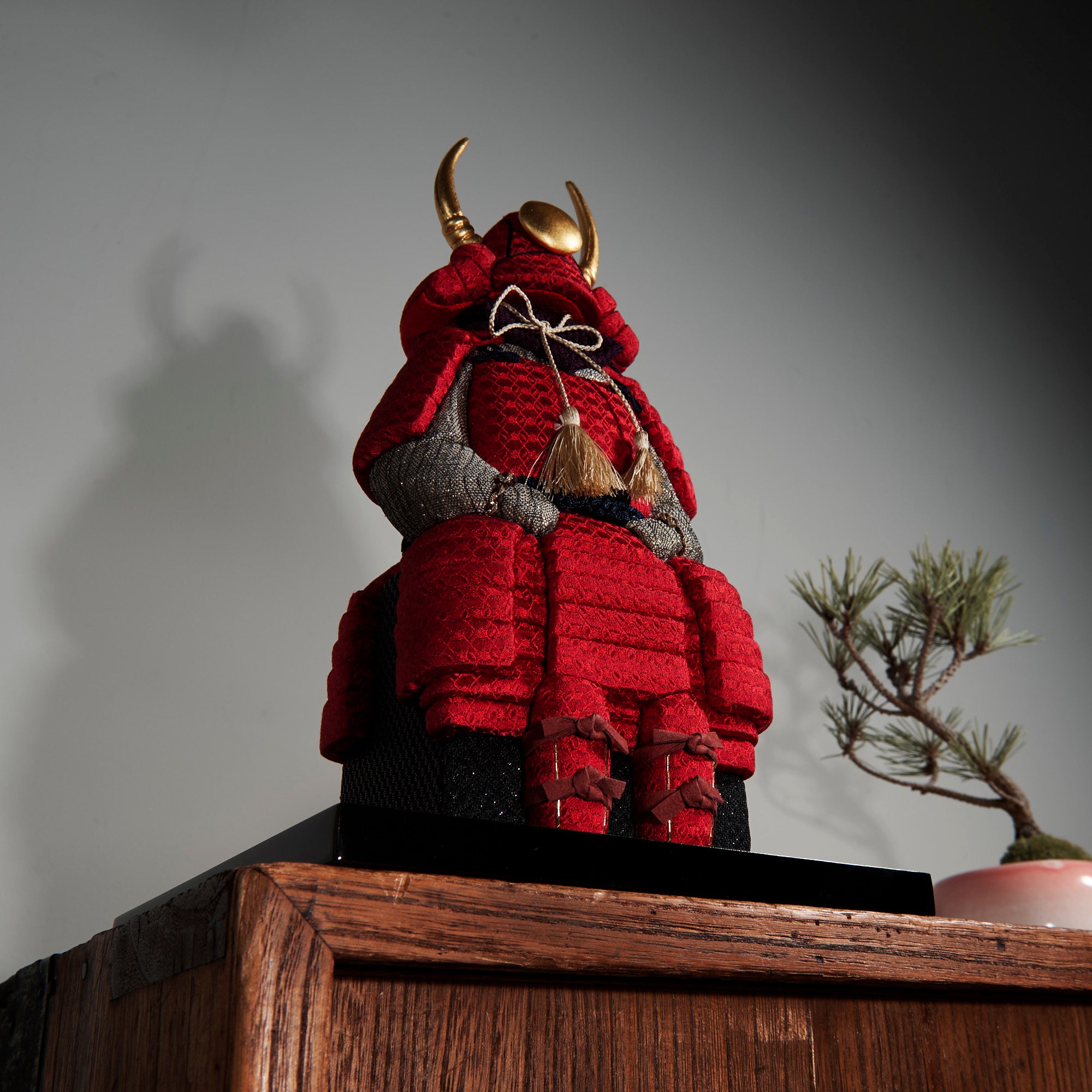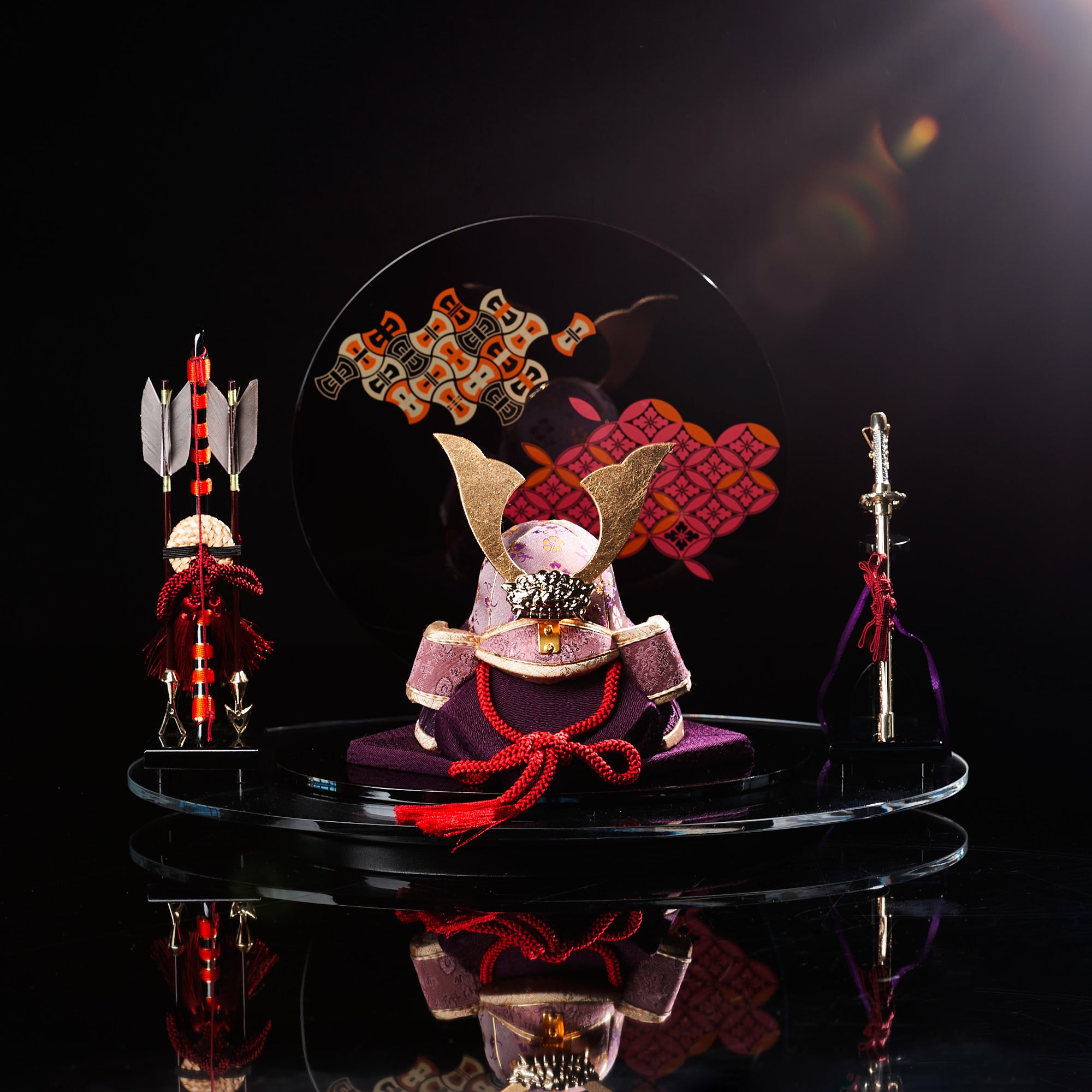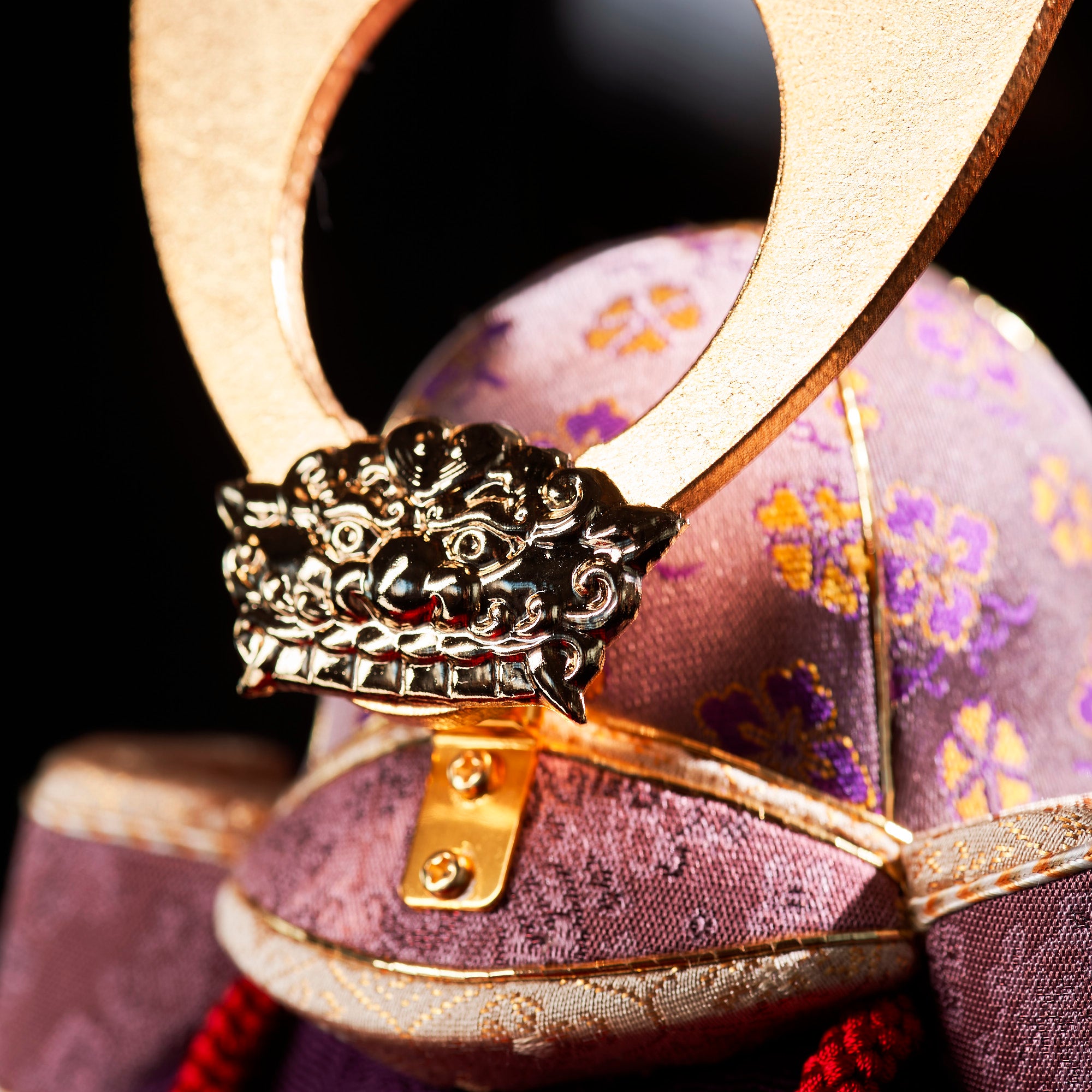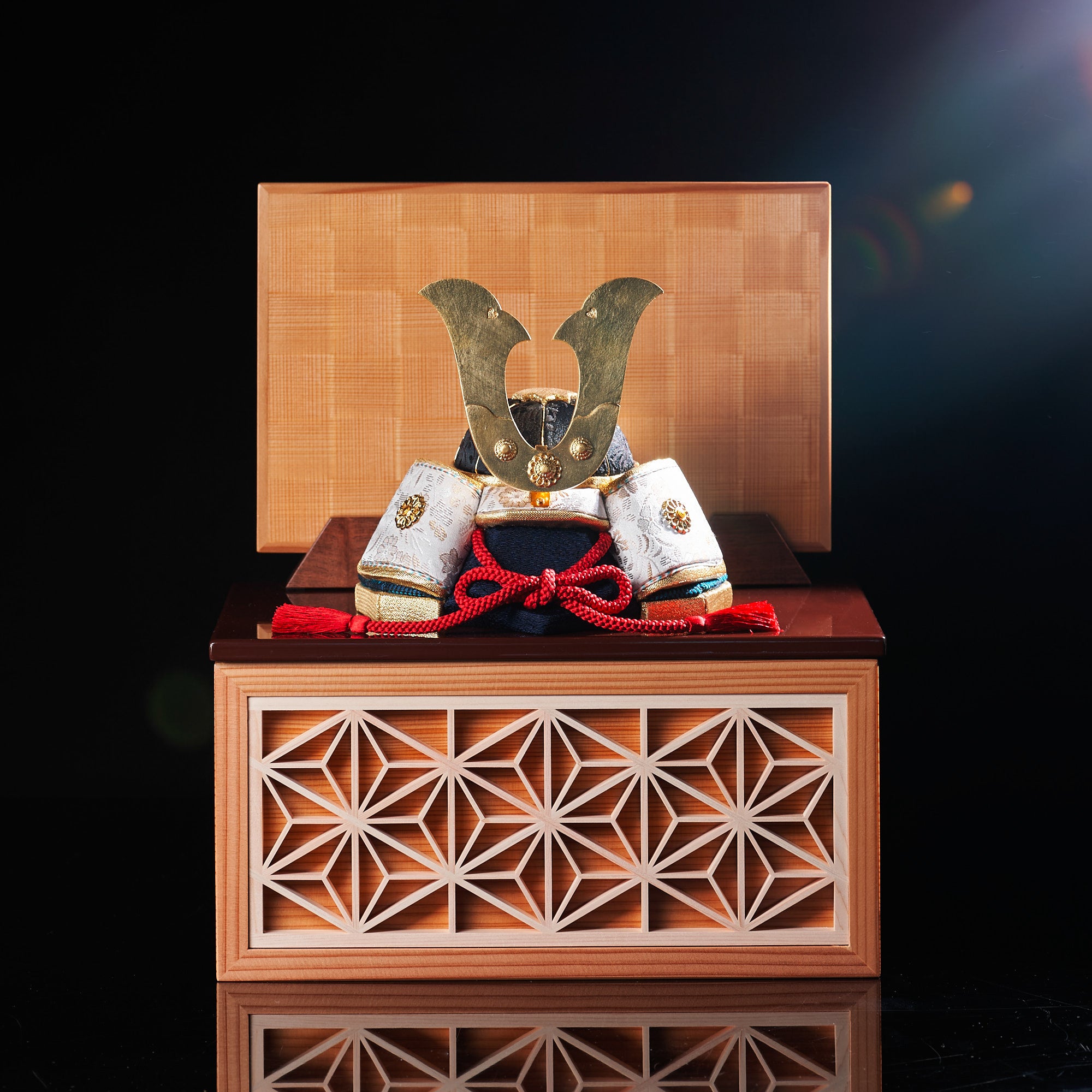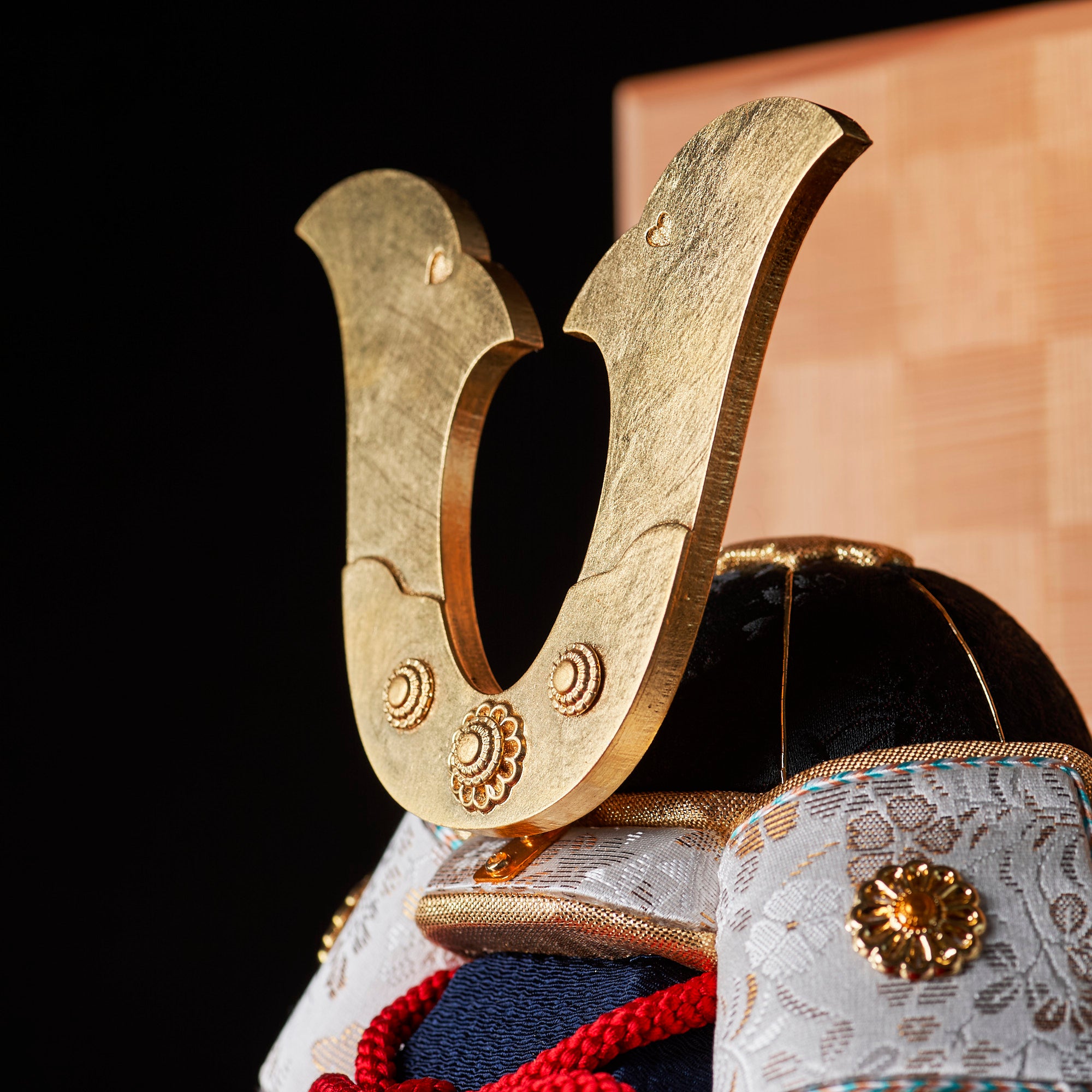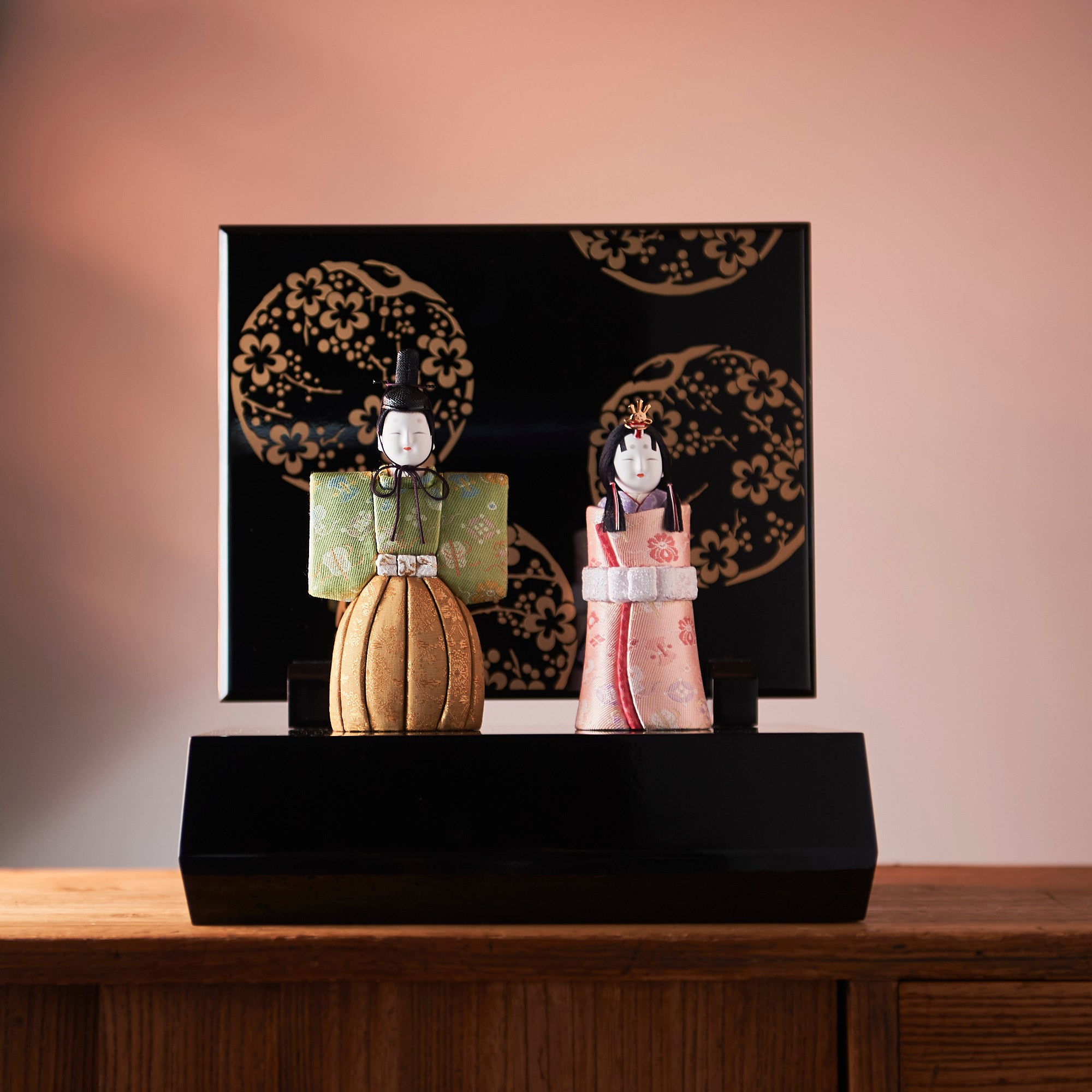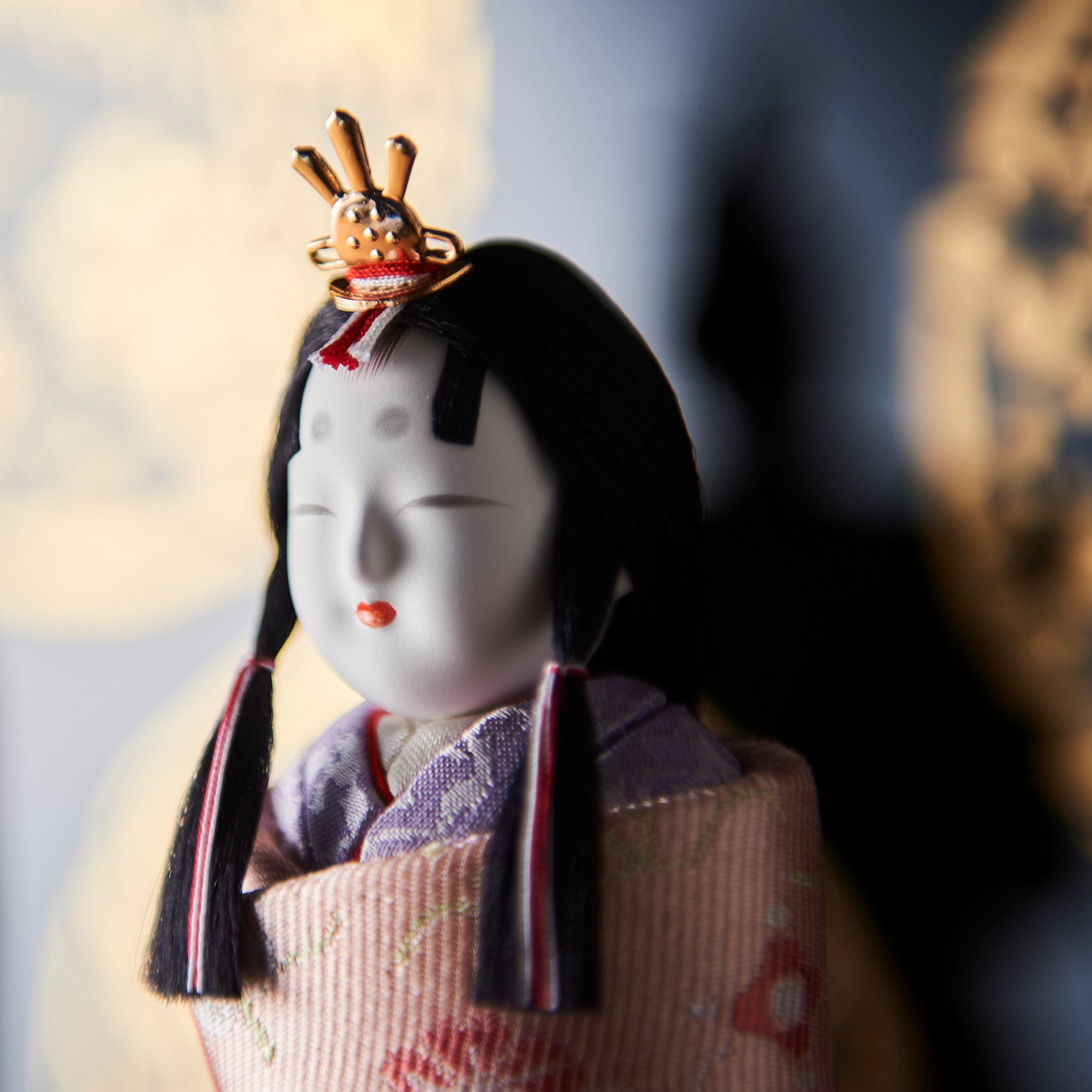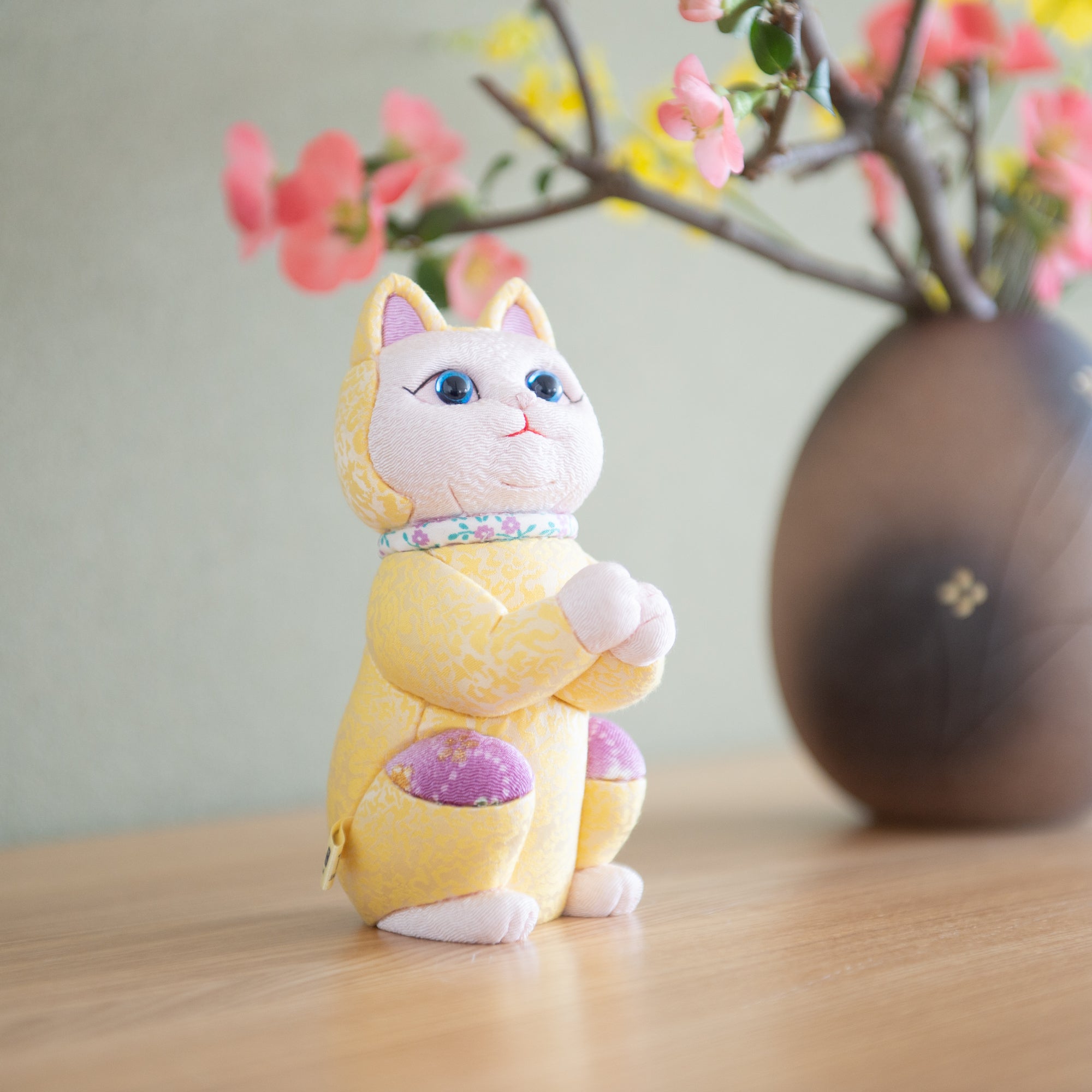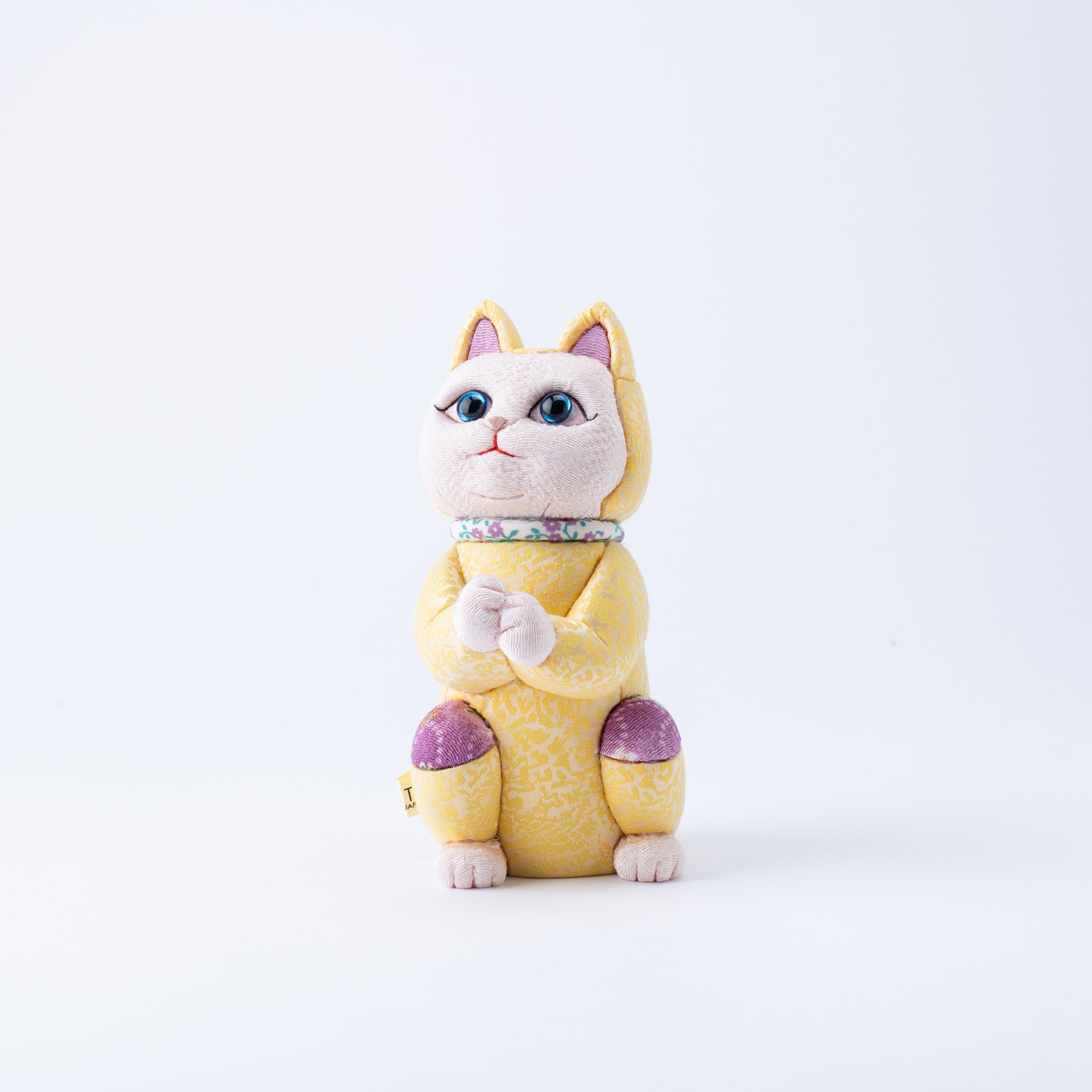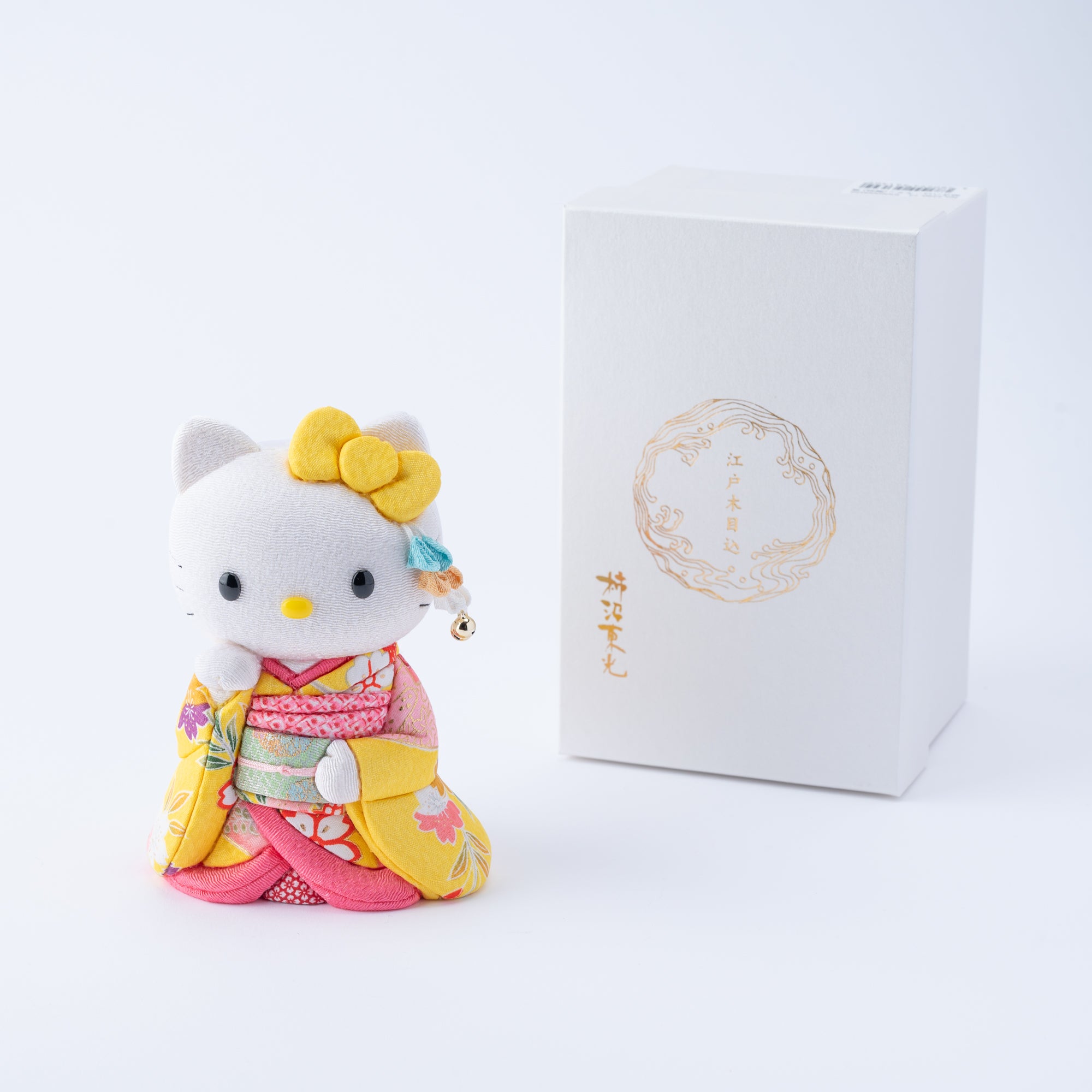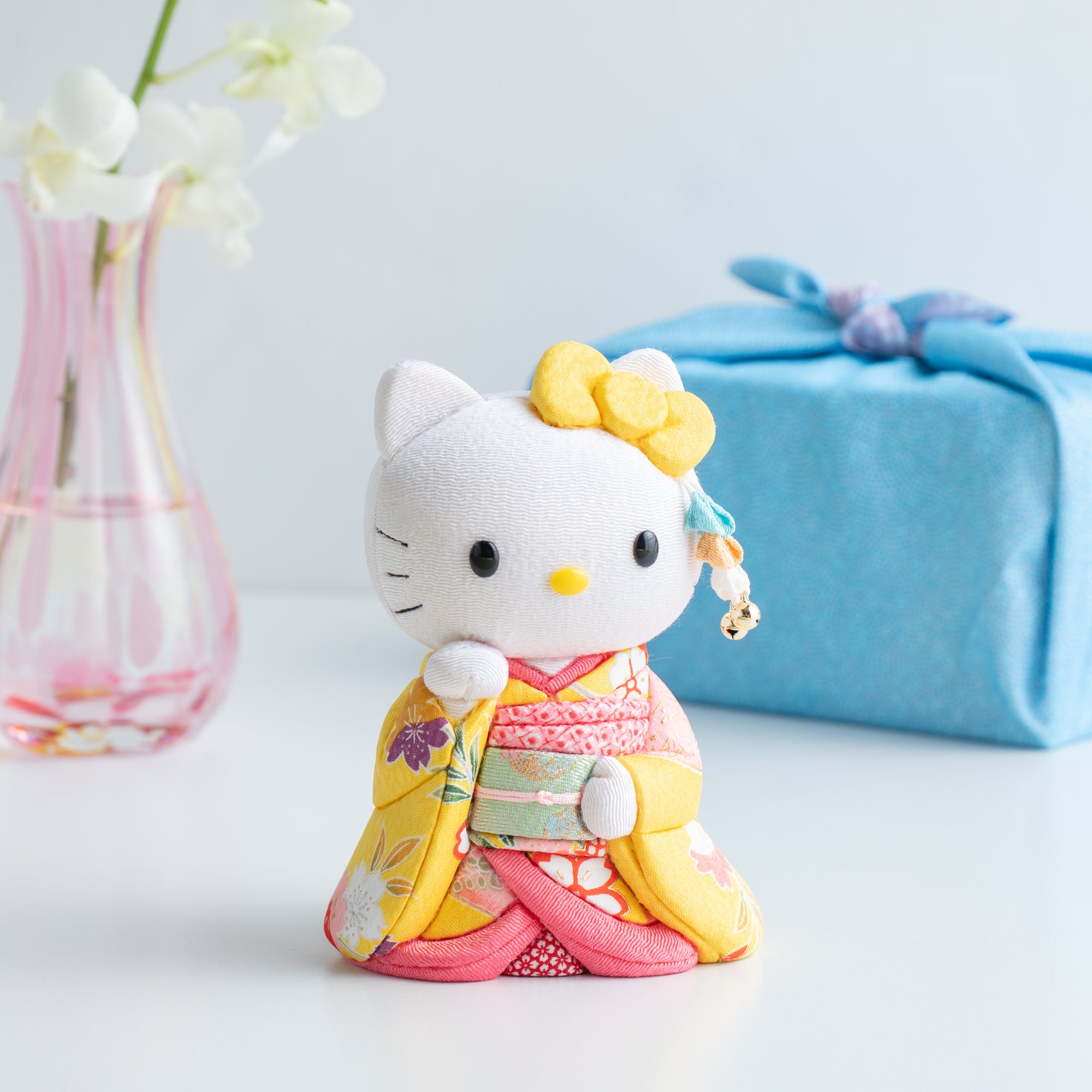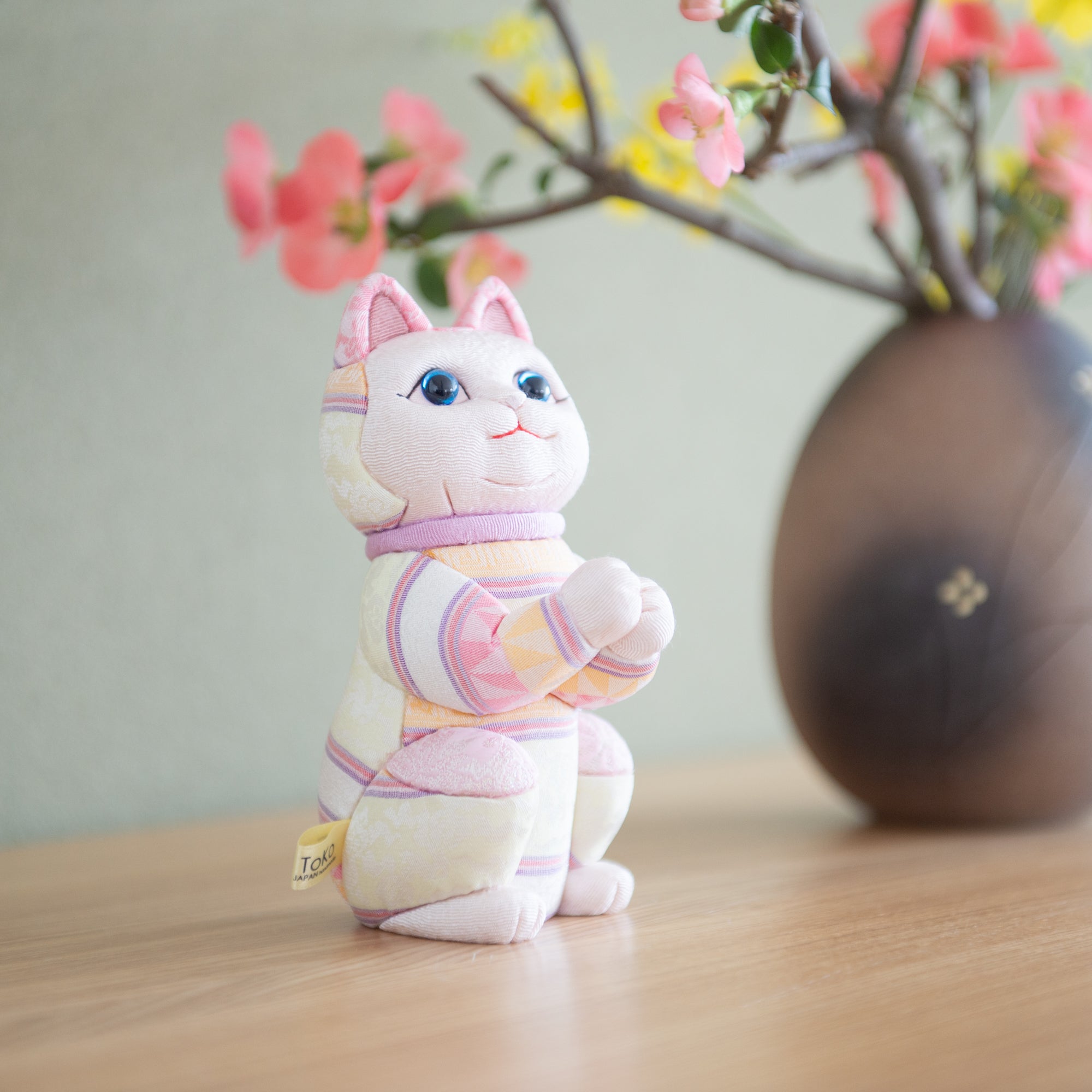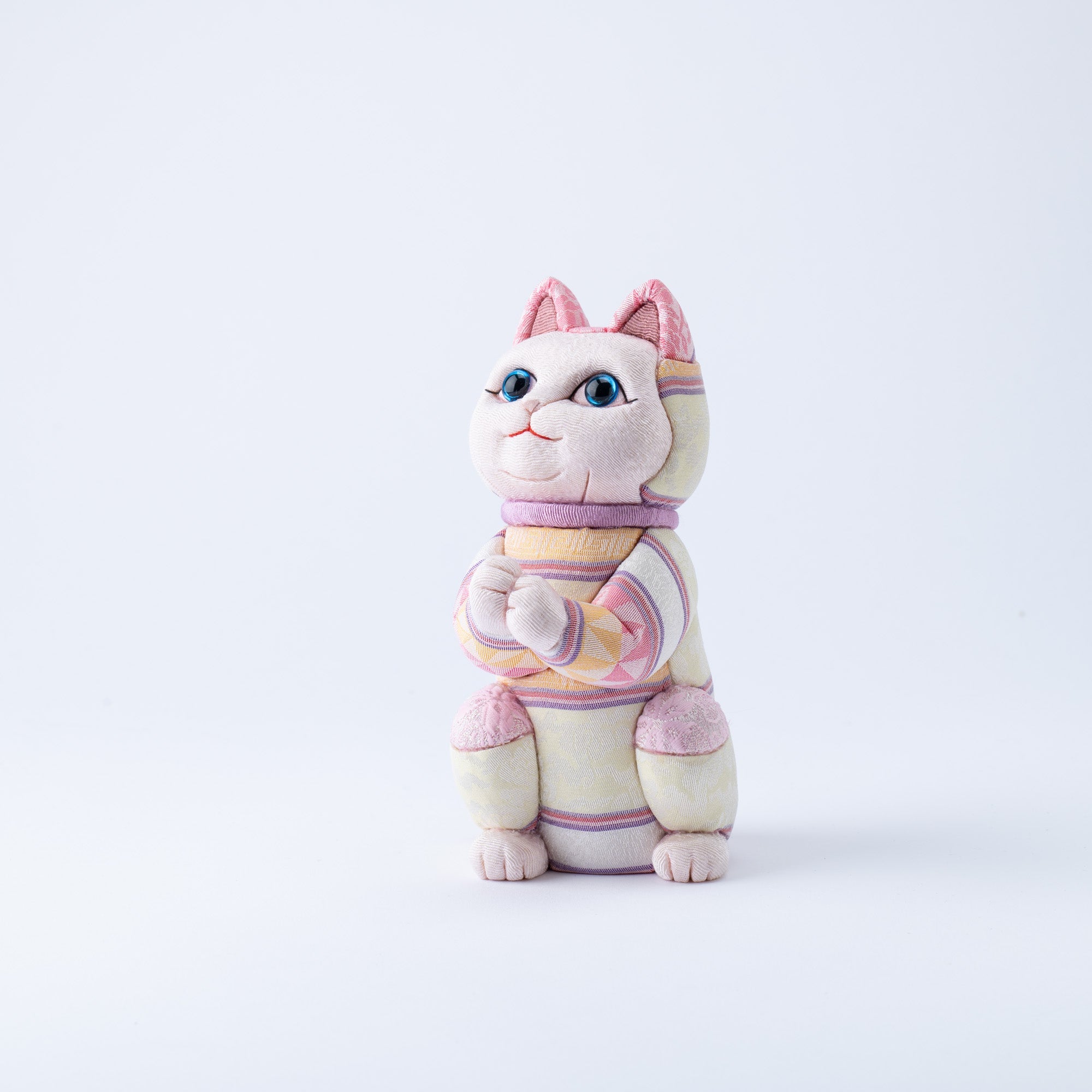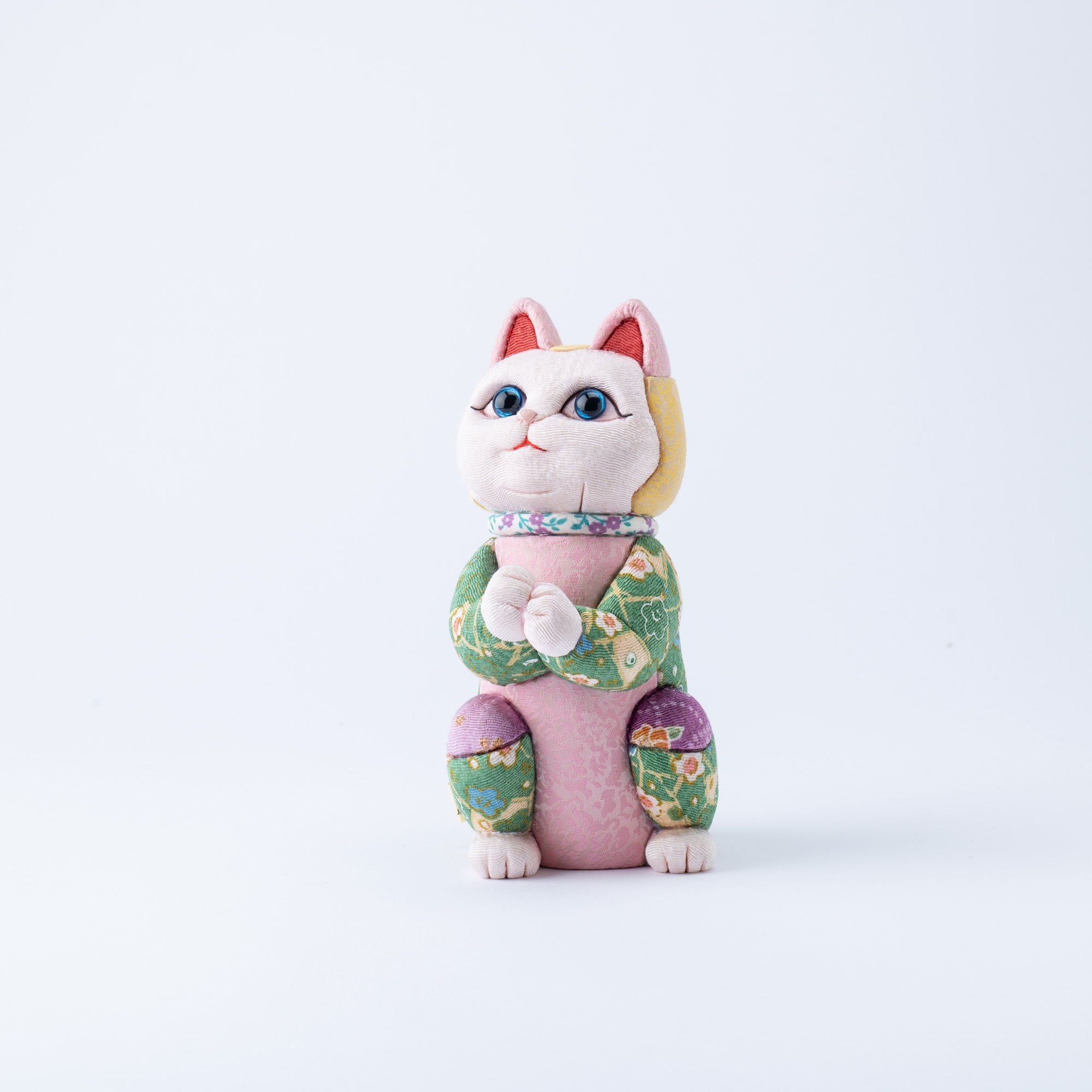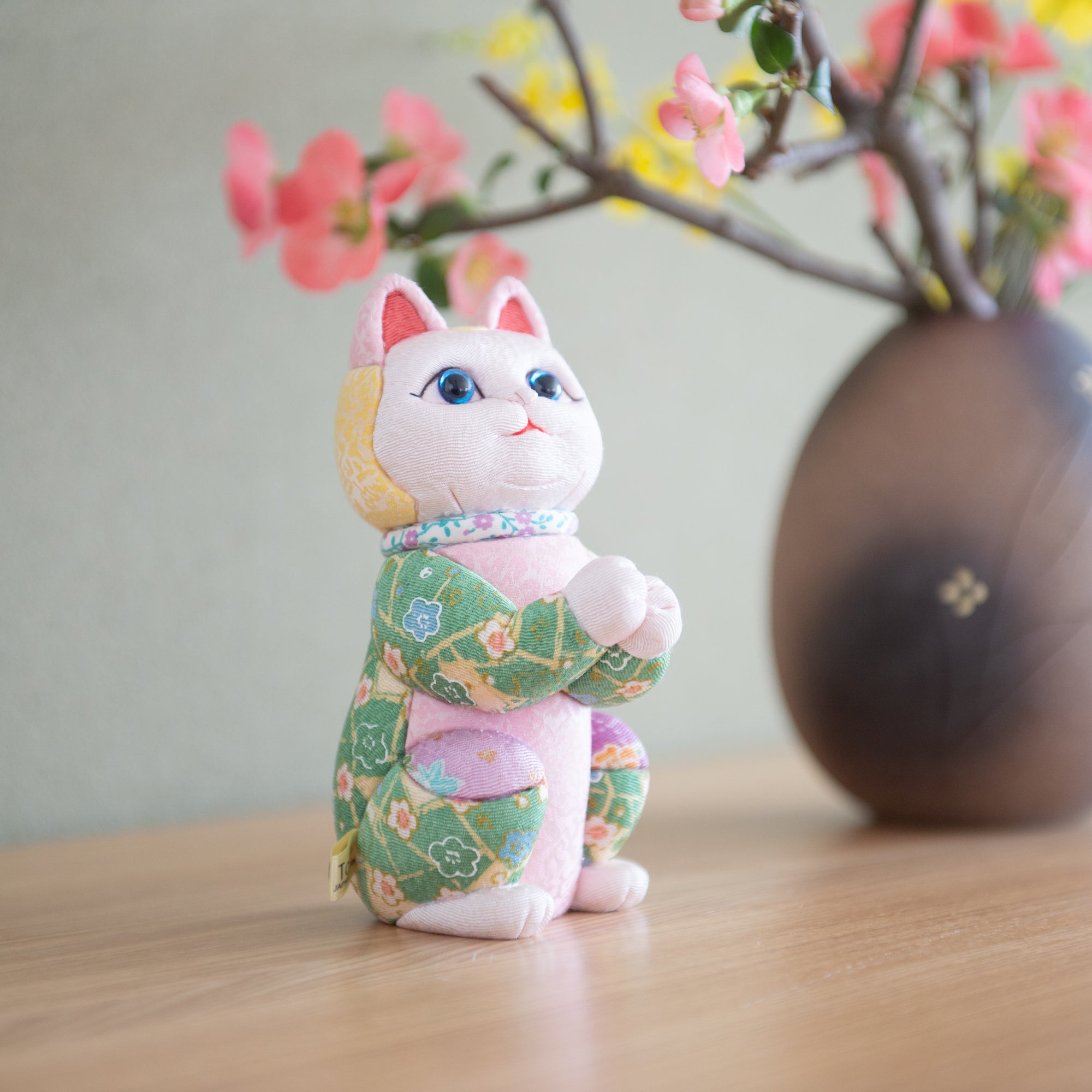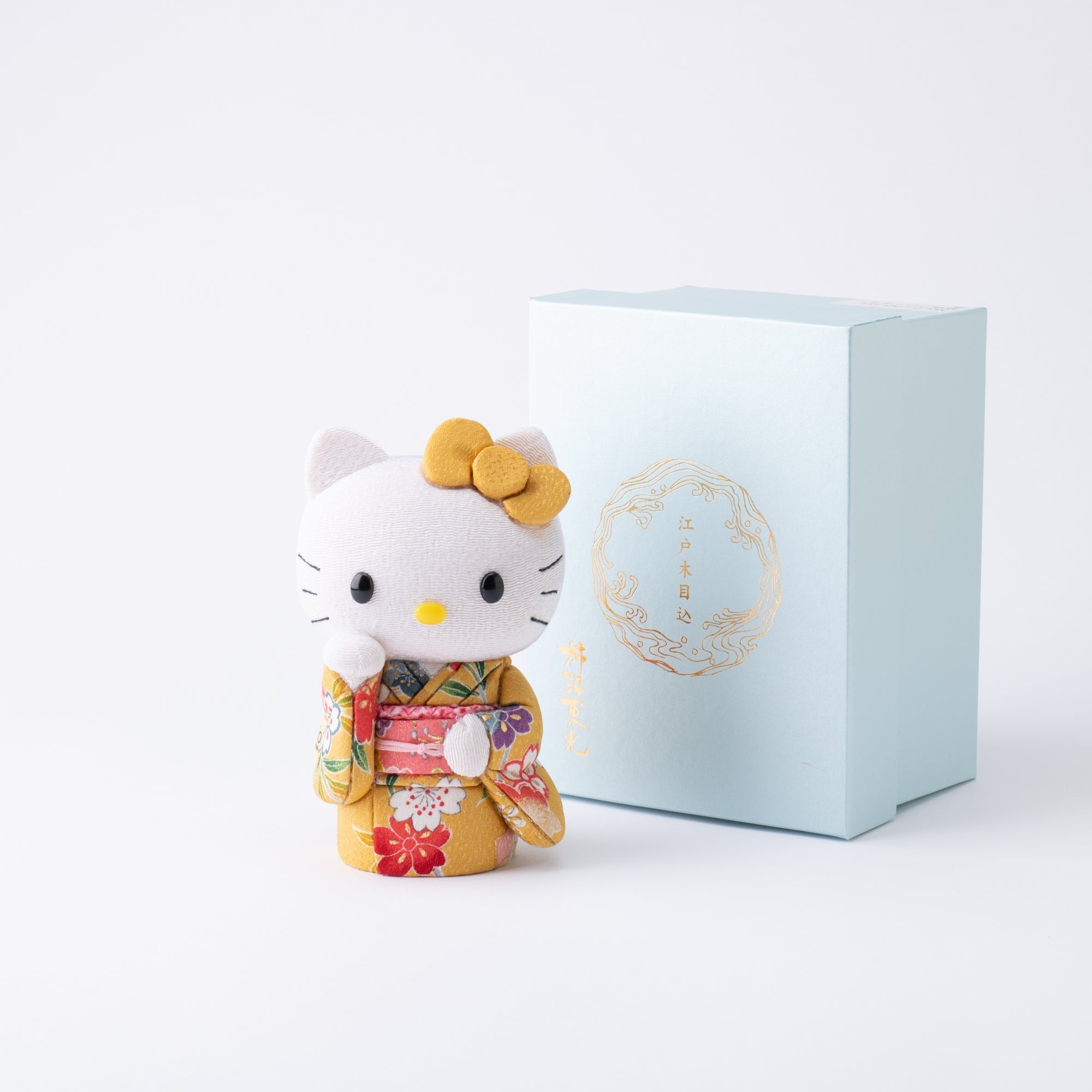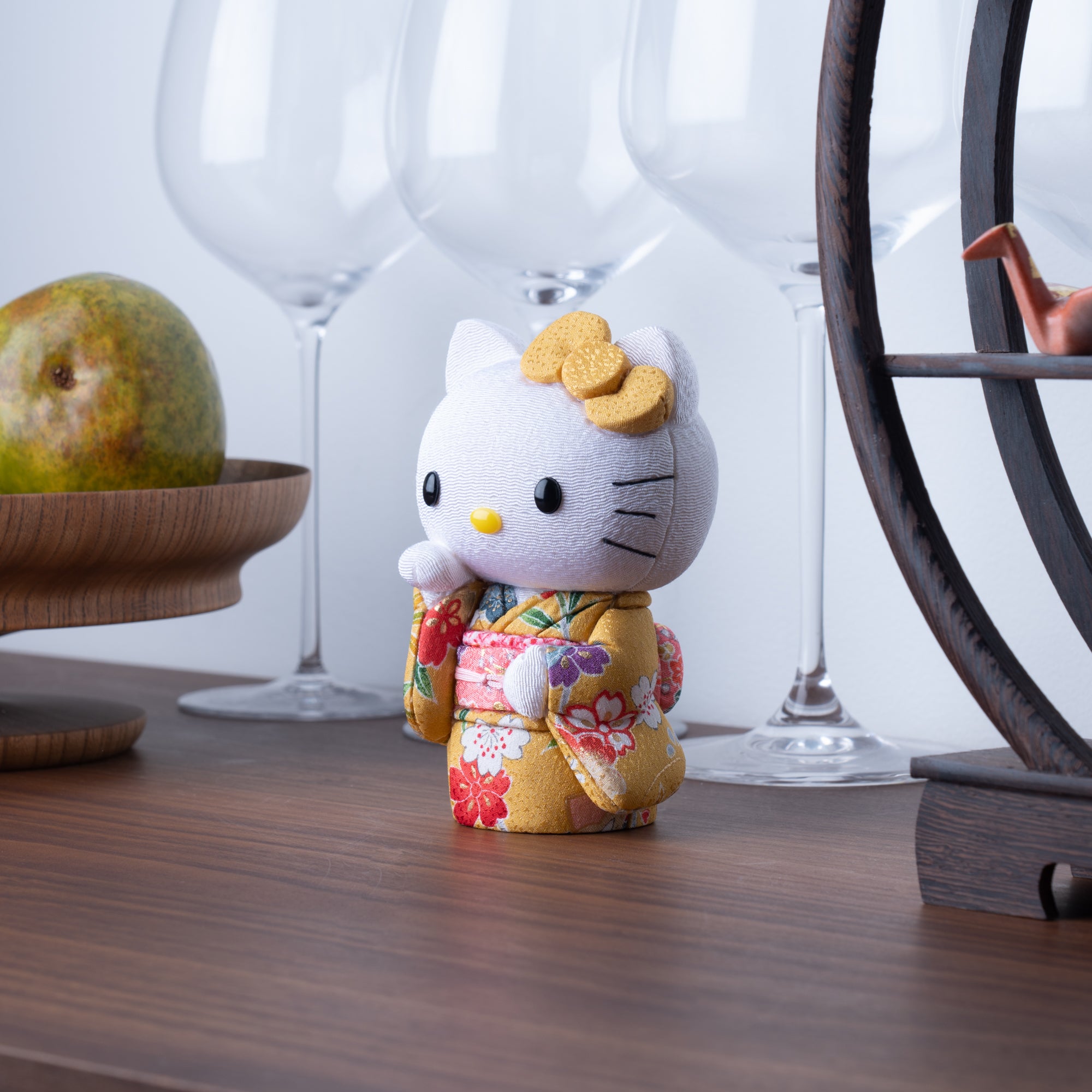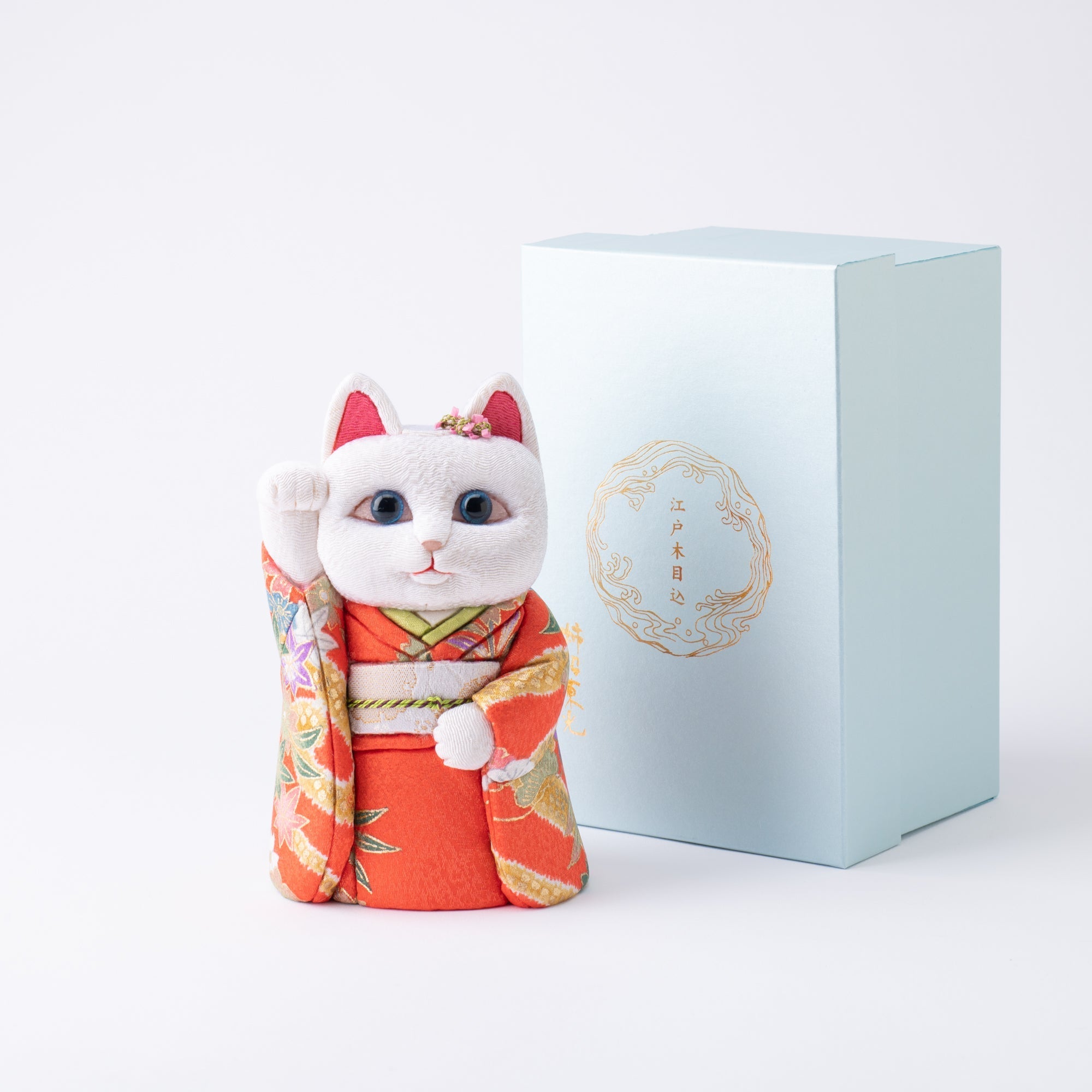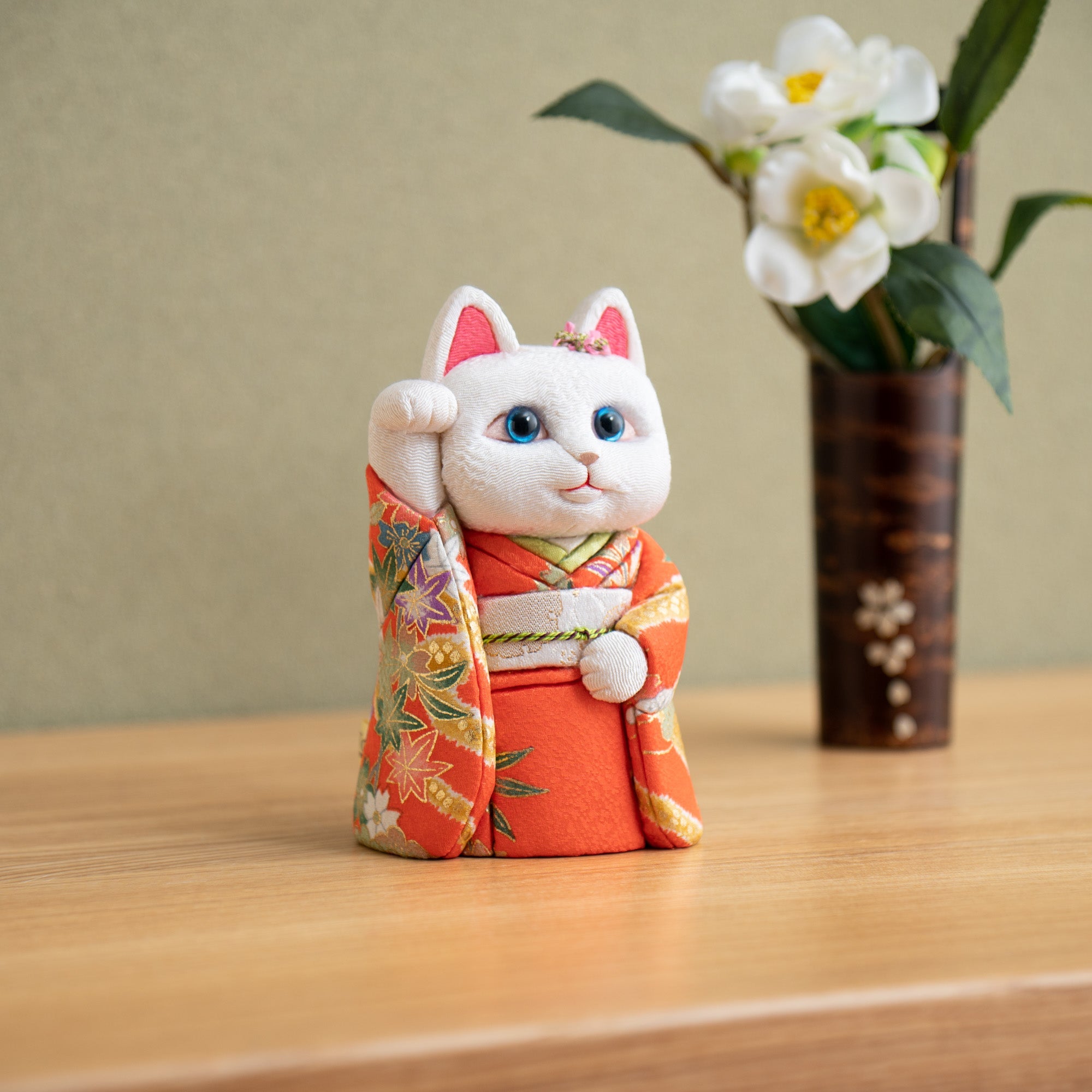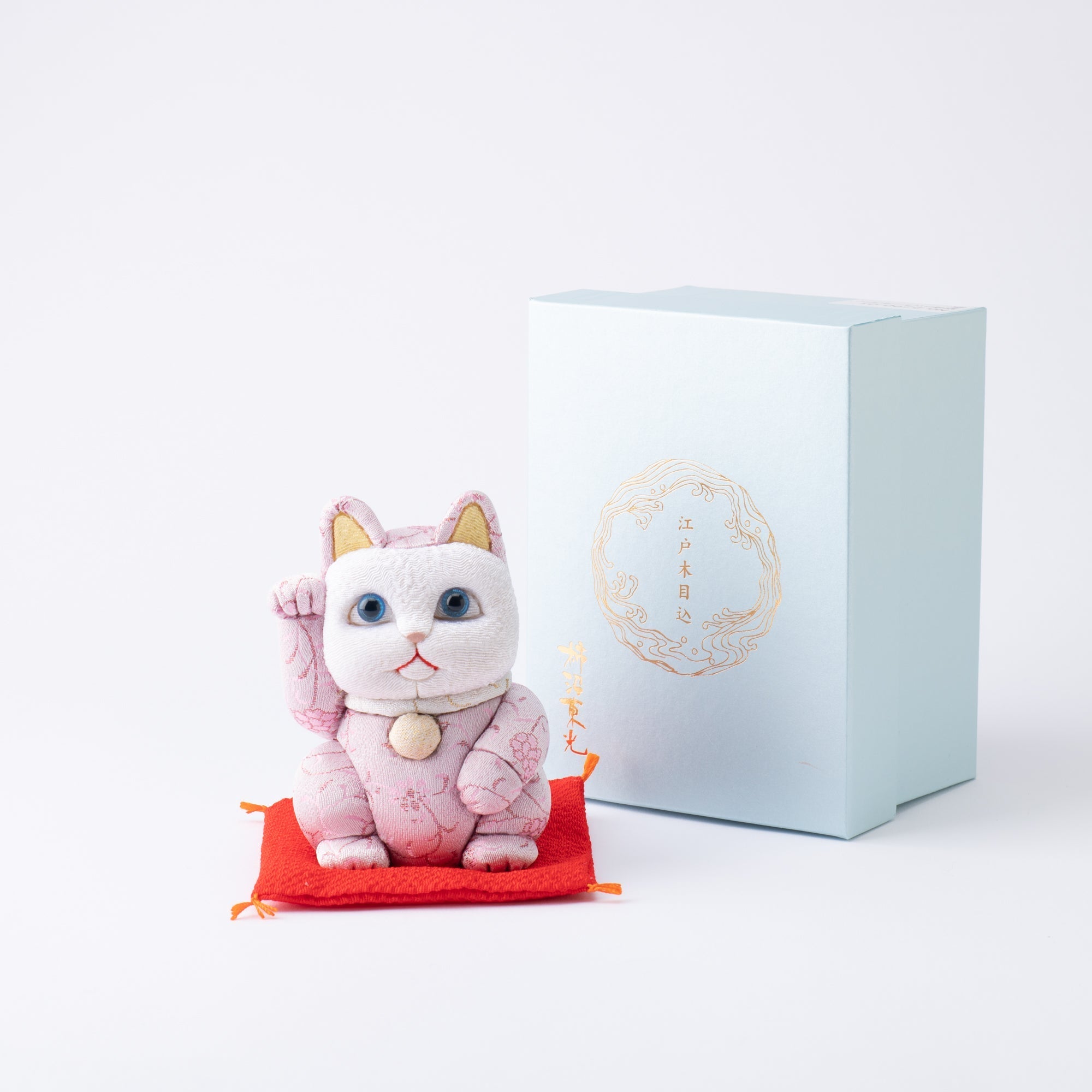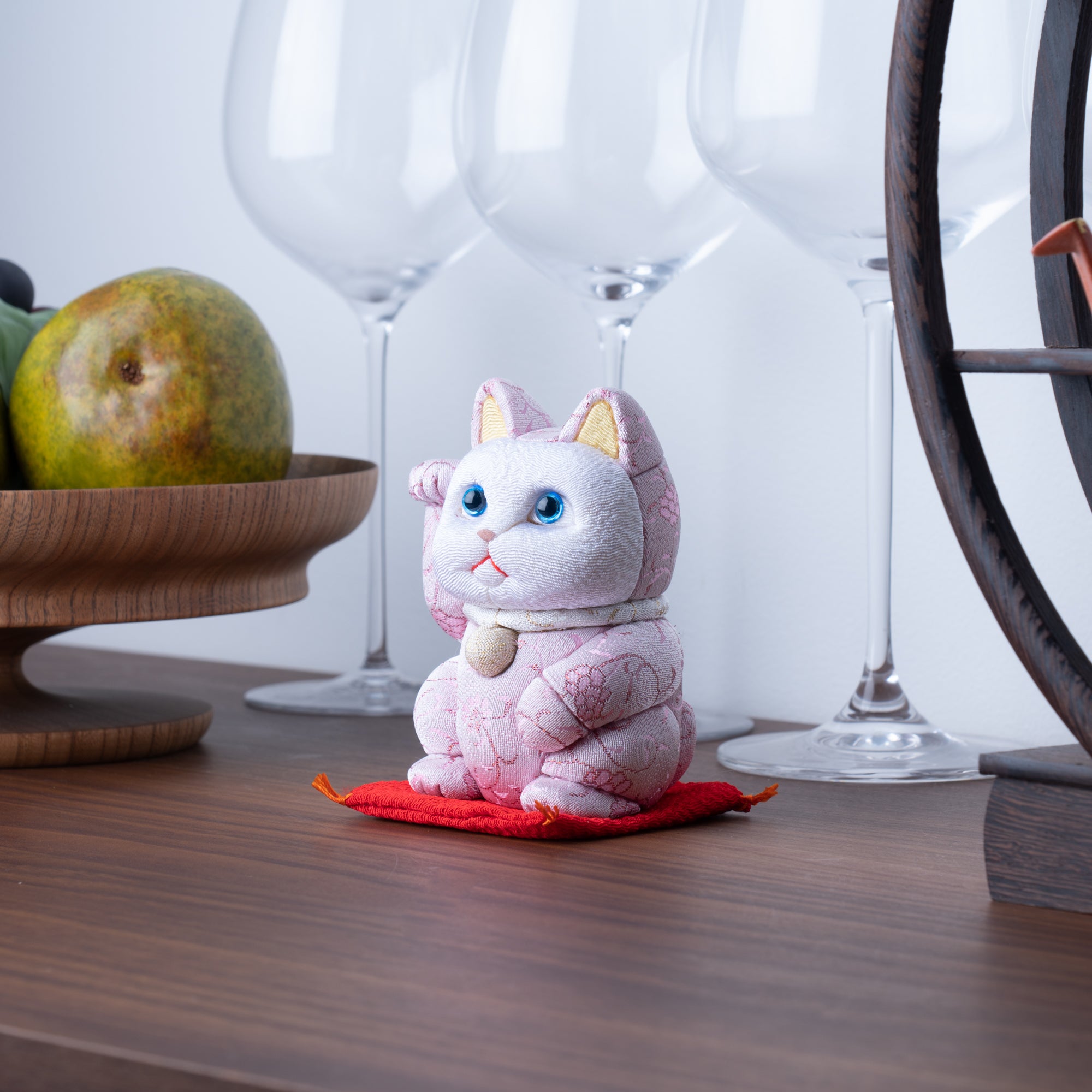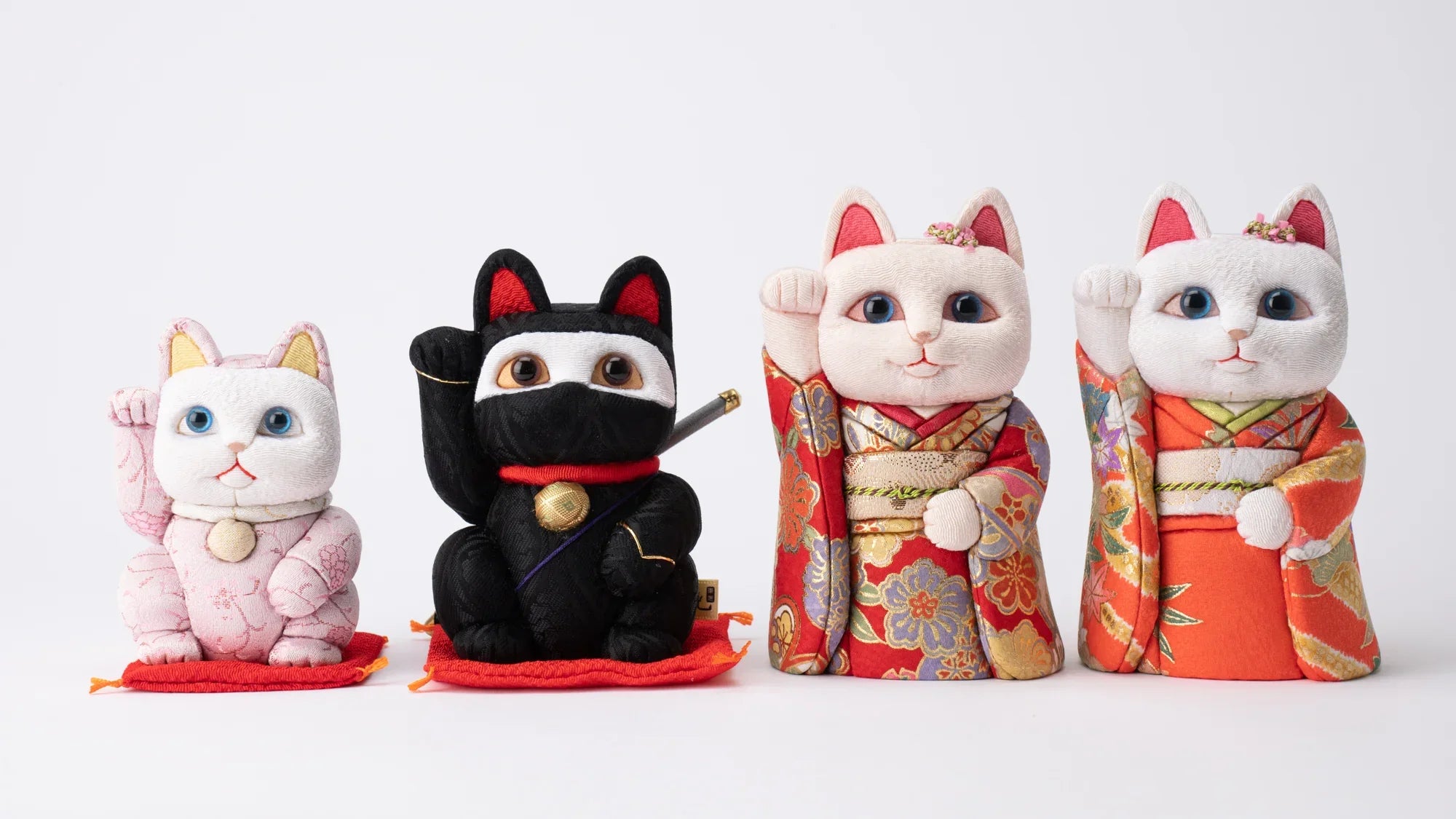
Authentic Japanese Dolls
Edo Kimekomi Dolls
Edo Kimekomi dolls are small wooden dolls made of paulownia wood and dressed in traditional Japanese silk textiles.
Originating in Kyoto, Kimekomi dolls were introduced to Edo (present-day Tokyo), where they developed in their own unique style. These extremely finely crafted figures are beloved as souvenirs rooted in Japanese traditions.
Kimekomi Dolls originated in Kyoto in the 18th century and are made by engraving gutters in the wood of the doll's body and fitting the fabric that will serve as the doll's costume to the gutters. The traditional costumes of Kimekomi Dolls are reproductions of imperial court dress from the 8th to 12th centuries Japan and have attracted doll collectors from around the world as a miniature version of the kimono.
Originally created as charms for children, Kimekomi Dolls are beautifully dressed in silken kimono and make a unique addition to any home décor. While most traditional Kimekomi Dolls are humanoid in shape, more contemporary designs include more poppish figures, such as those based on the popular Japanese character Hello Kitty.
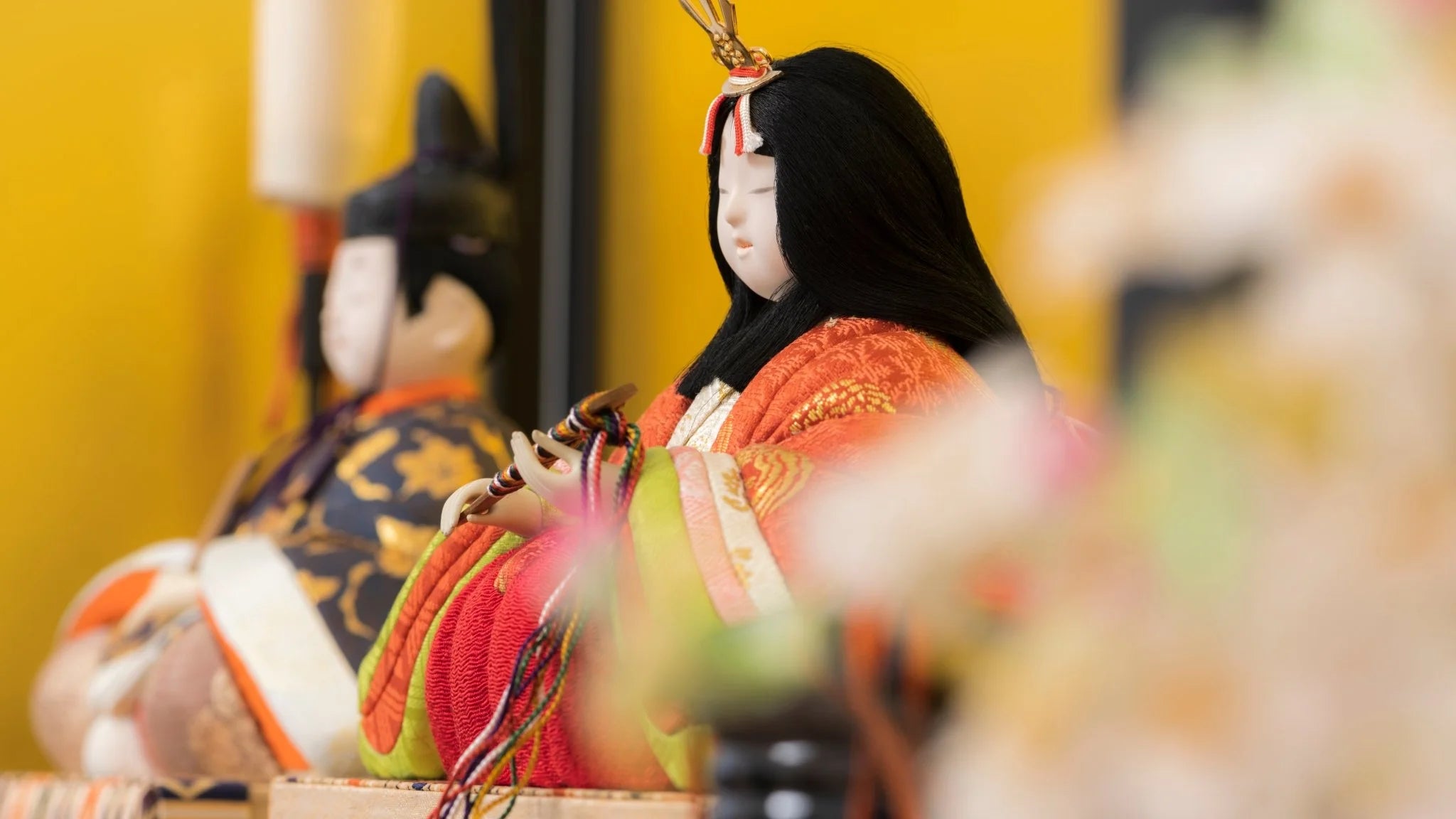
Kimekomi Dolls are made of paulownia wood, one of the most prestigious woods in Japan, for the body and dolomite, a fine, white, unglazed bisqued ceramic, for the head. And the costume is made of traditional Japanese silk weaving with luxurious Yuzen and gold brocade.
The doll's size is so pretty that it fits in the palm of your hand, while the high quality of the details stands out. As a figure, these dolls have a very high degree of perfection, and you can see the excellent quality of Japanese handicraft skills.
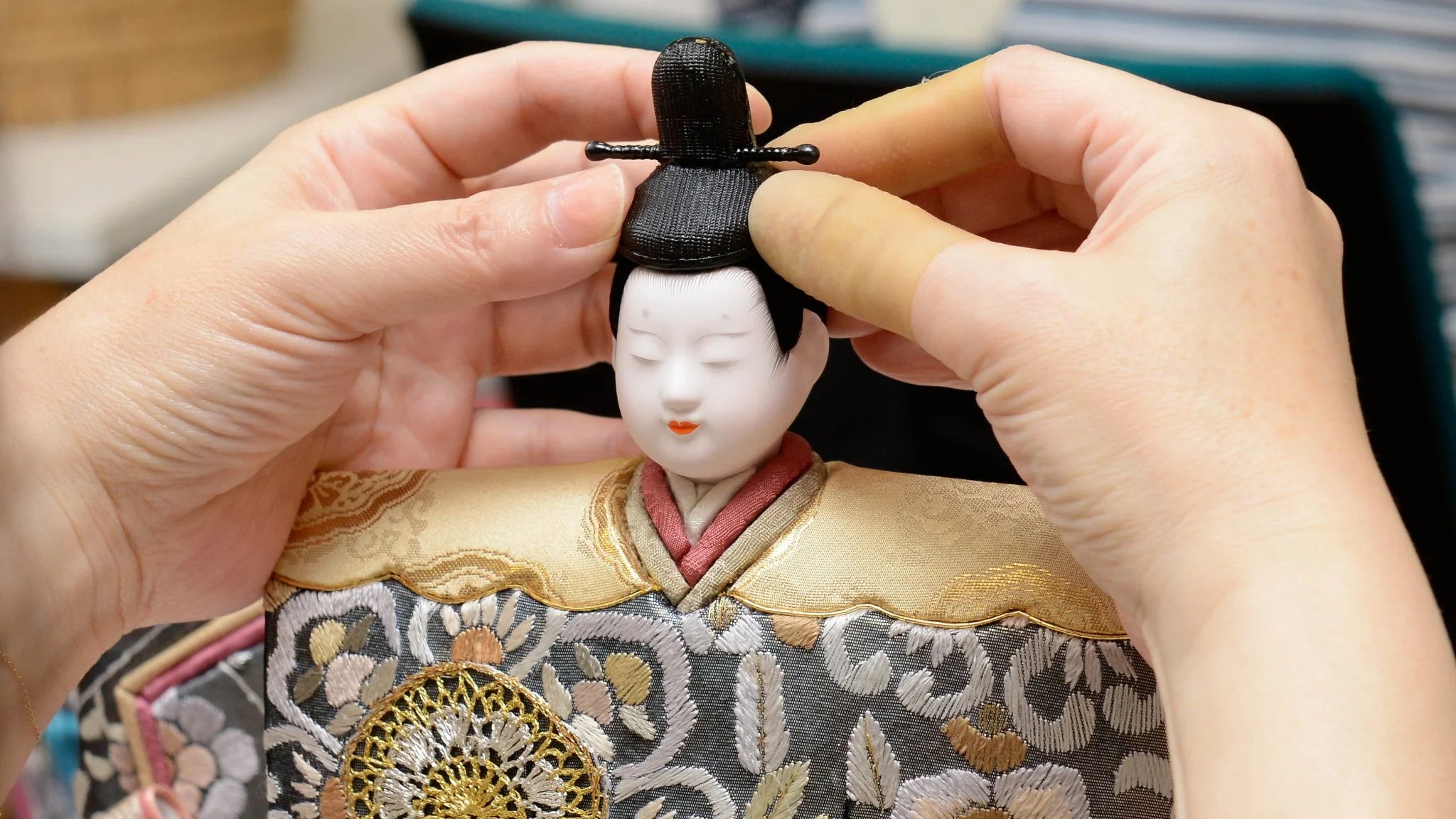
With a tradition of nearly 300 years, Kimekomi Dolls have a set of rules for their production methods and materials, which have been adhered to until the present day. These are some of the steps in the traditional process of making Kimekomi Dolls.
1. Modeling
Kimekomi Dolls are modeled using a technique called "Touso," which uses paulownia wood as the core and clay made from paulownia wood flour and glue. While drying, the dolls are carefully deburred and sanded to create a precise shape. In modern times, resin is sometimes used in place of Toso.
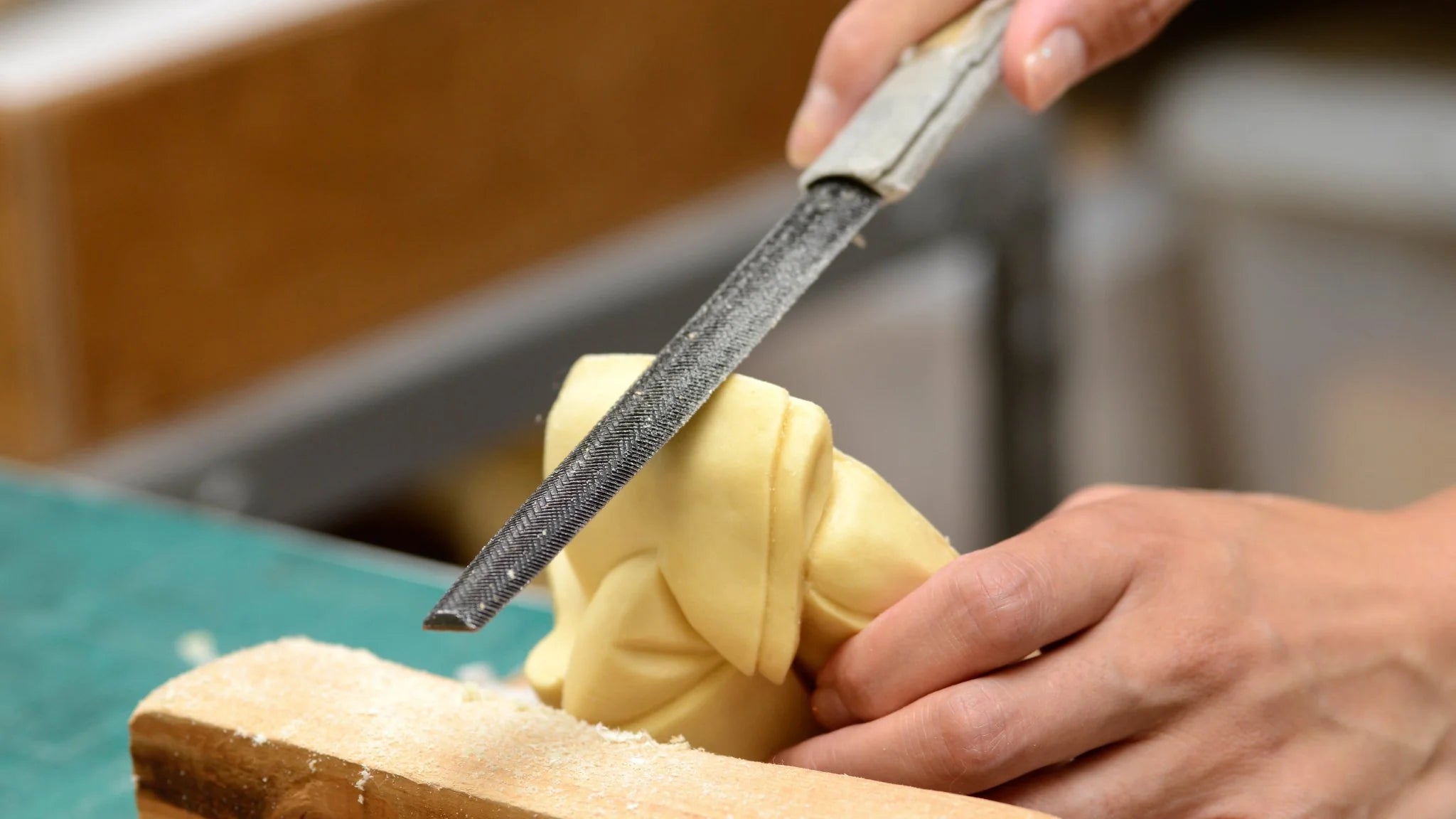
2. Coating with Shell White
Once the figure is completed, it is painted with a white pigment made from shell powder called “Gofun," which is also used in Japanese paintings. No corners are cut in the making of a perfect doll, even in areas hidden by the kimono. Note that if resin is used as material, this process is not the case.
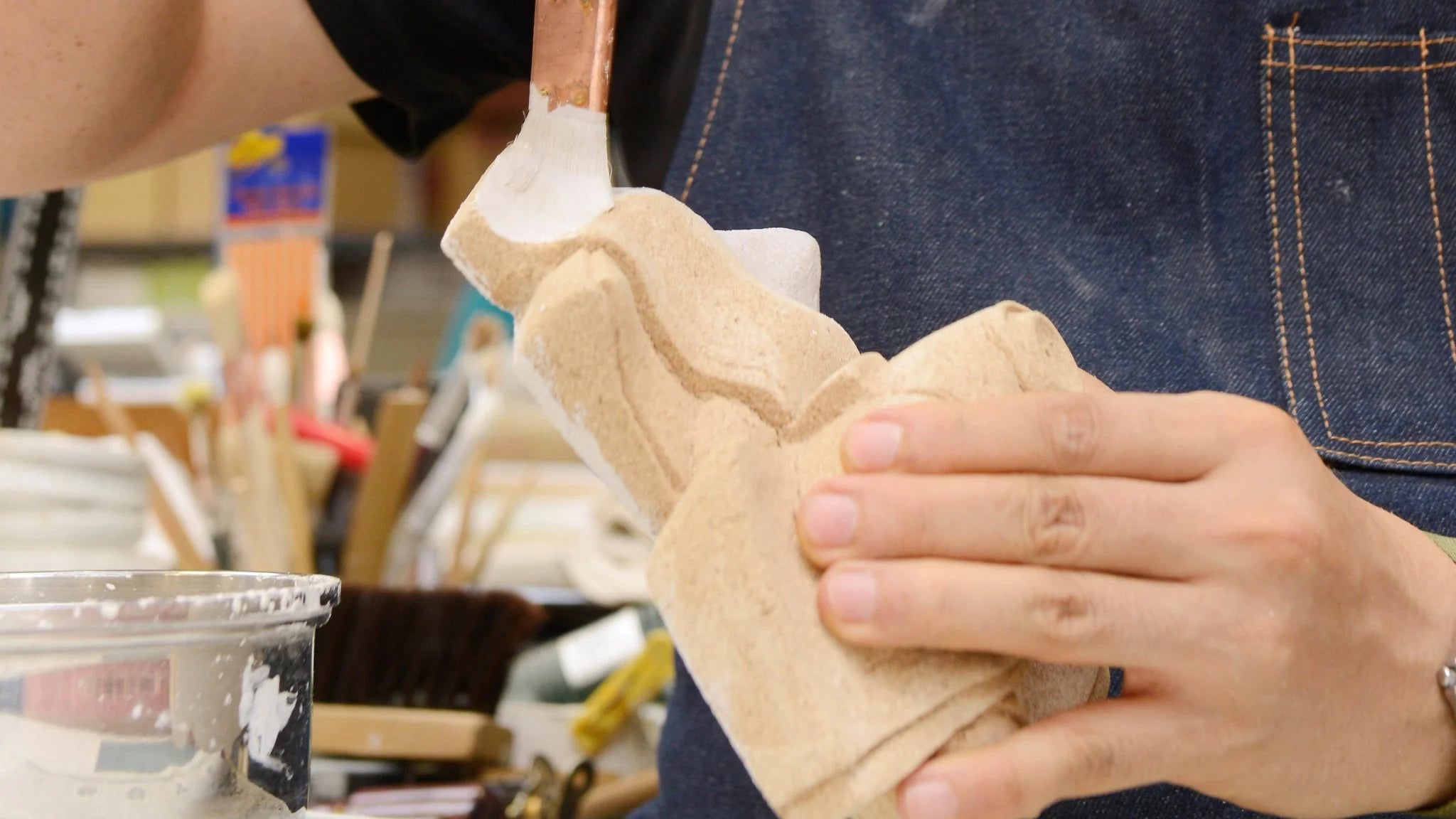
3. "Kimekomi"
A small kimono for the doll, made of beautiful silk, is fitted into the glued gutter of the body. This process is called "Kimekomi" and is the technique that gives Kimekomi Dolls its name.
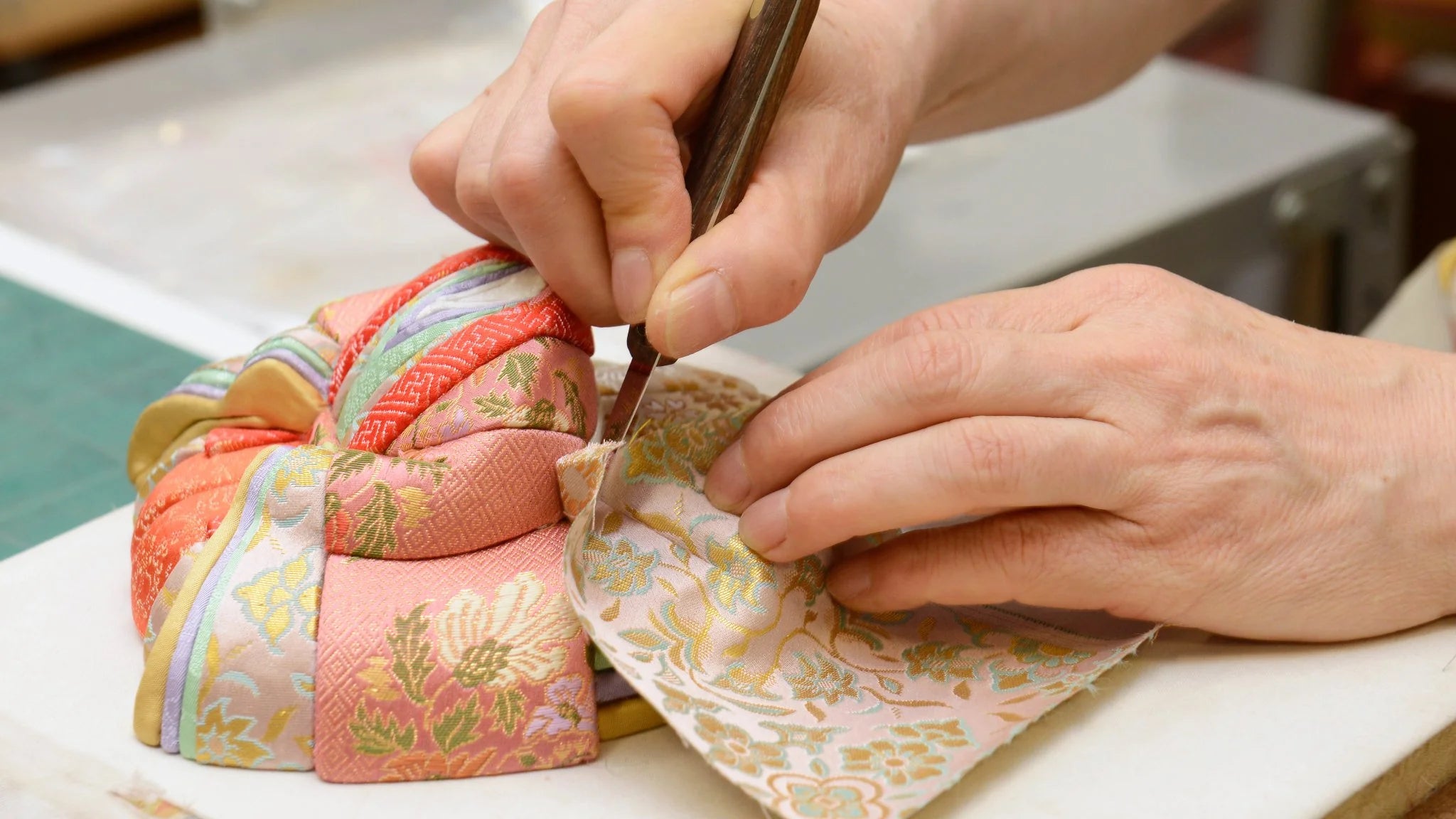
4. Attaching
The Kimekomi Doll is completed by attaching a smooth white head and hands made of bisqued dolomite to the body. The bisque parts are delicately painted, giving the doll a lively impression.
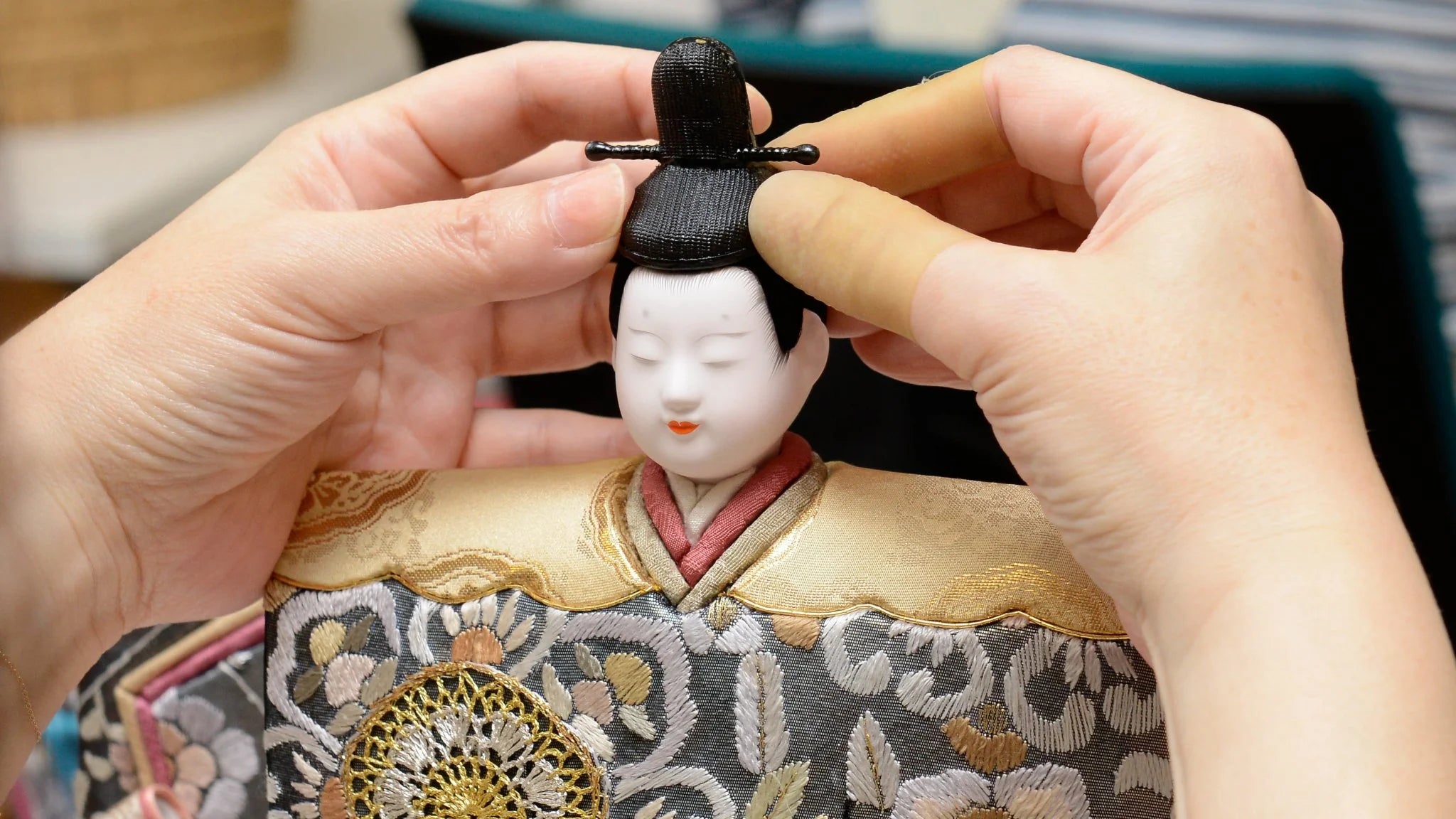
Makers
Related posts
Filters


